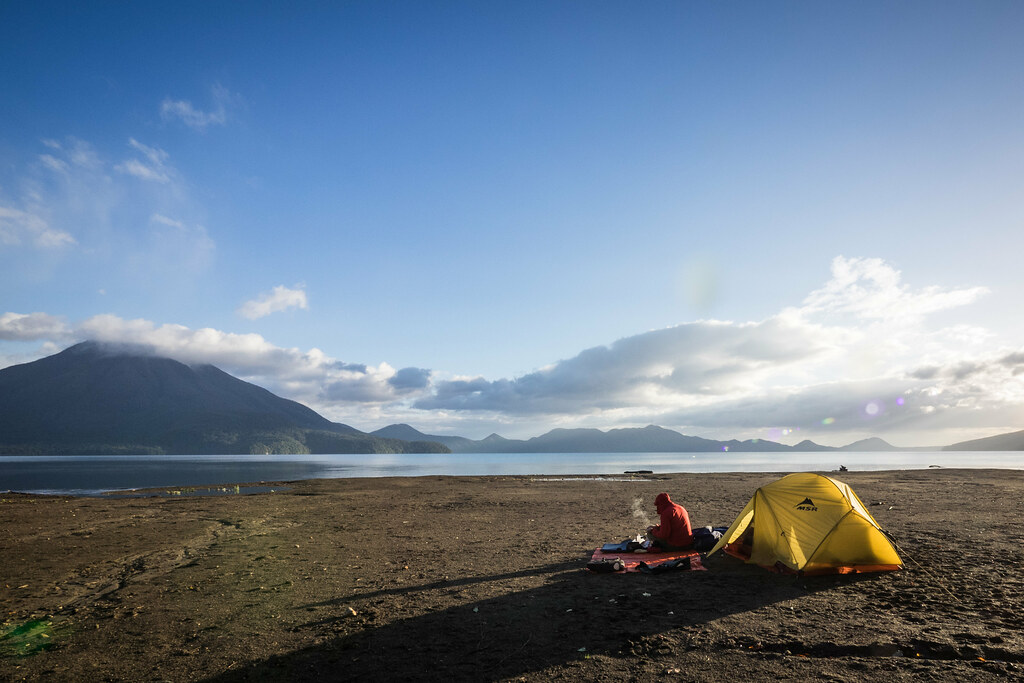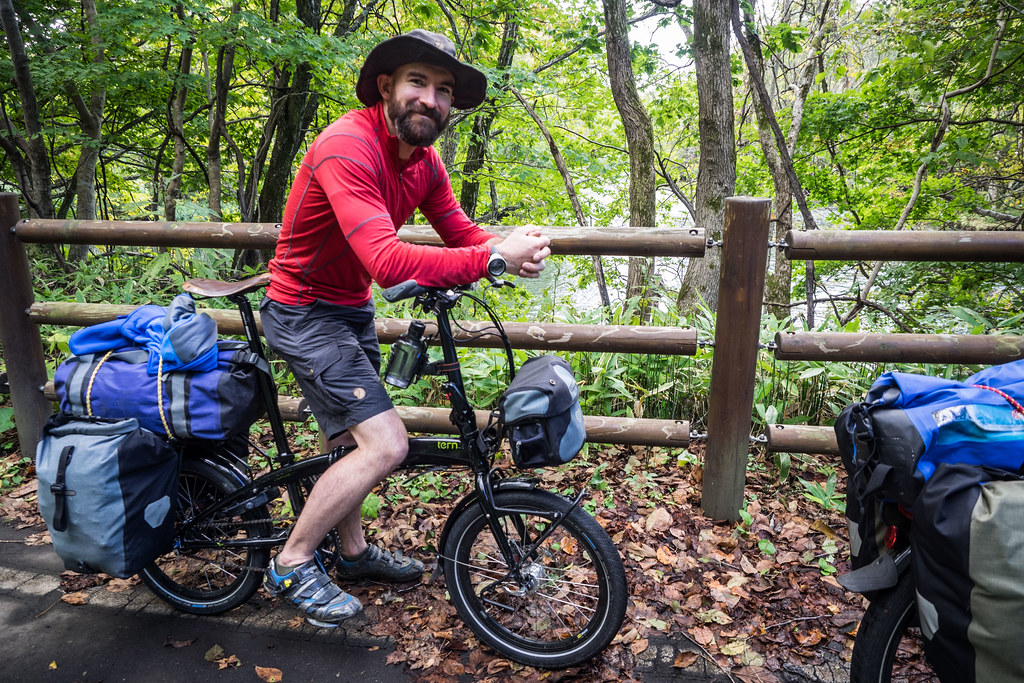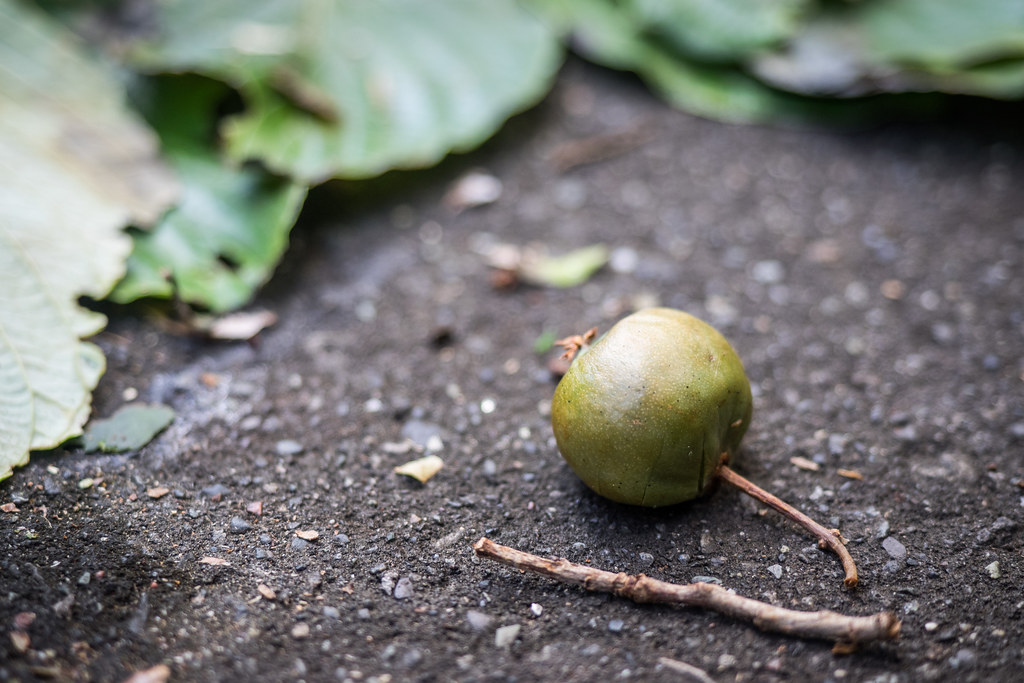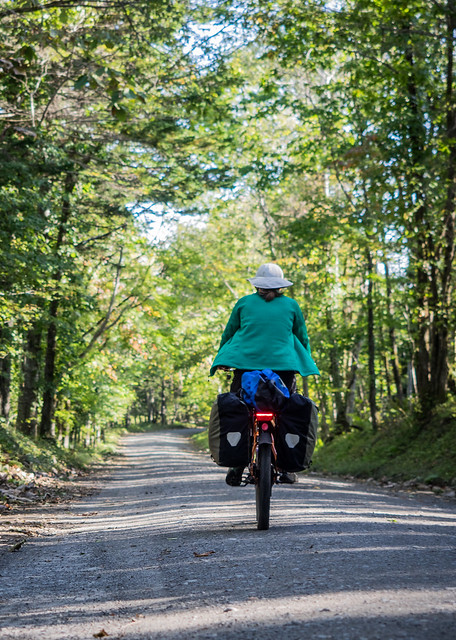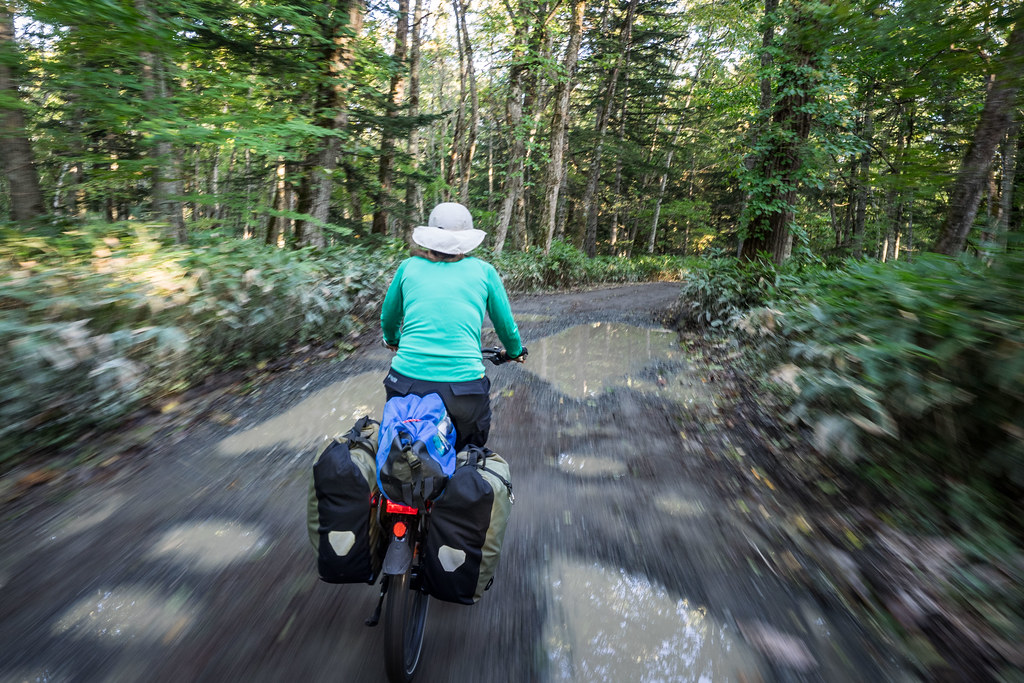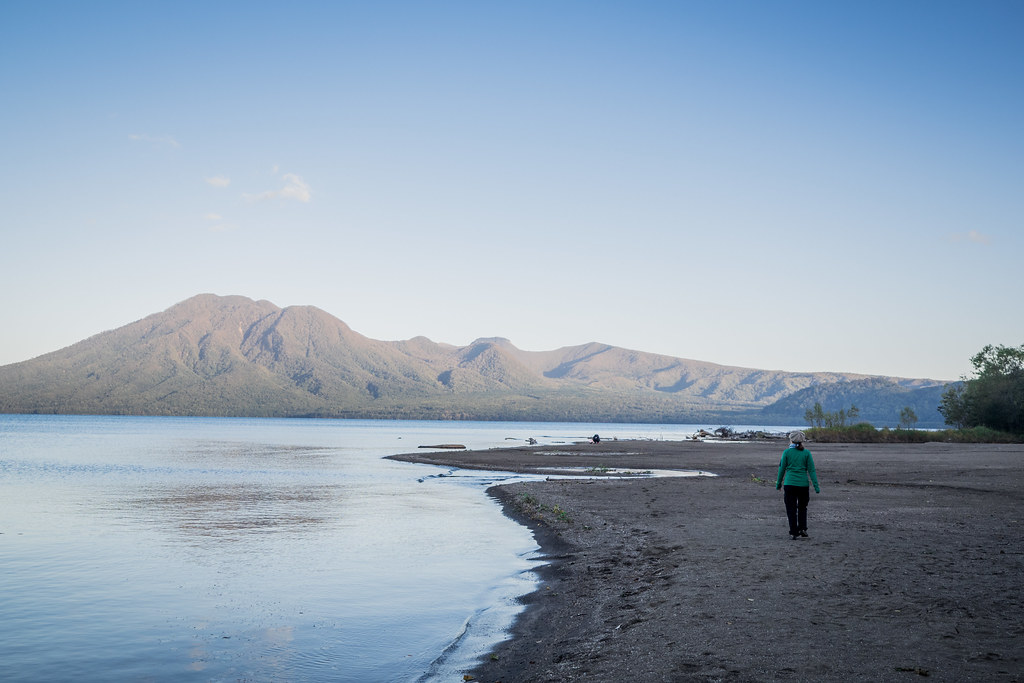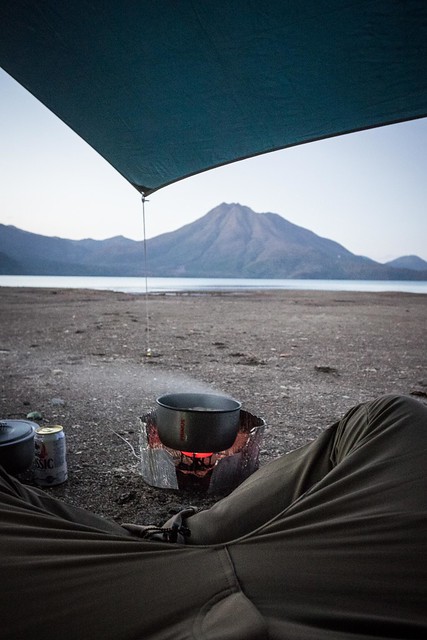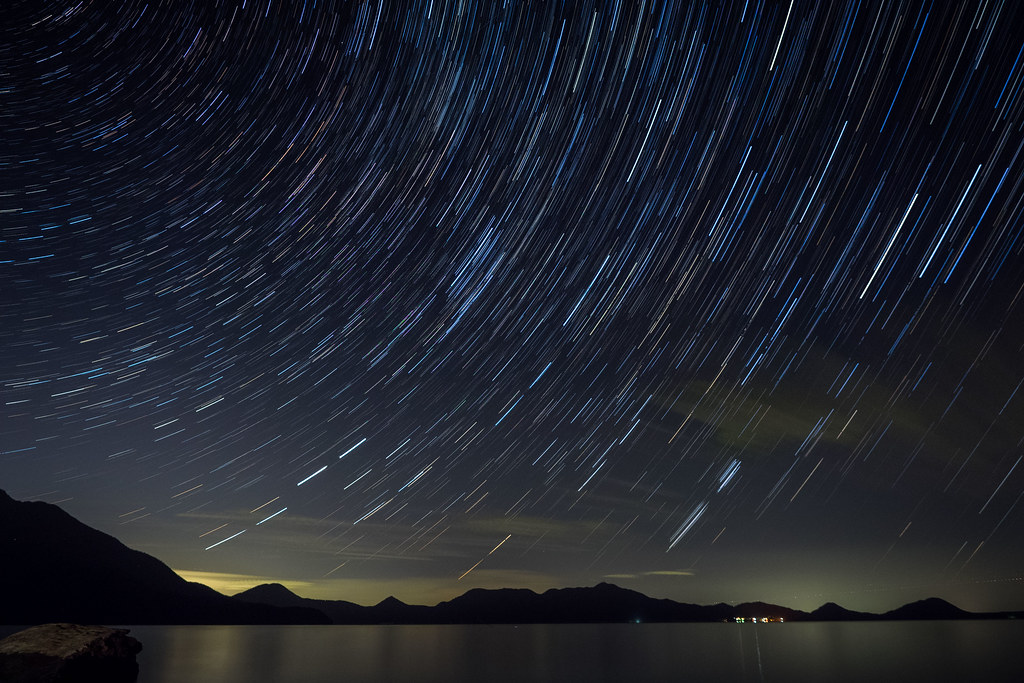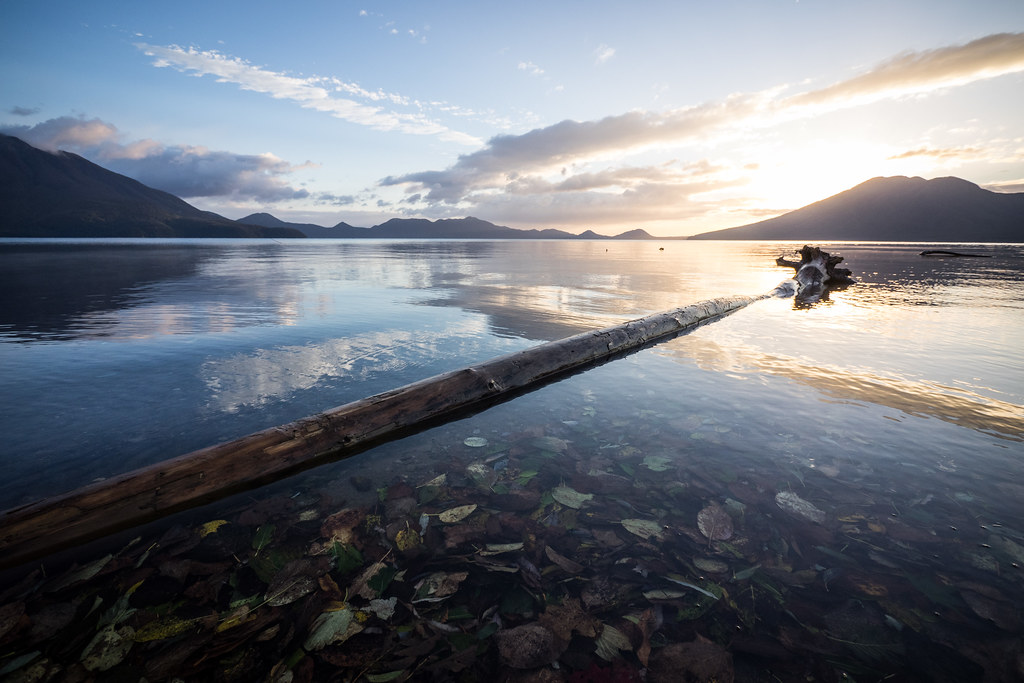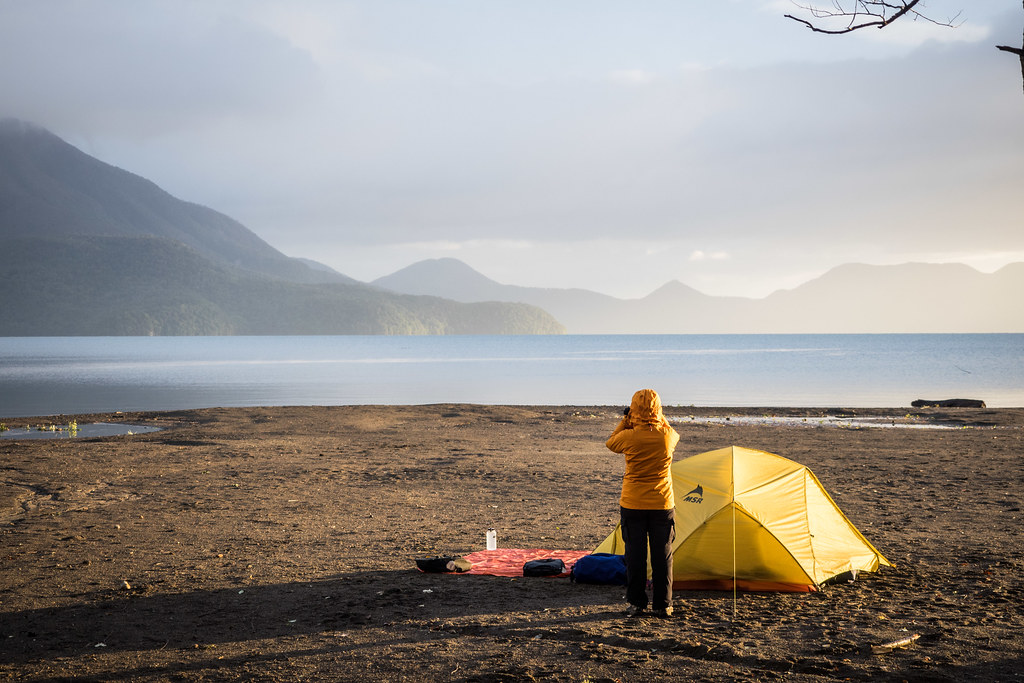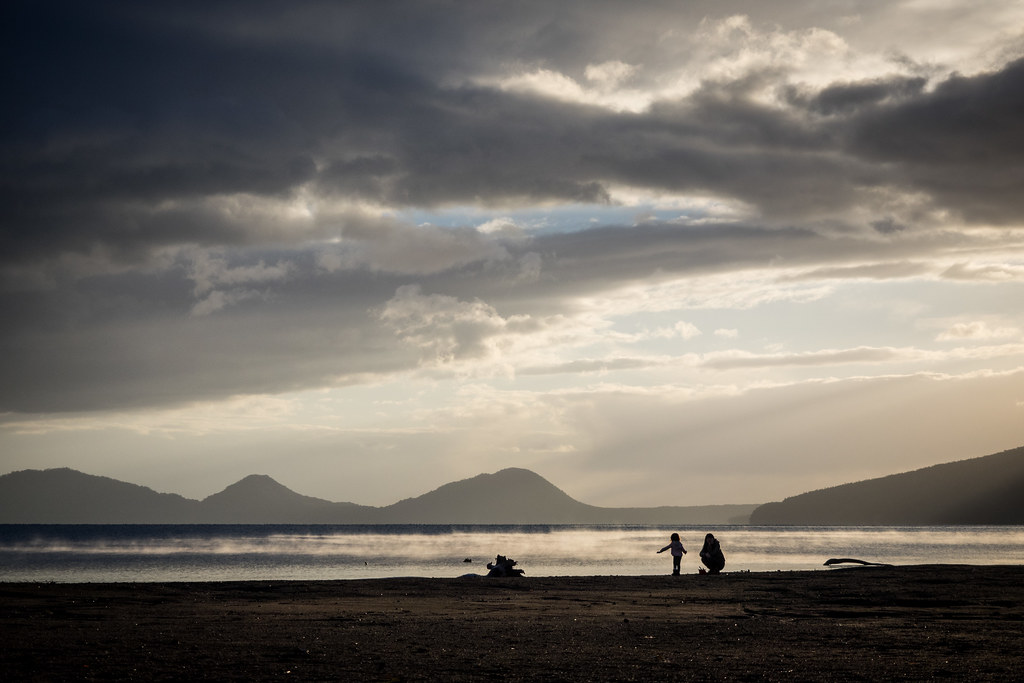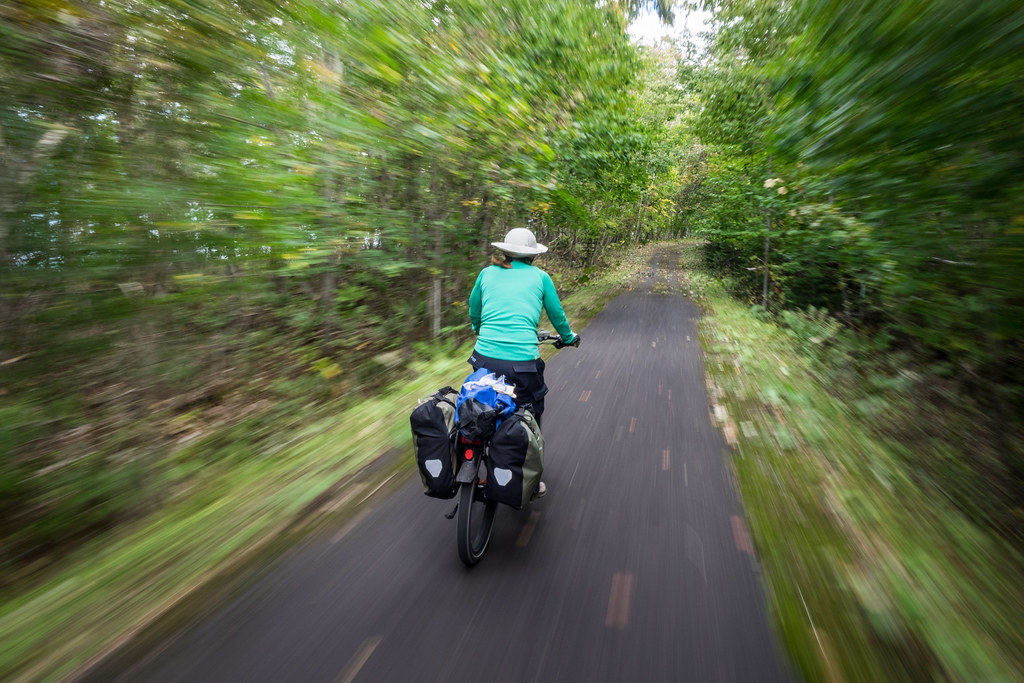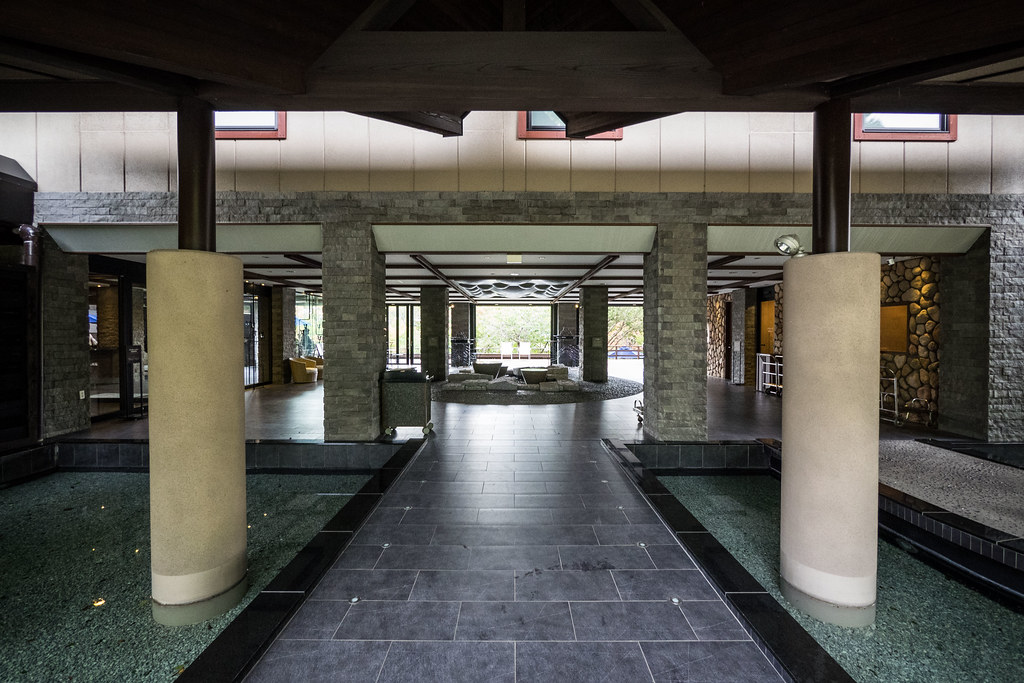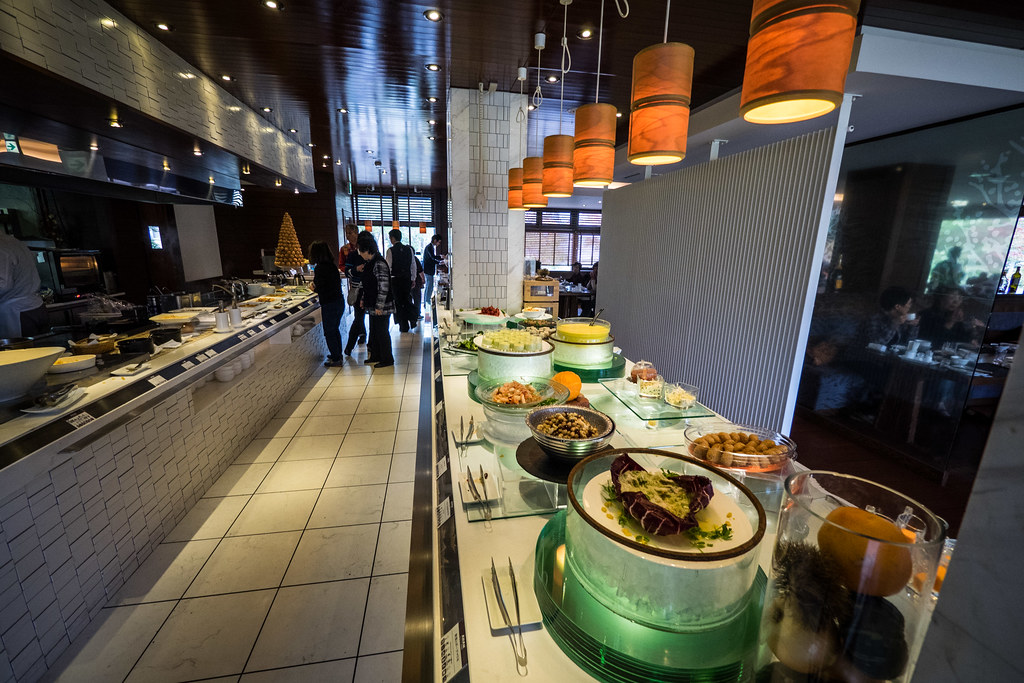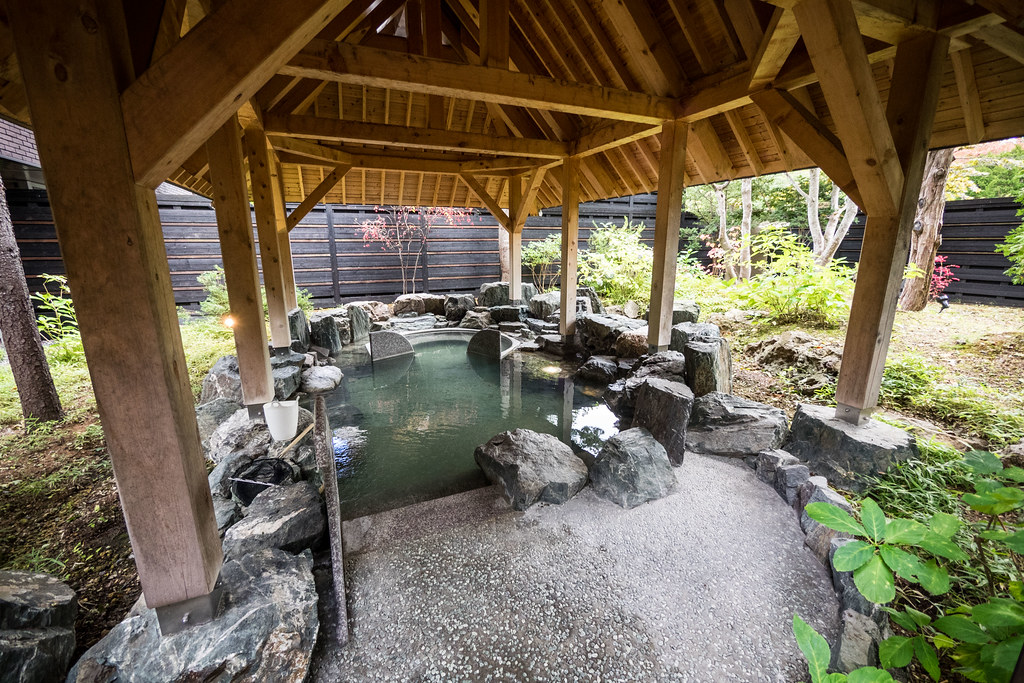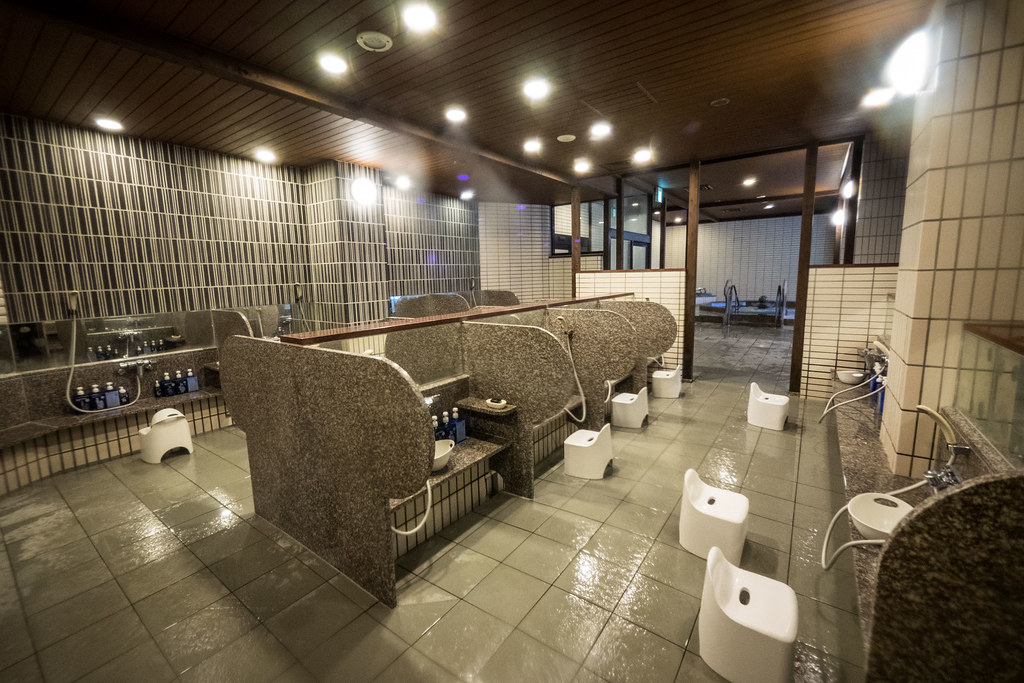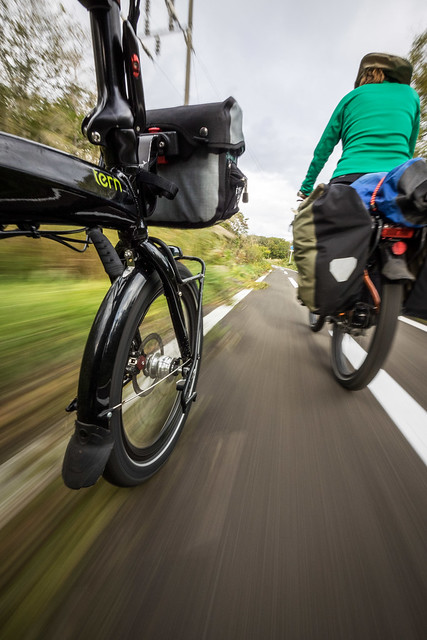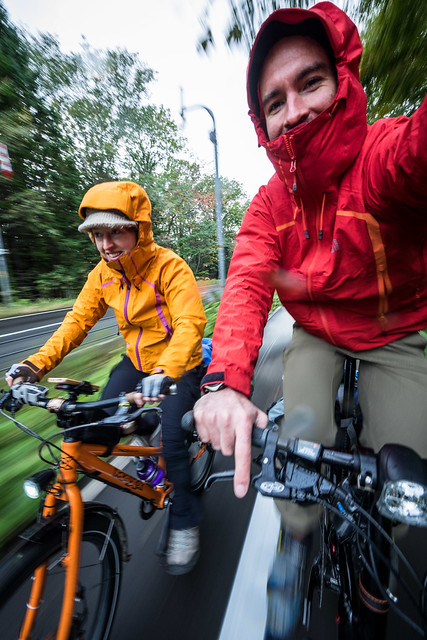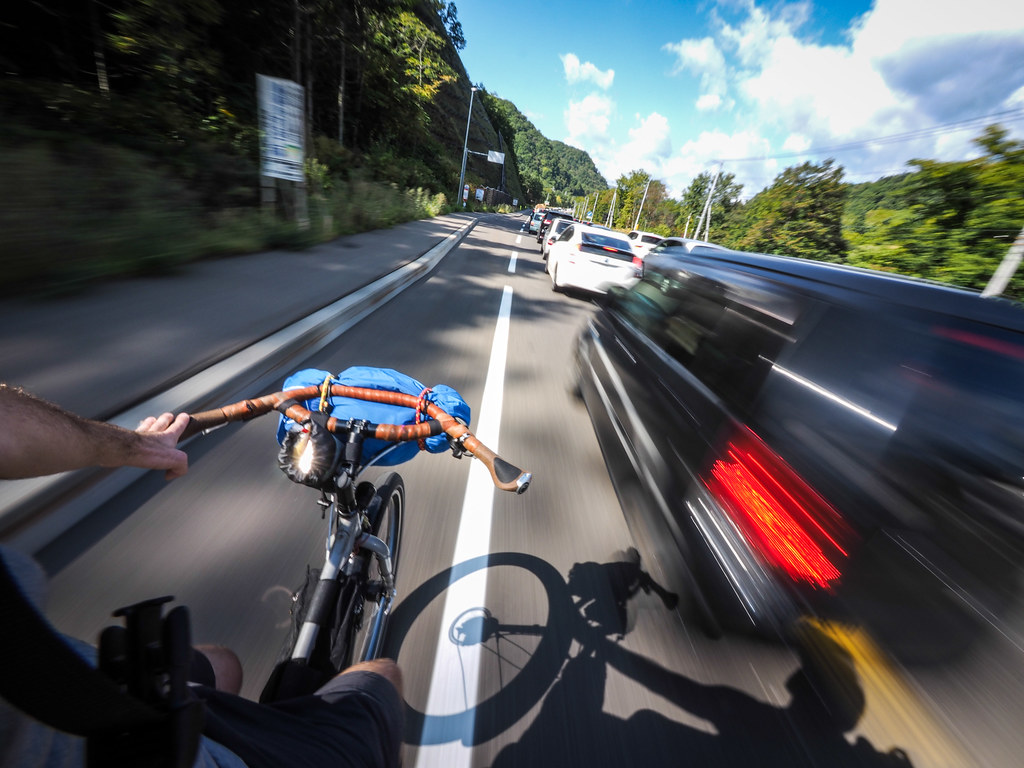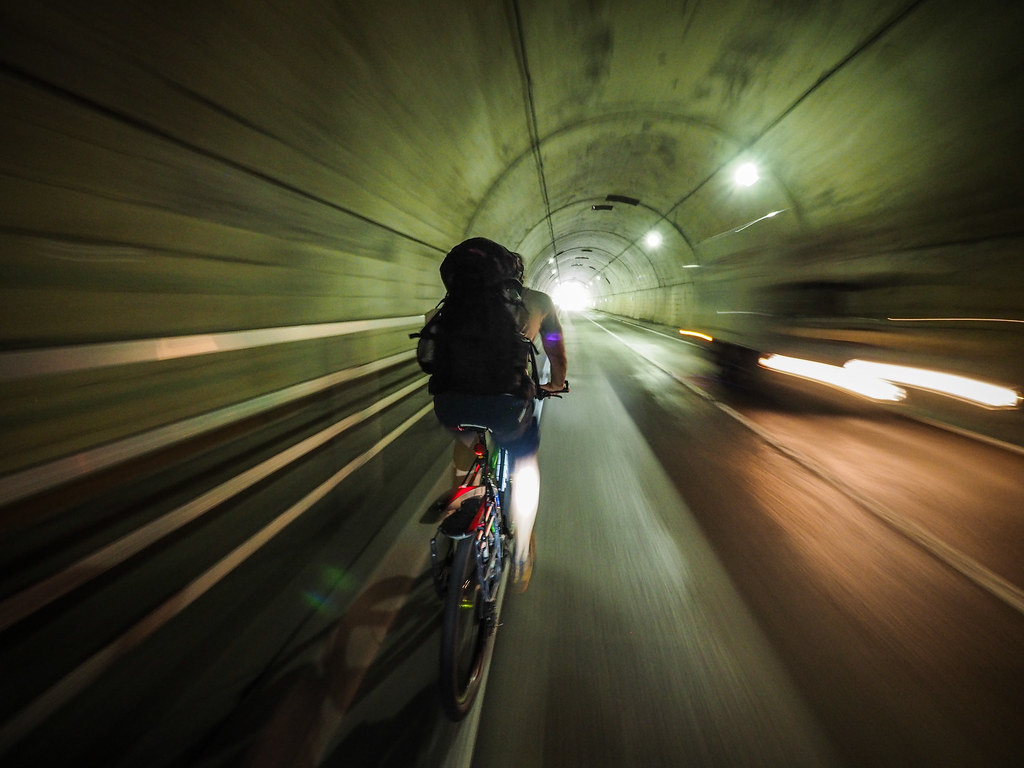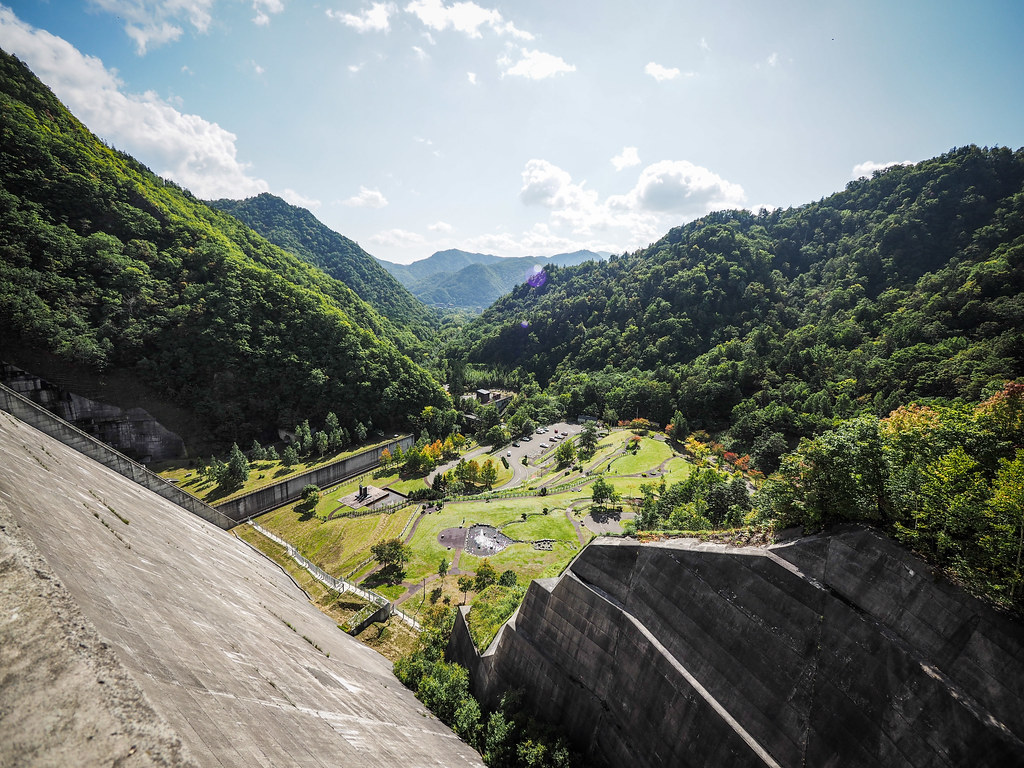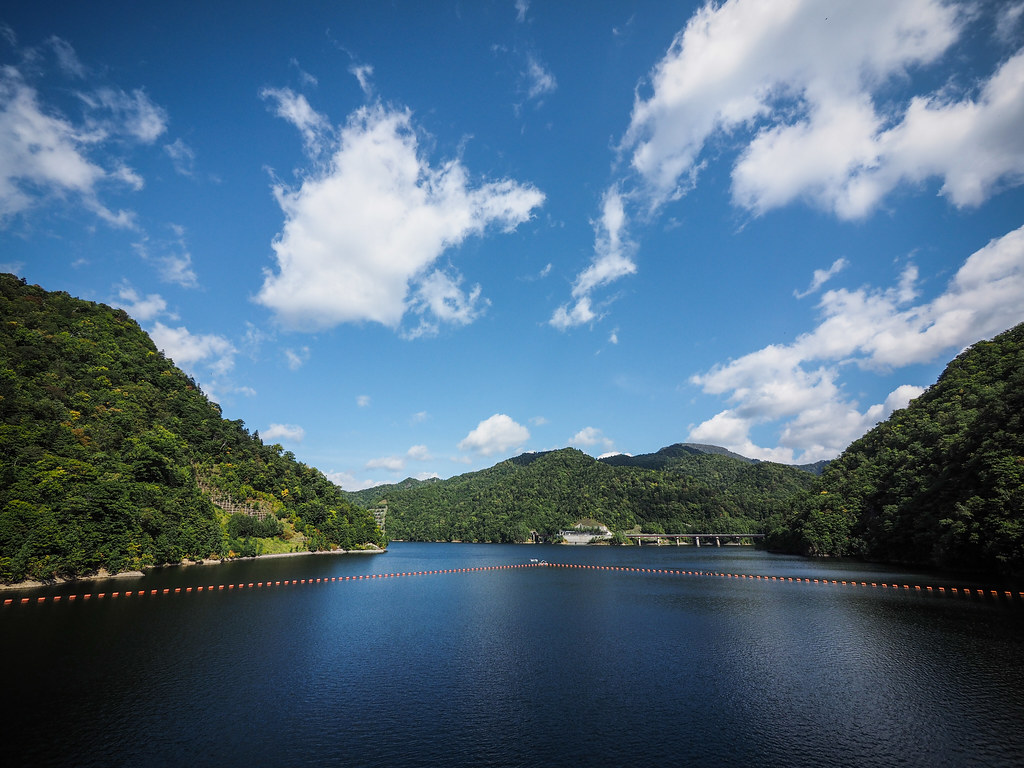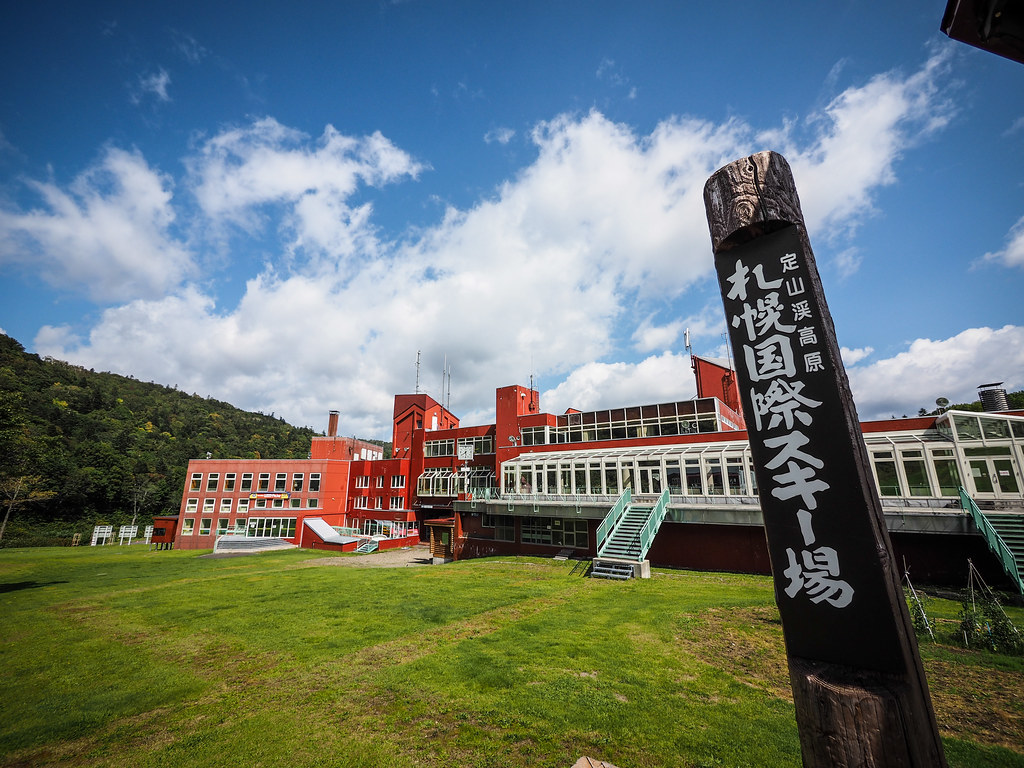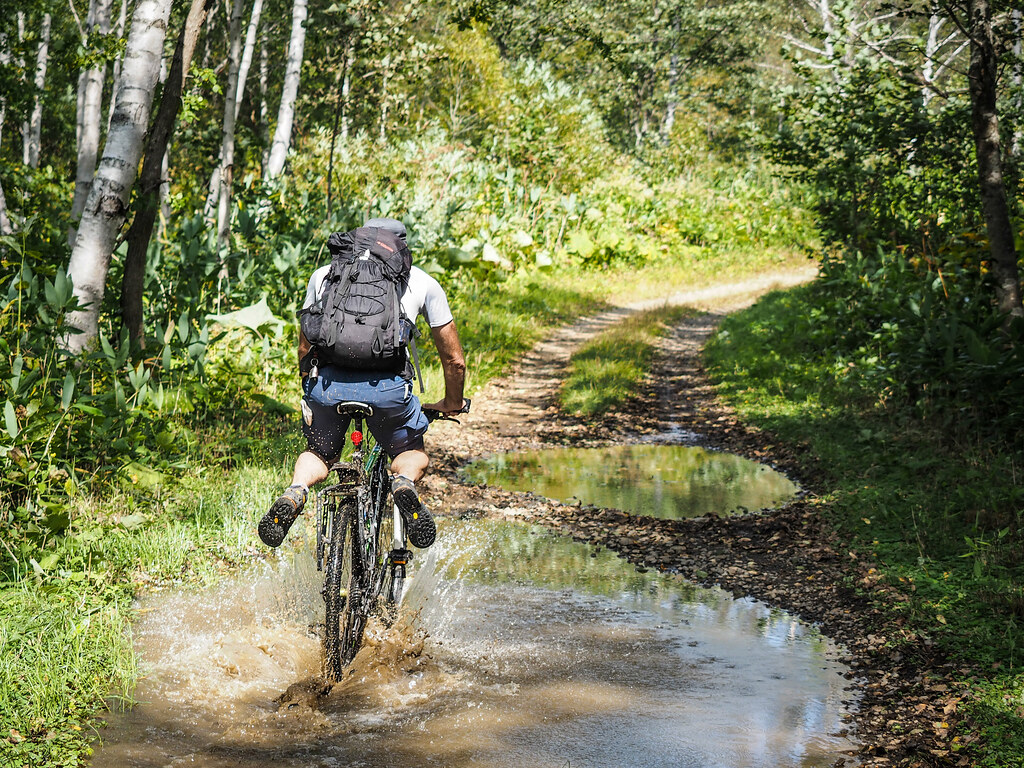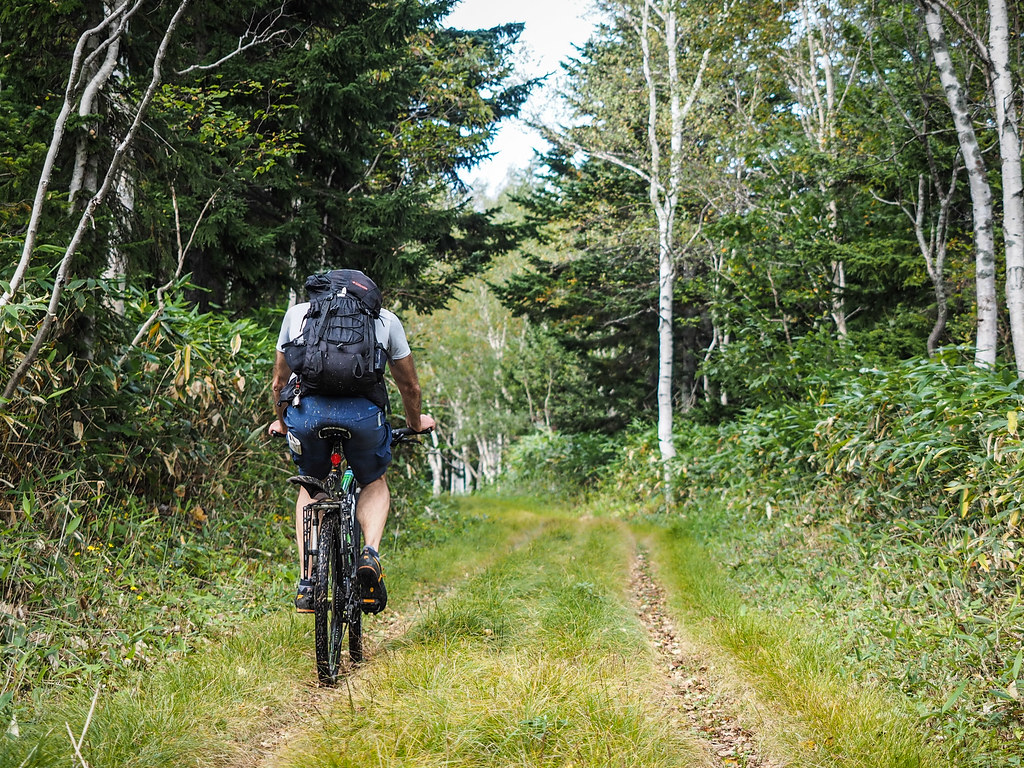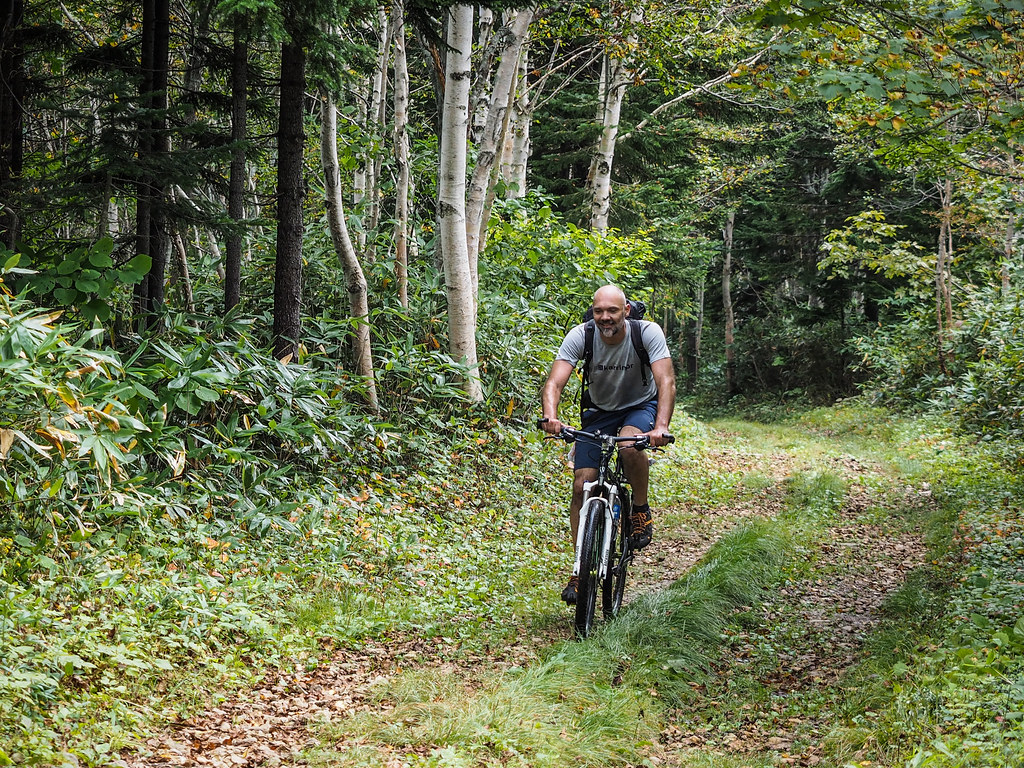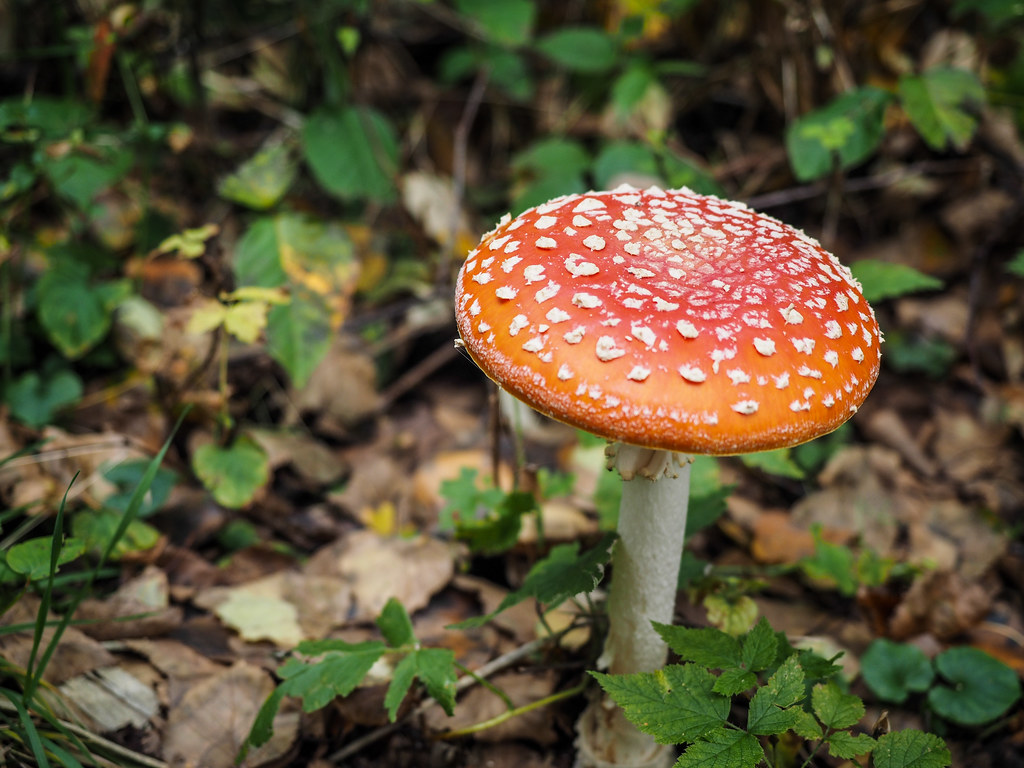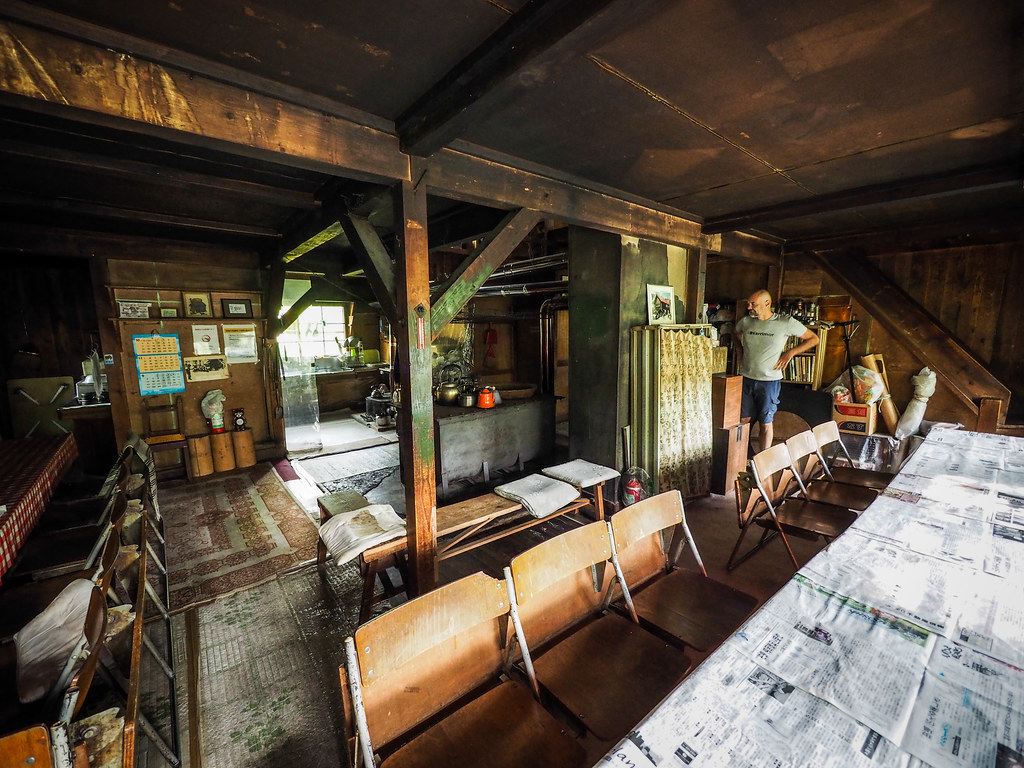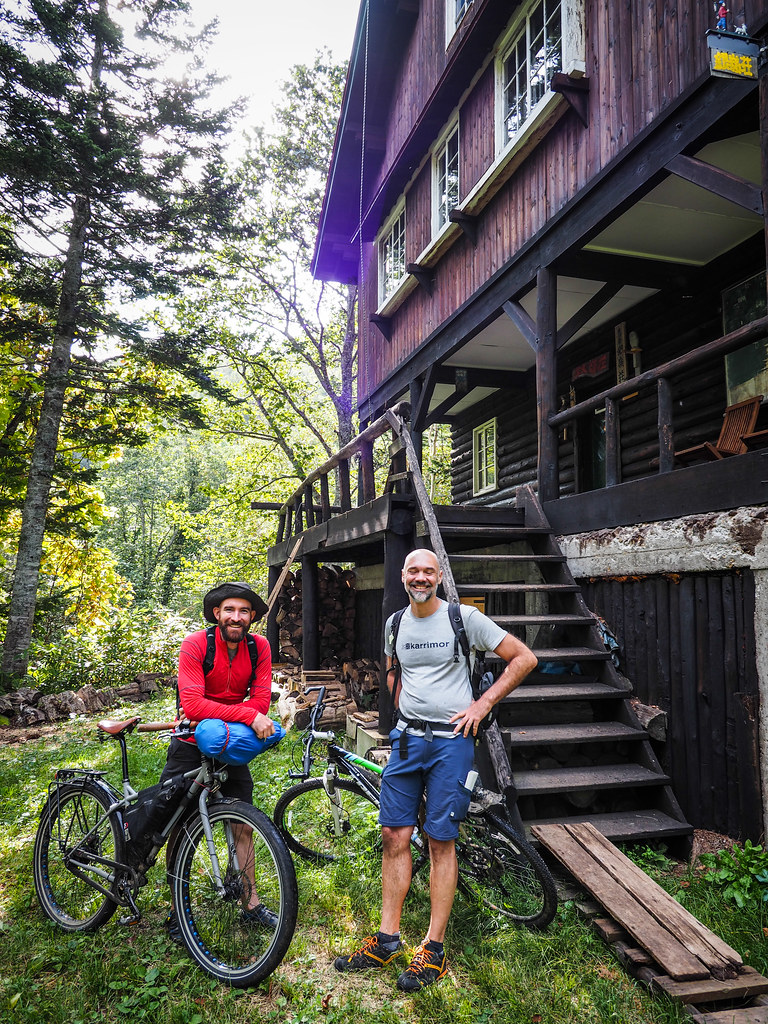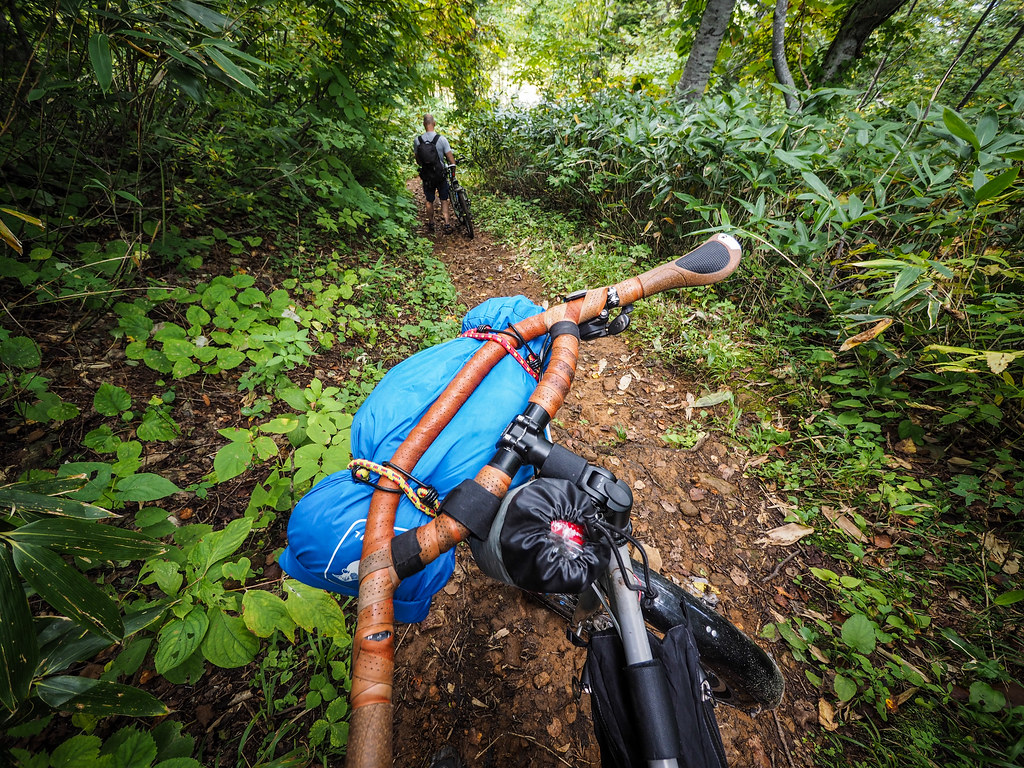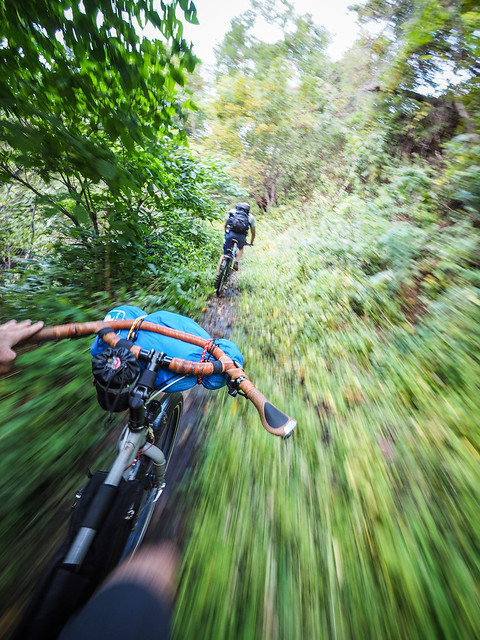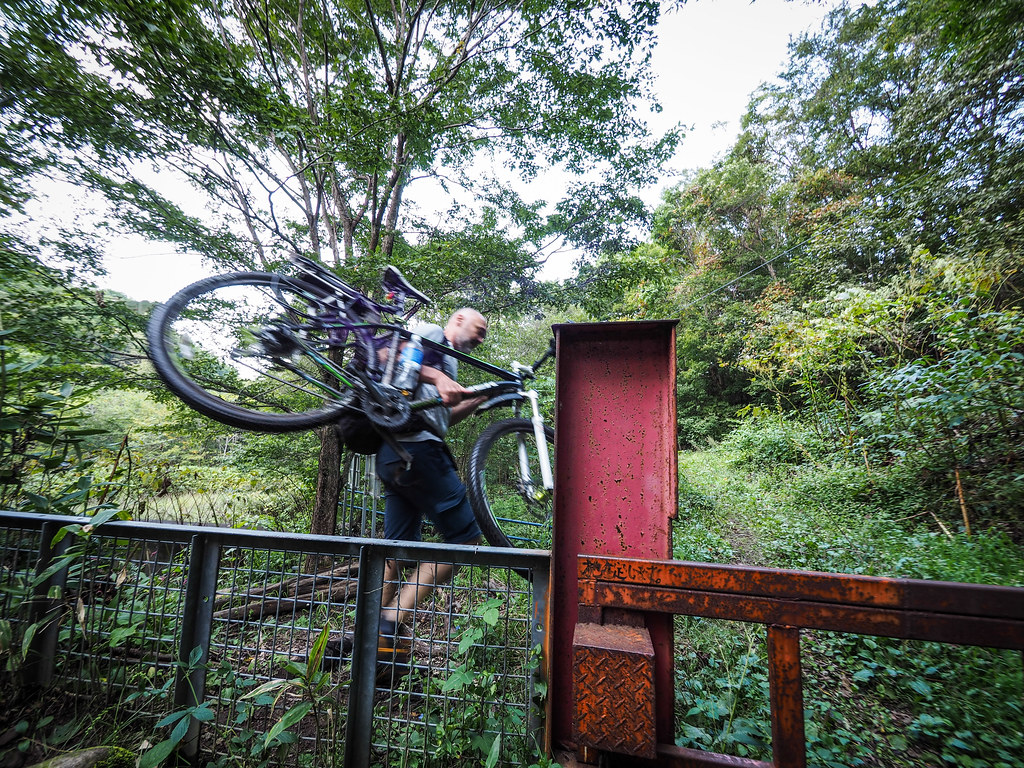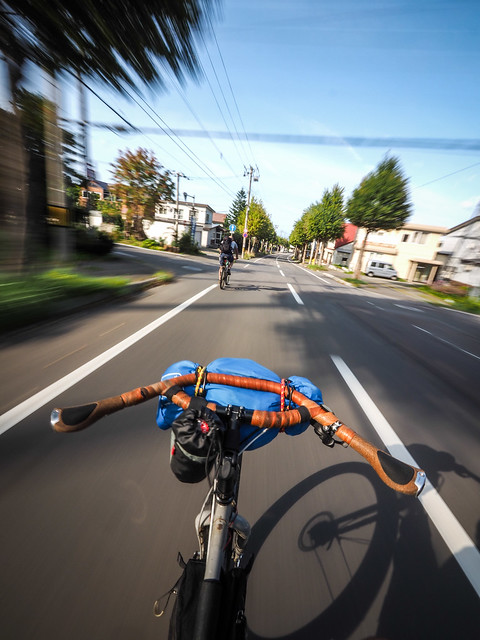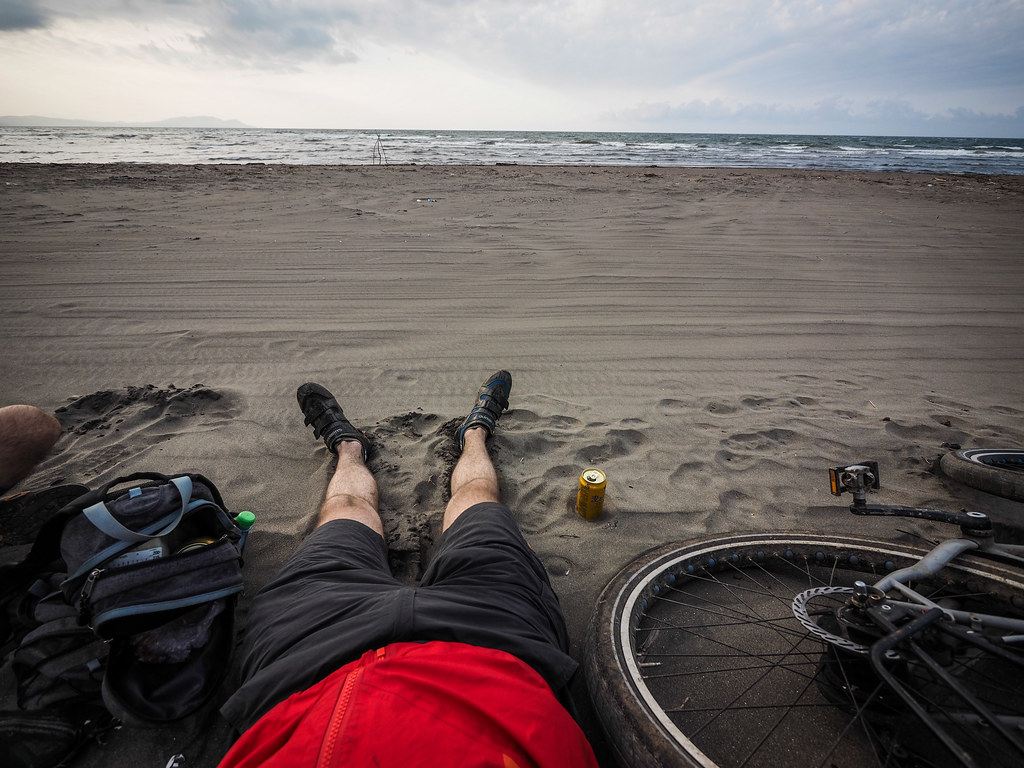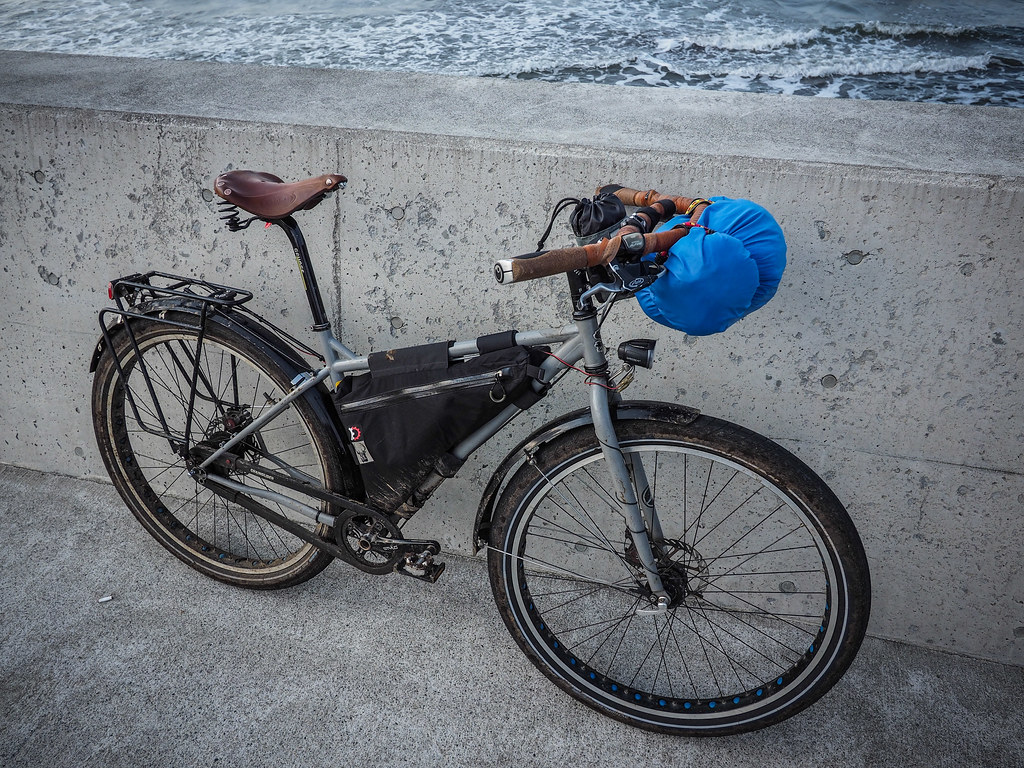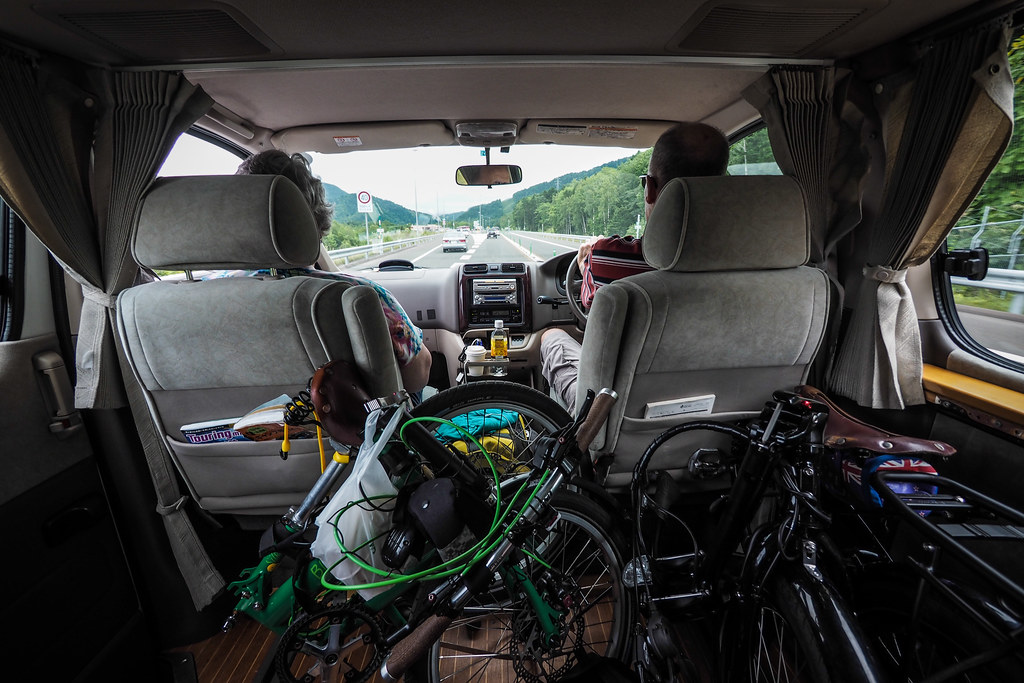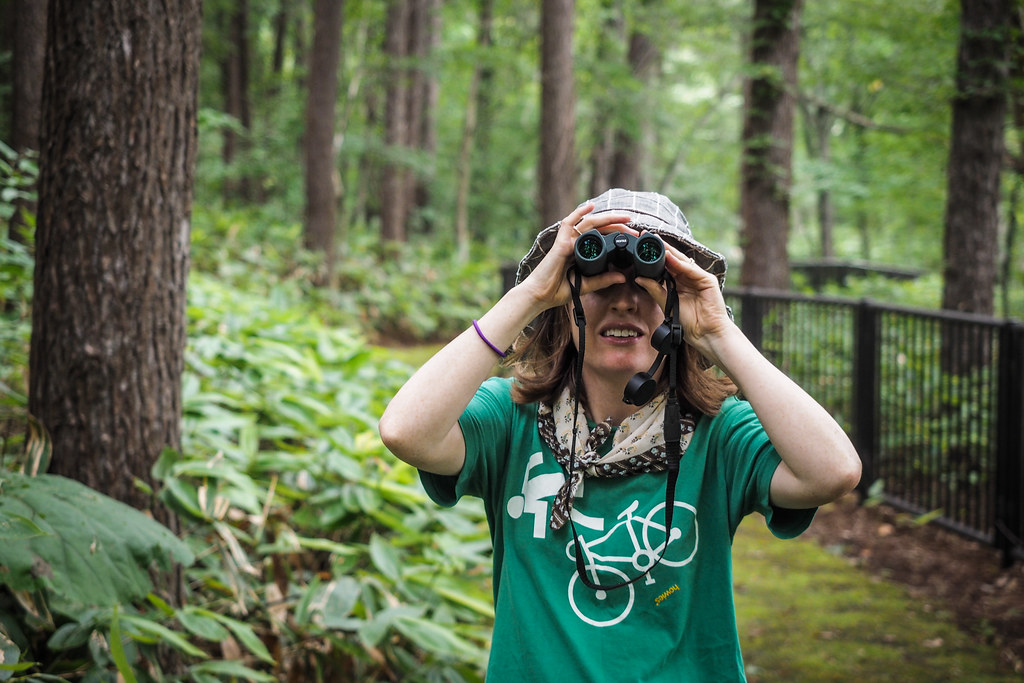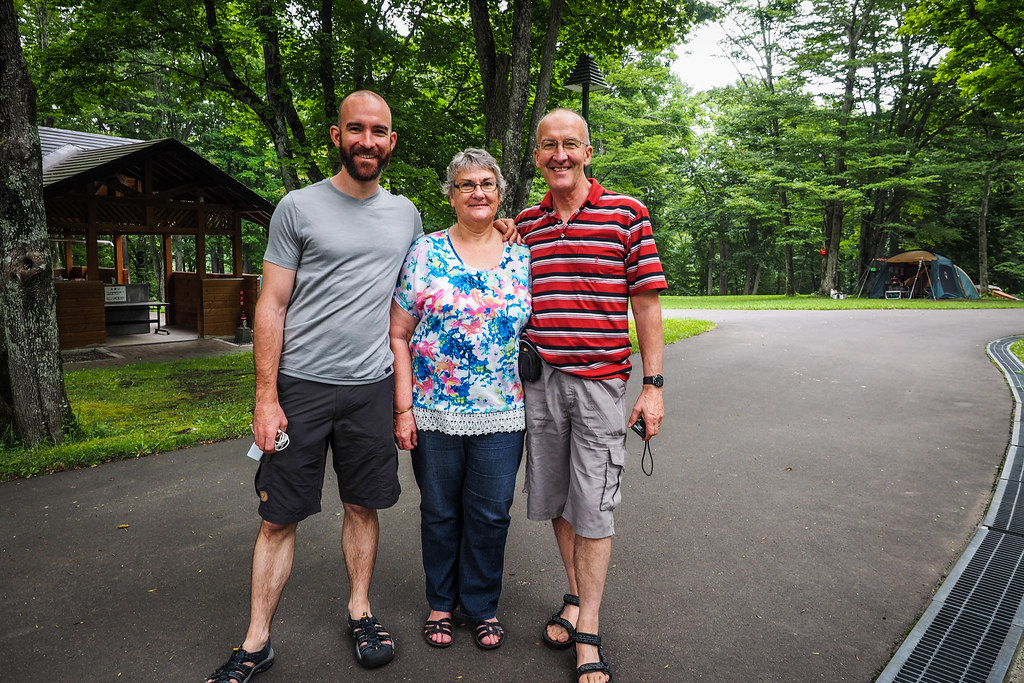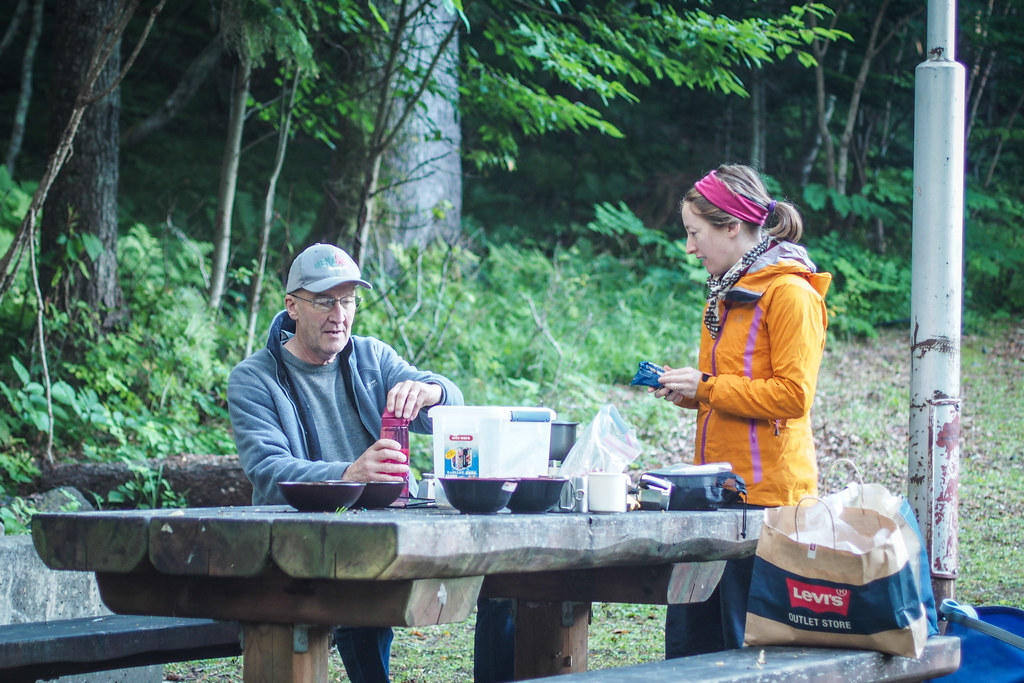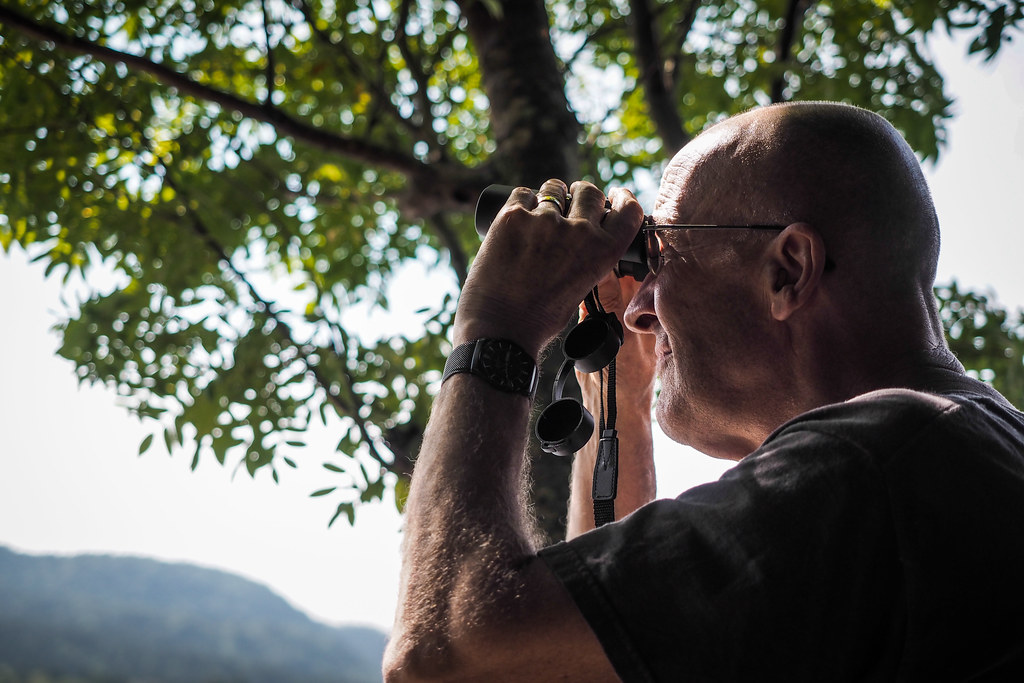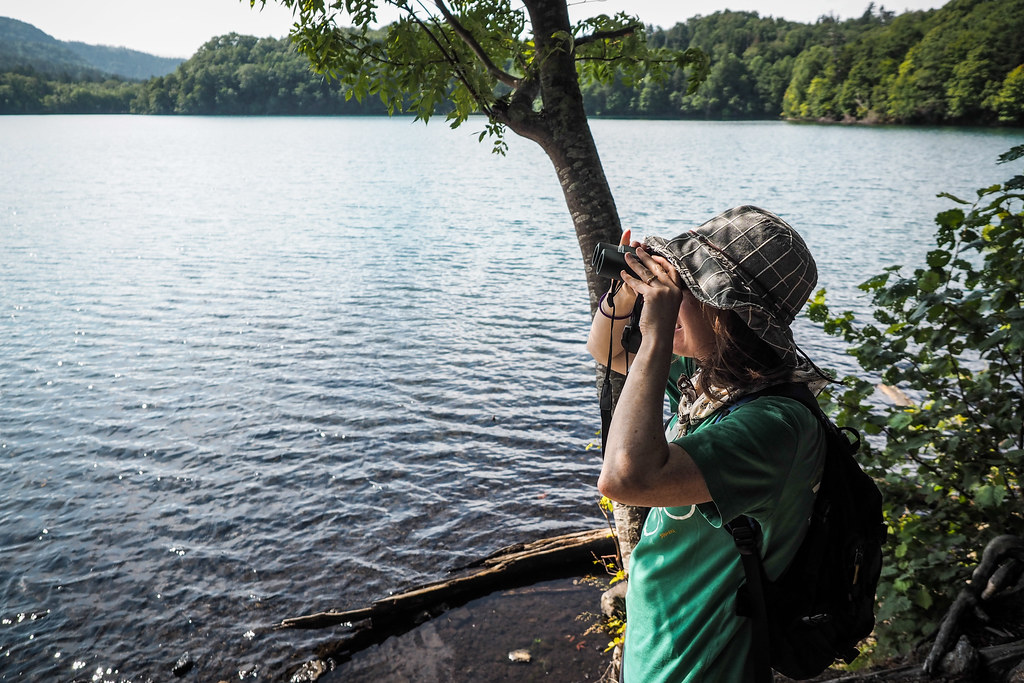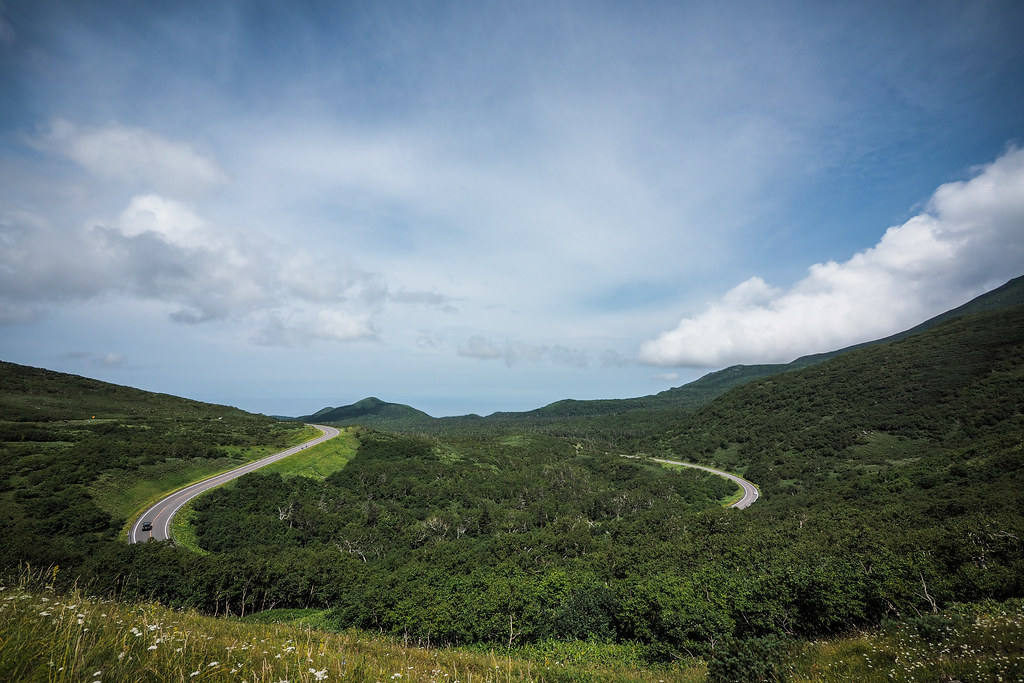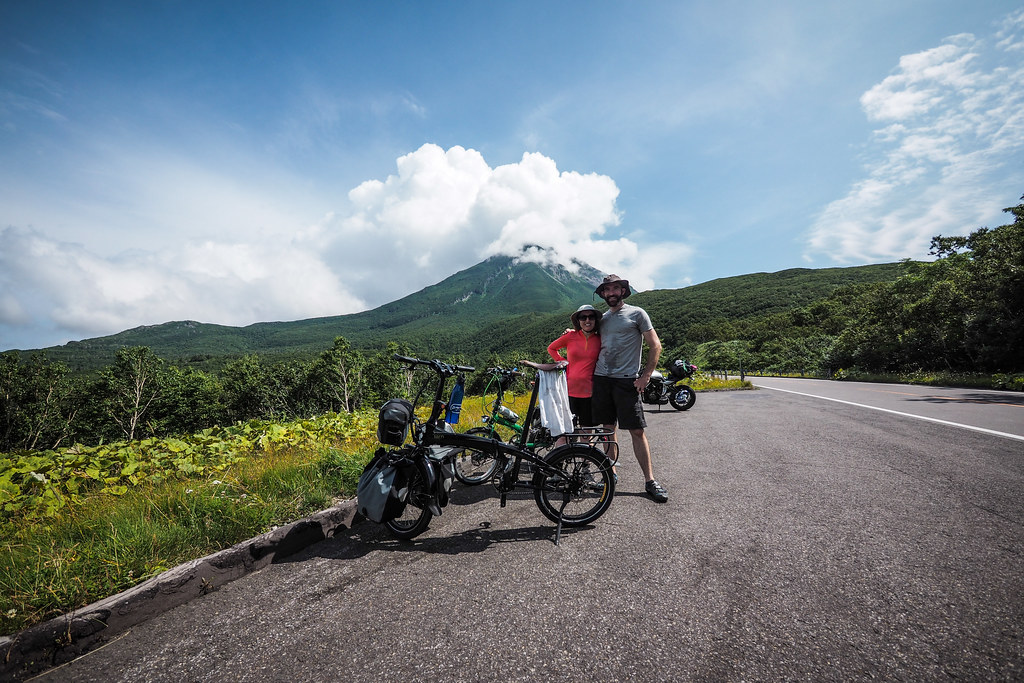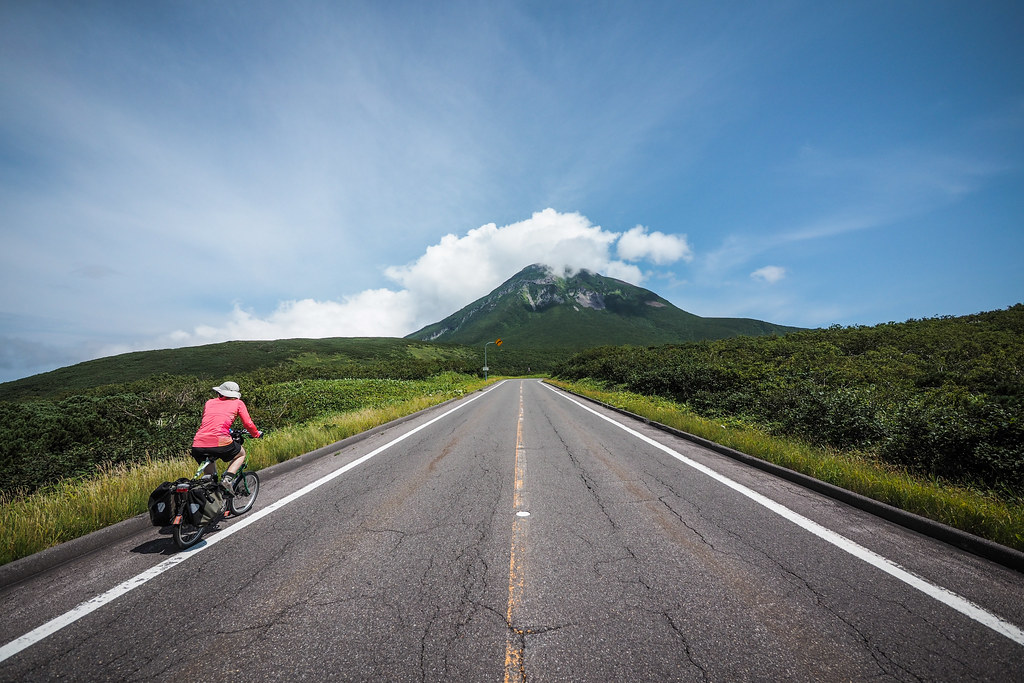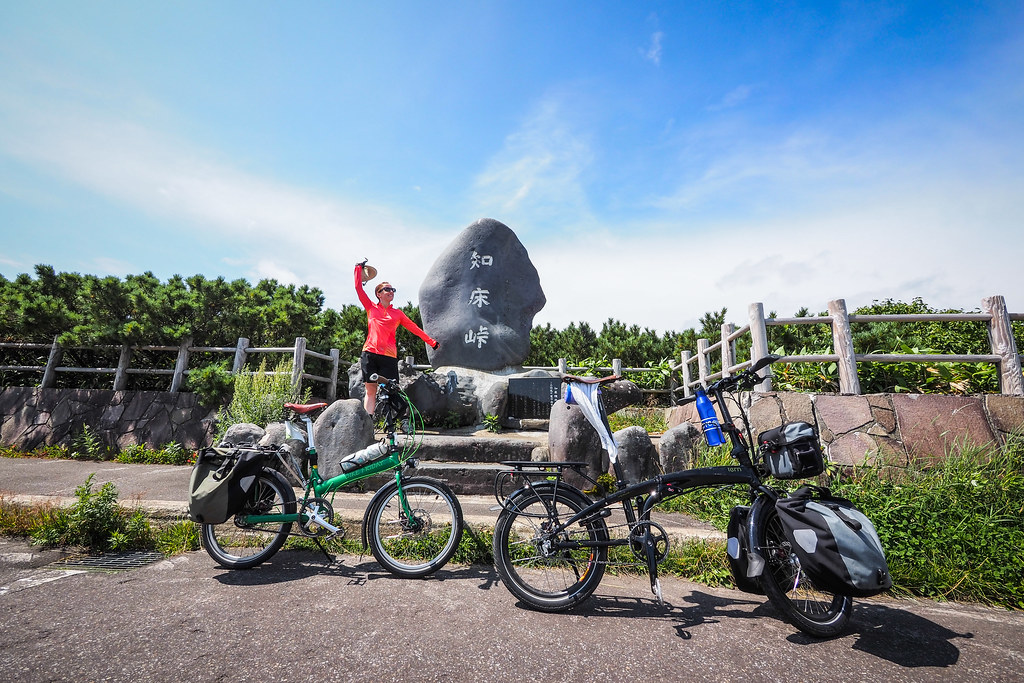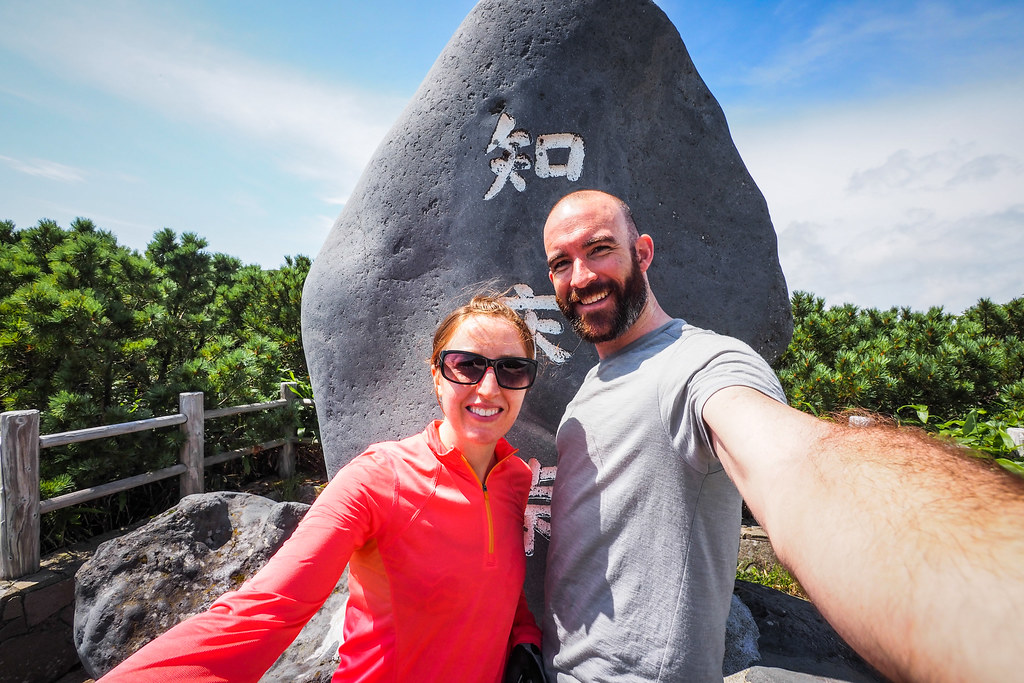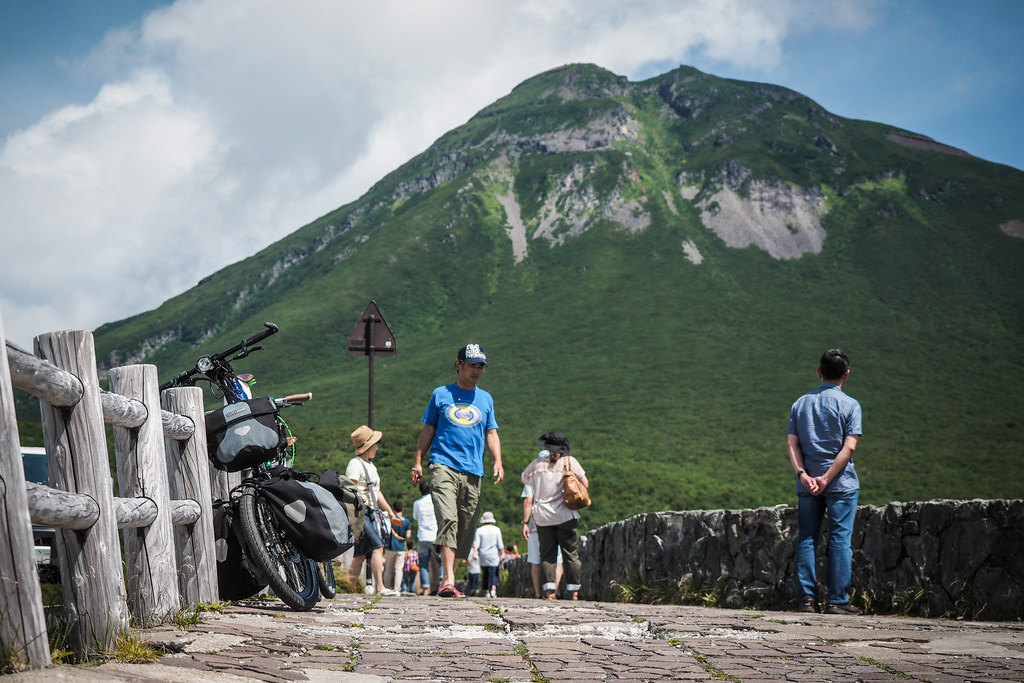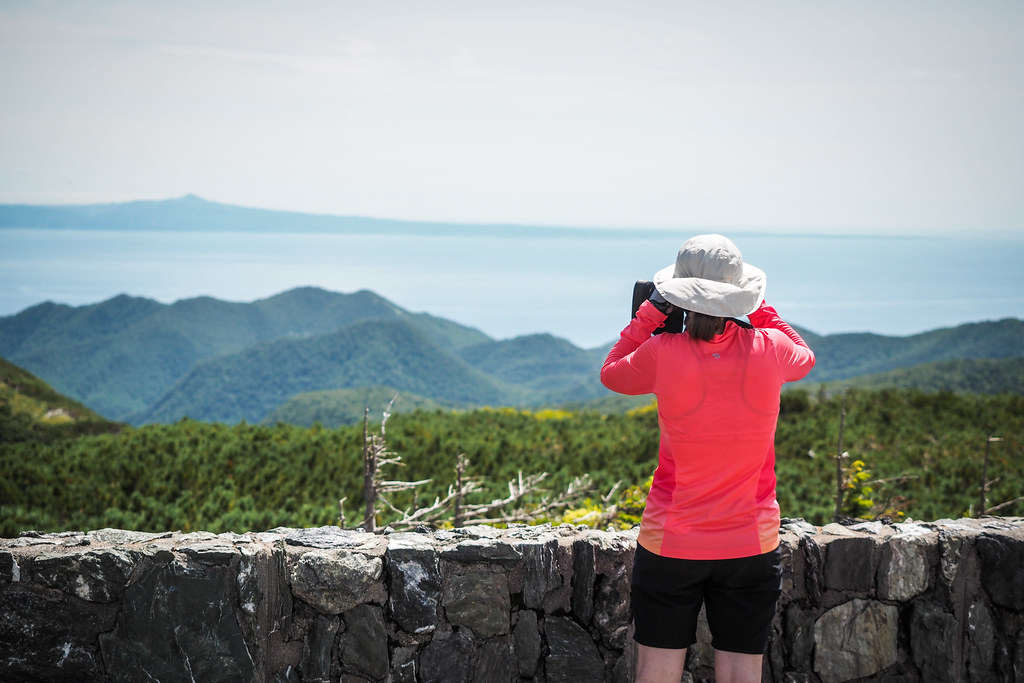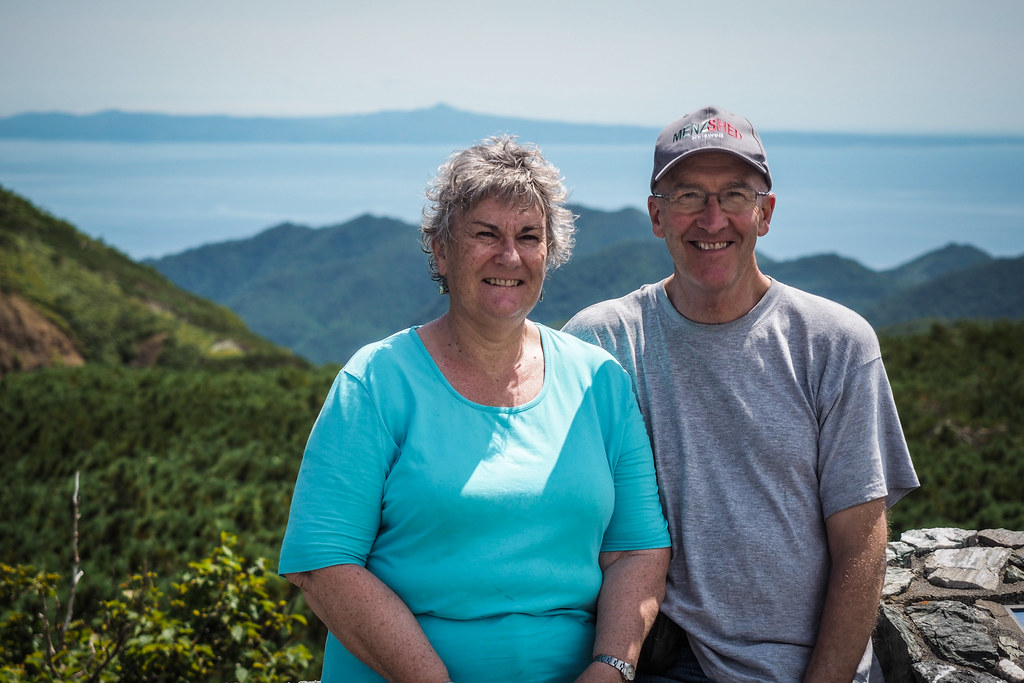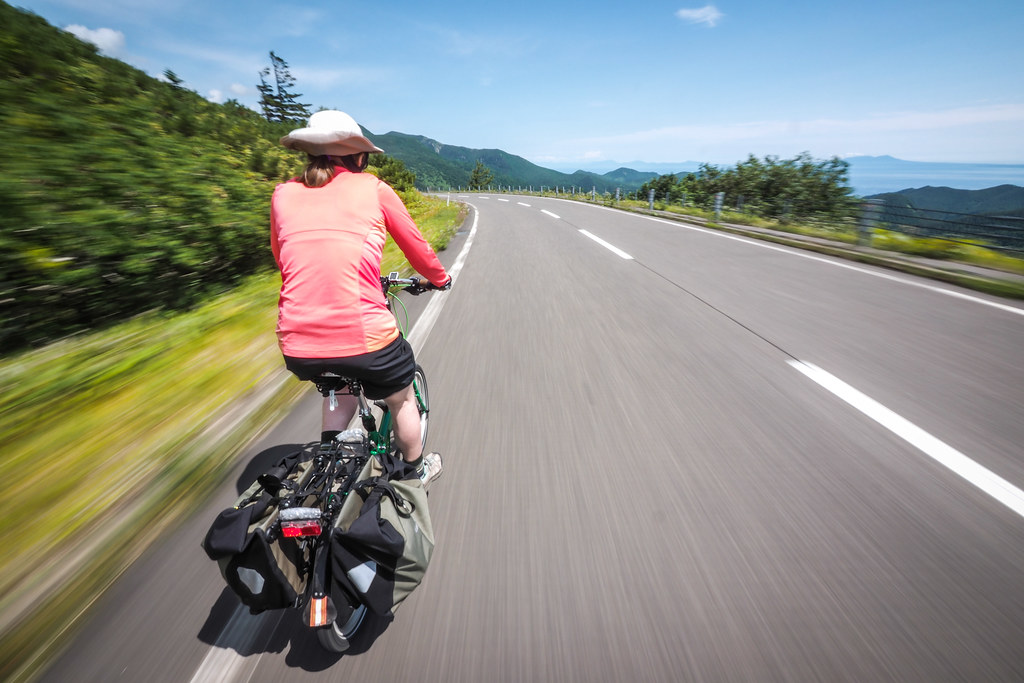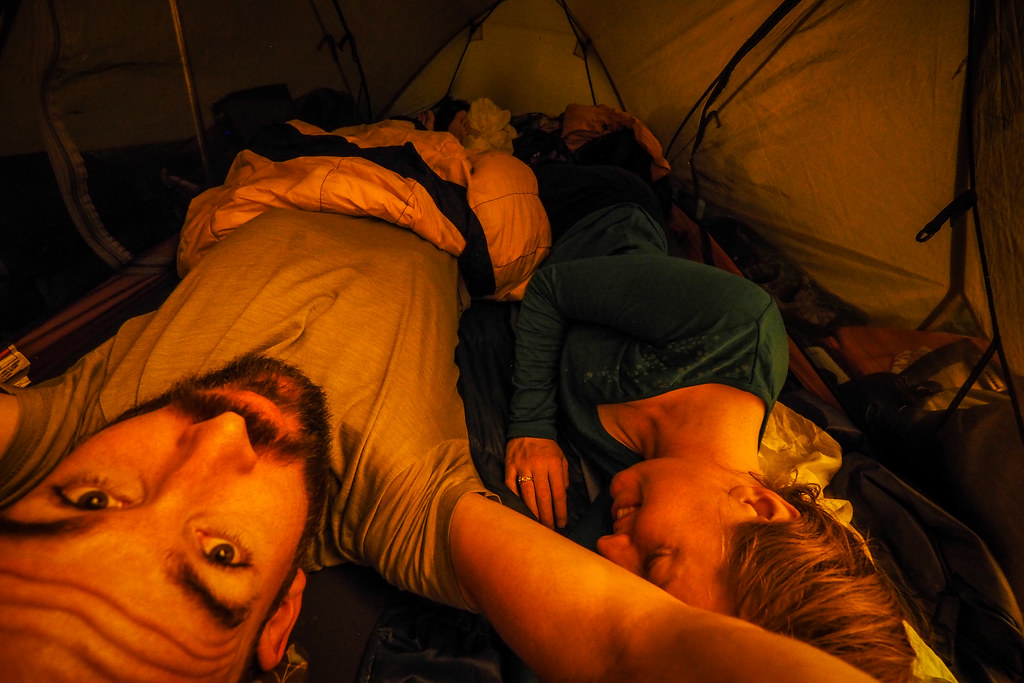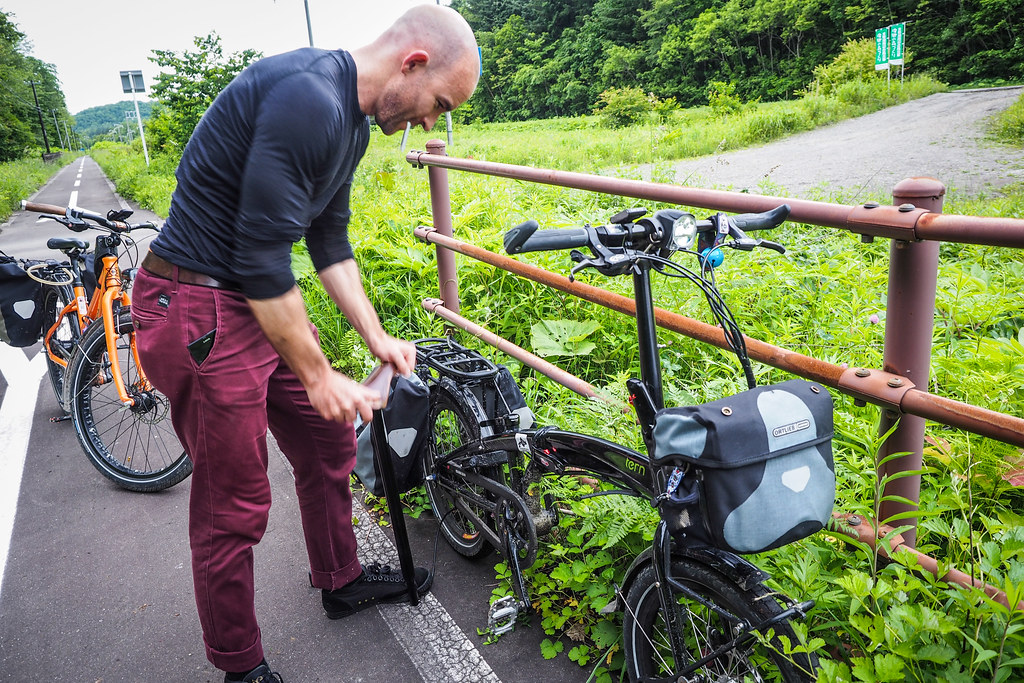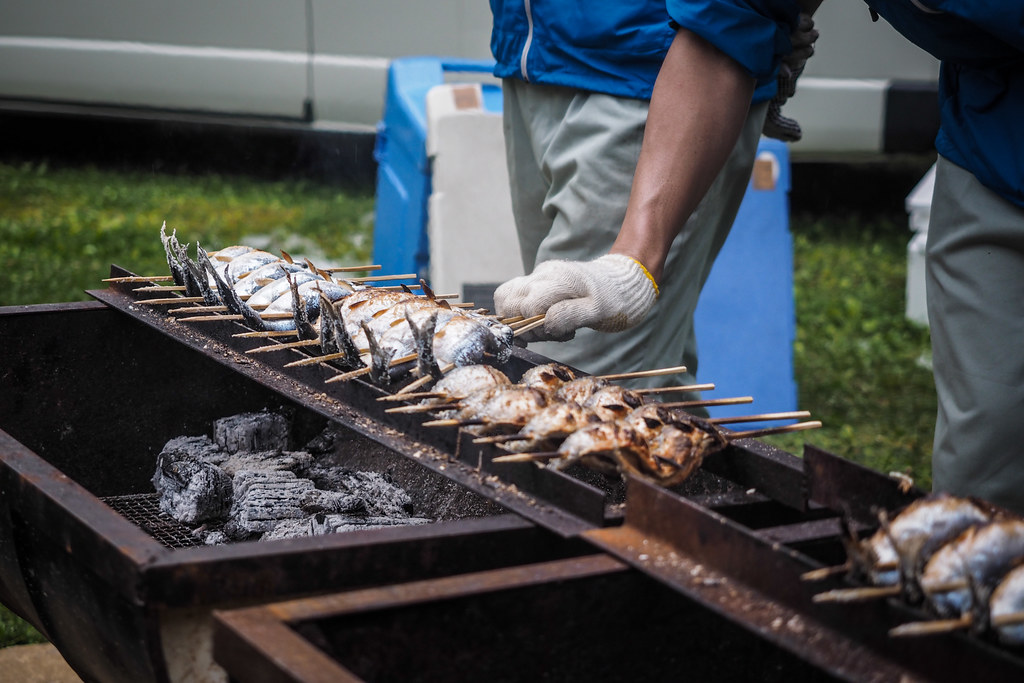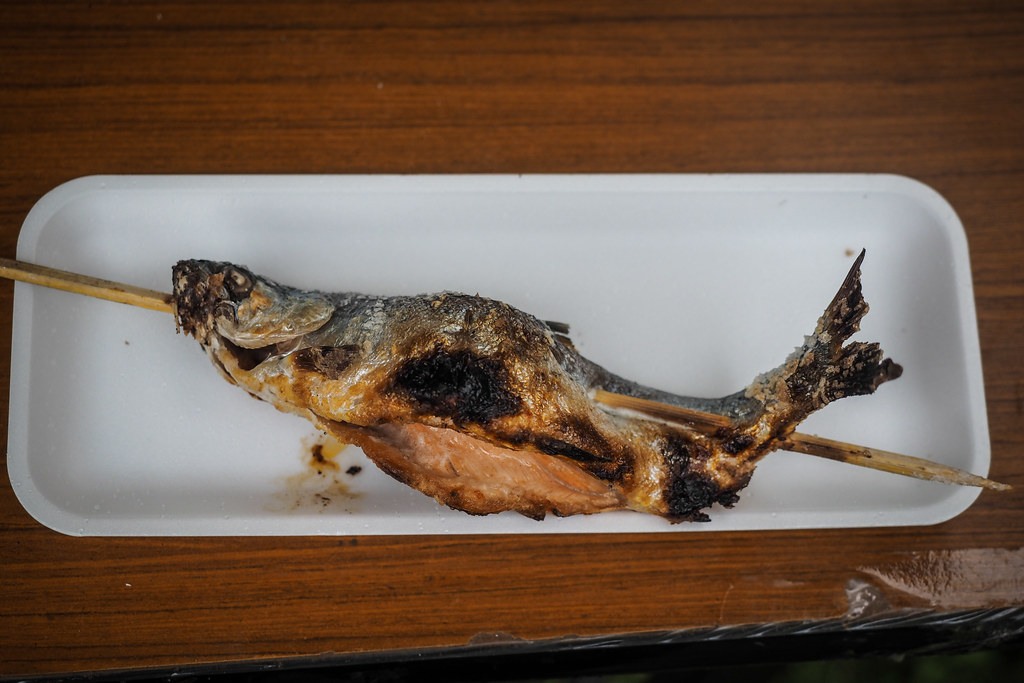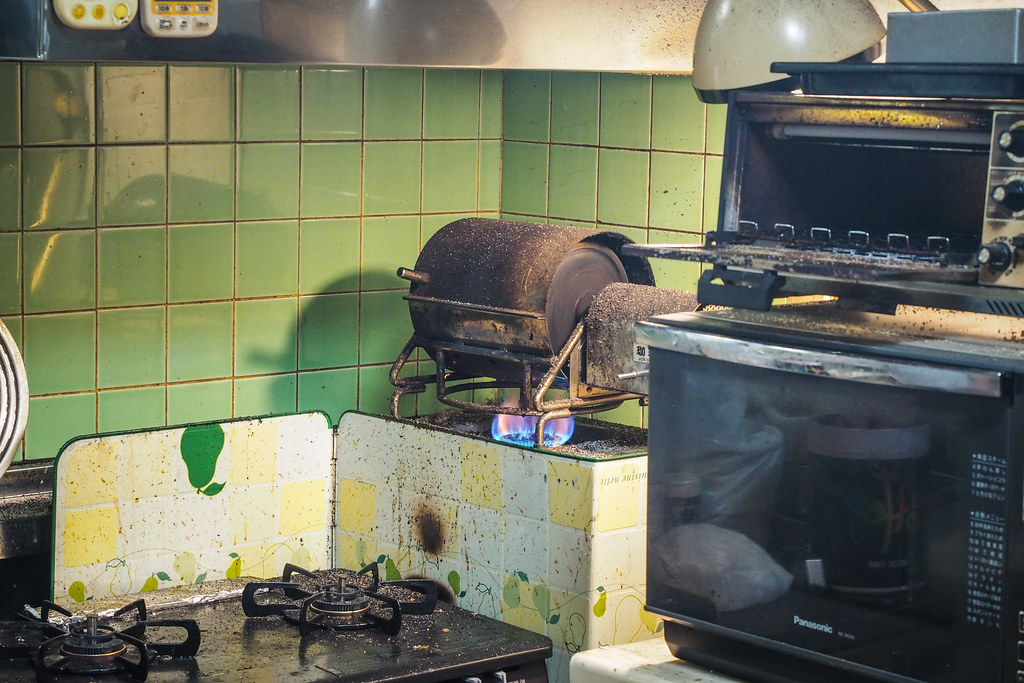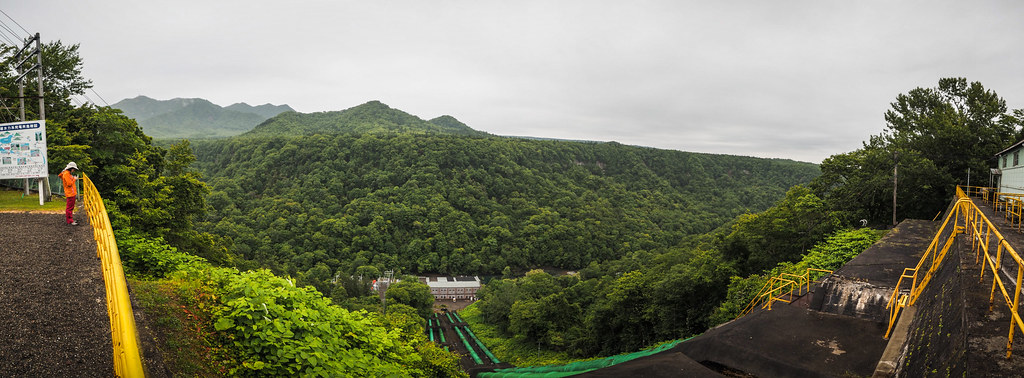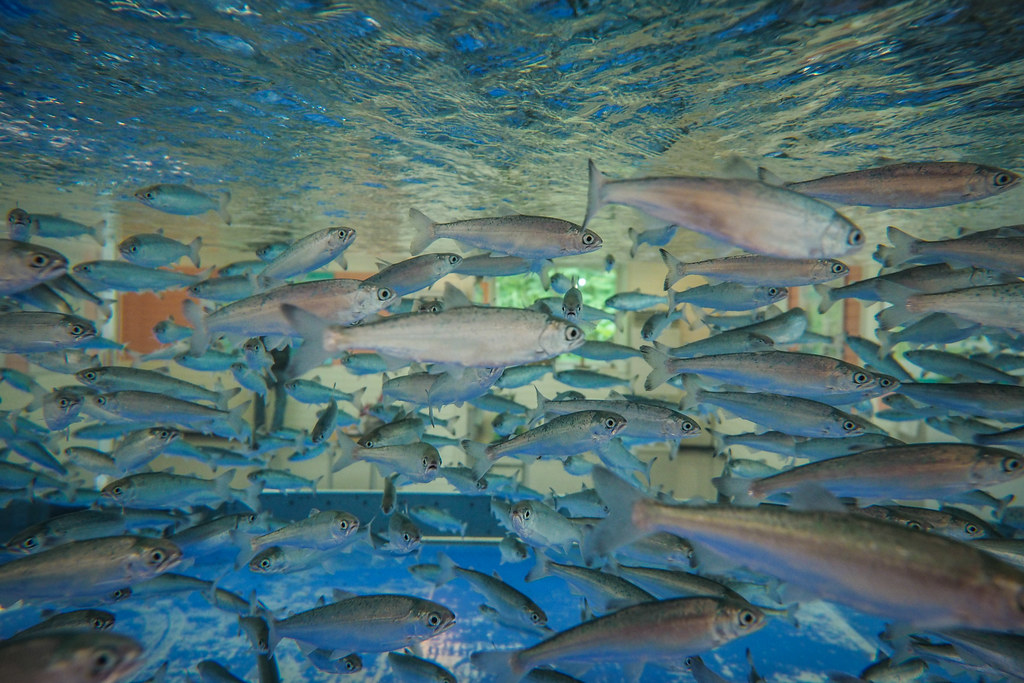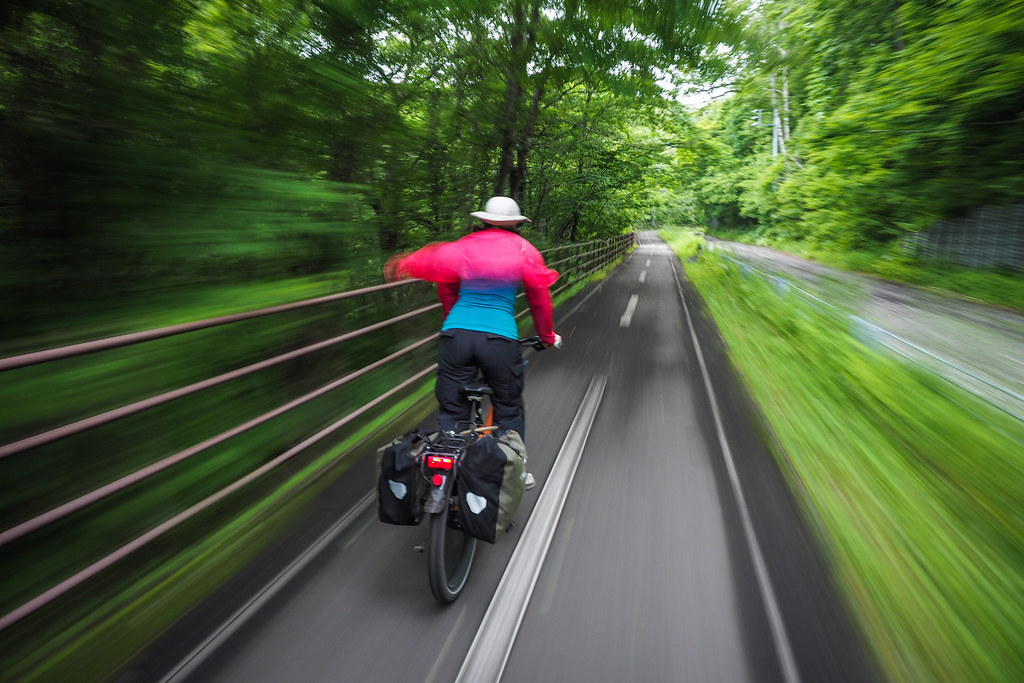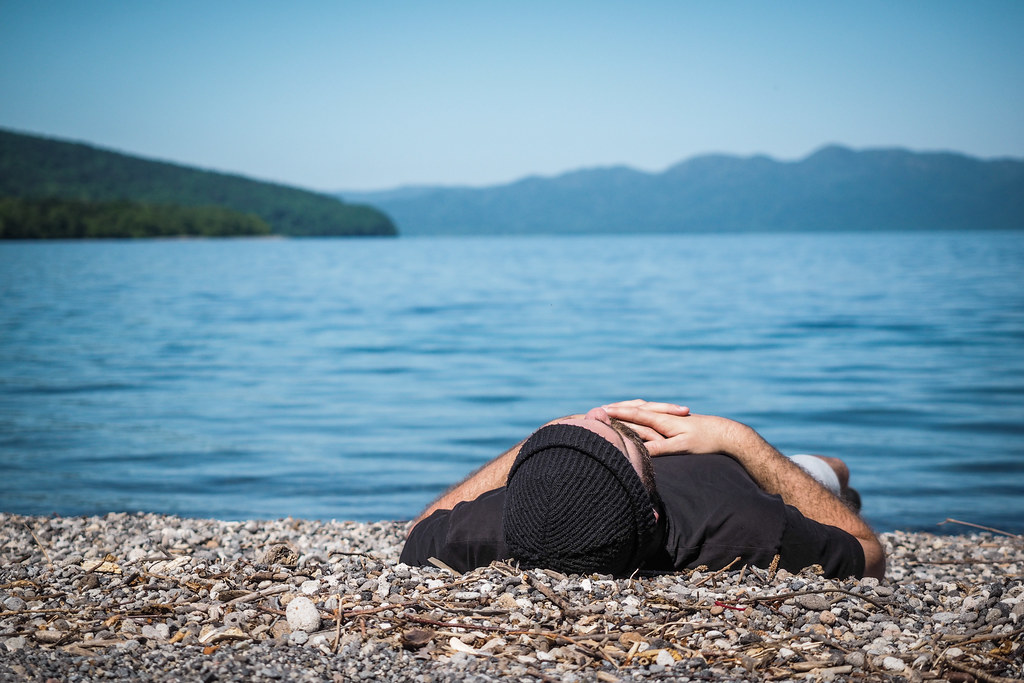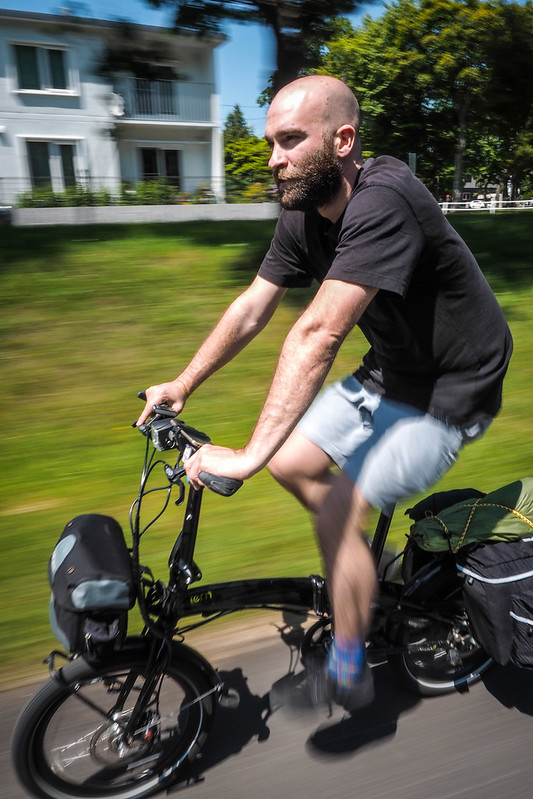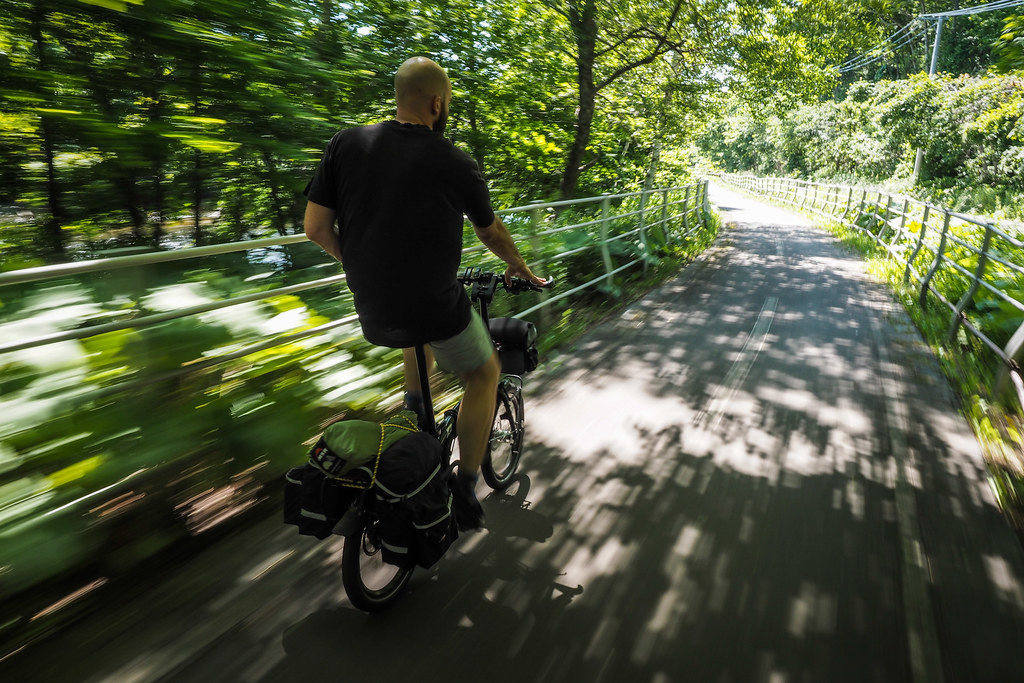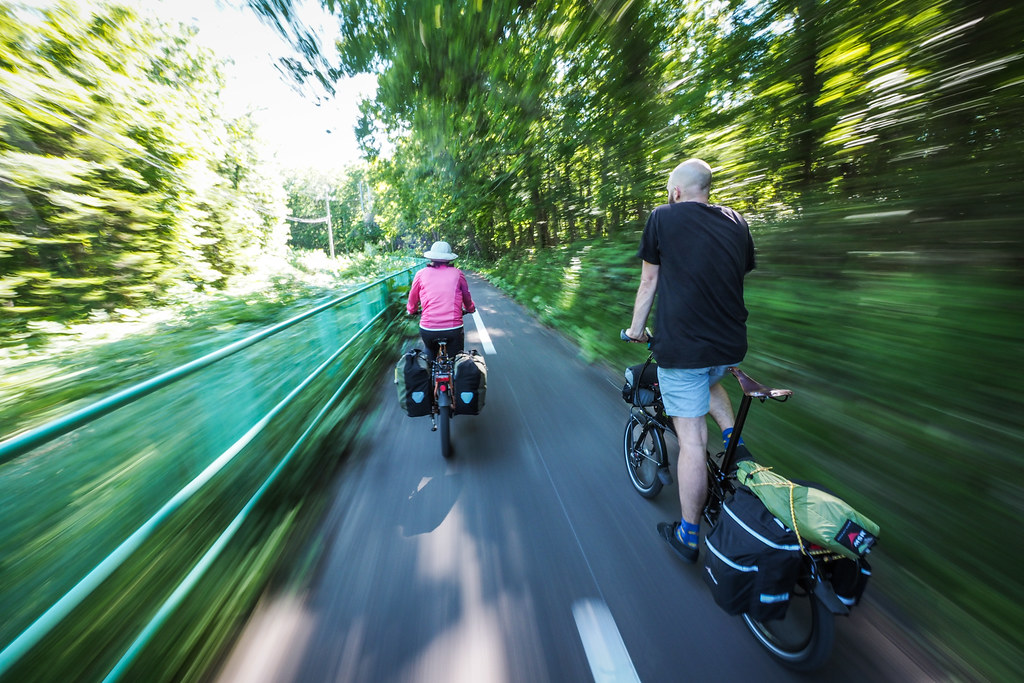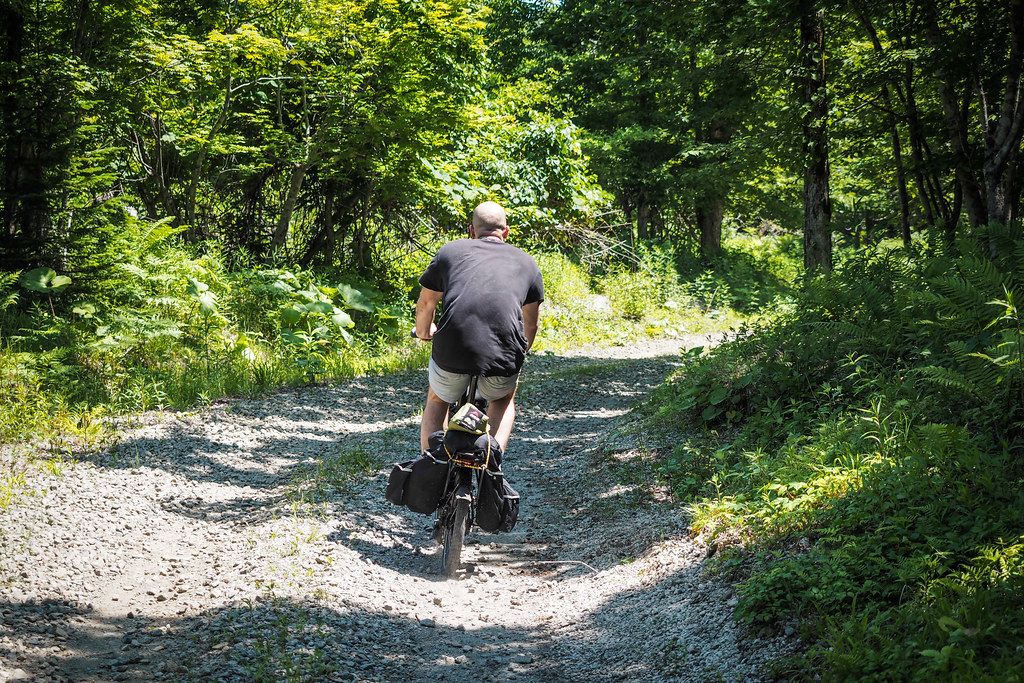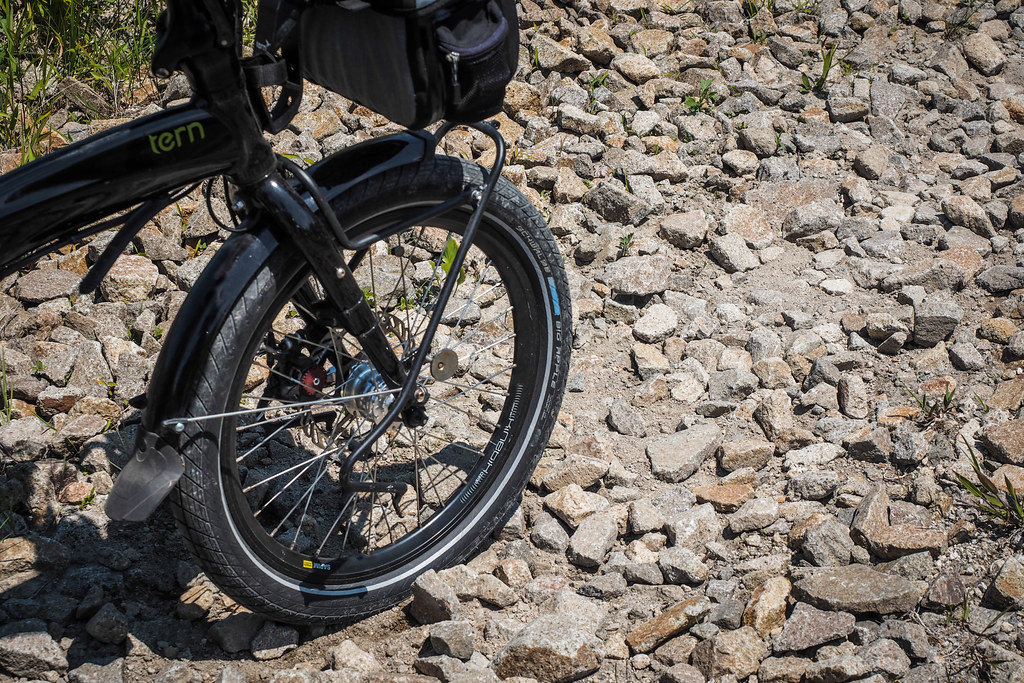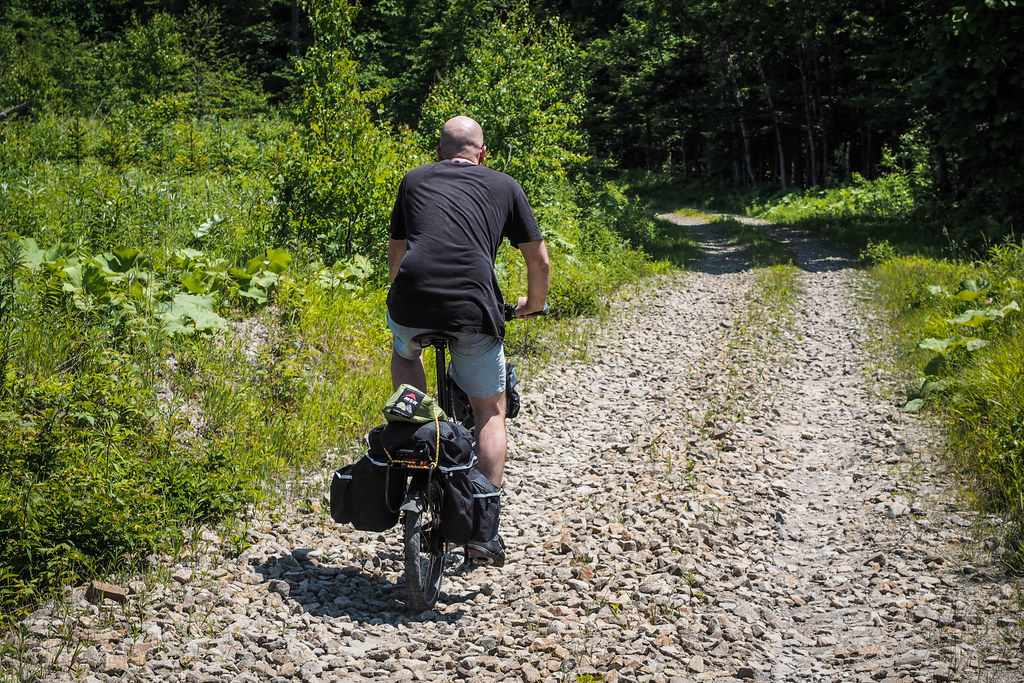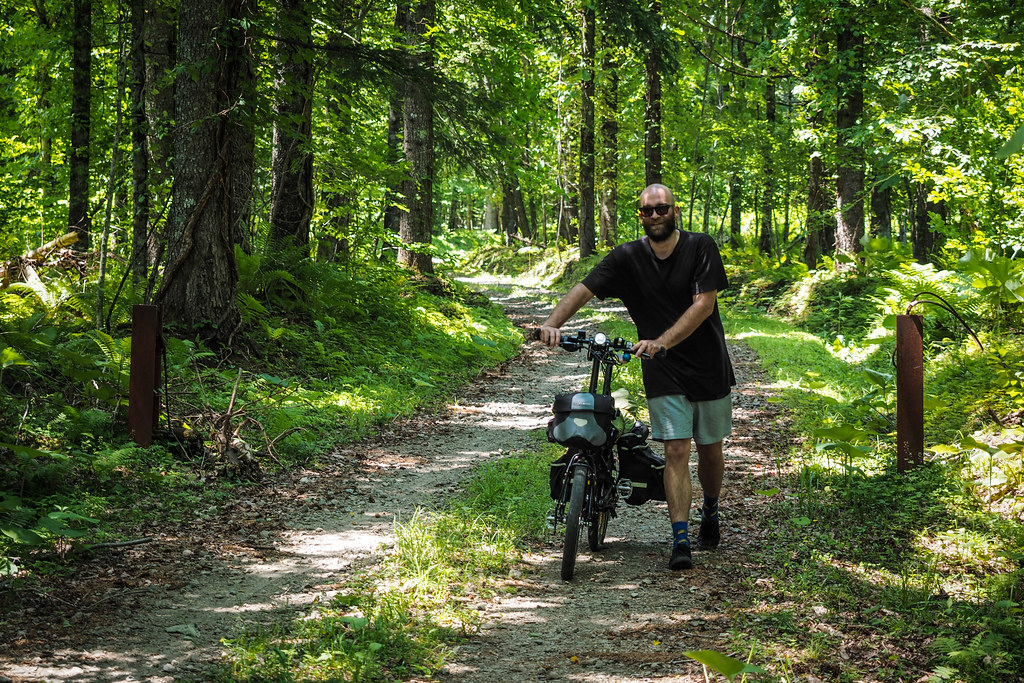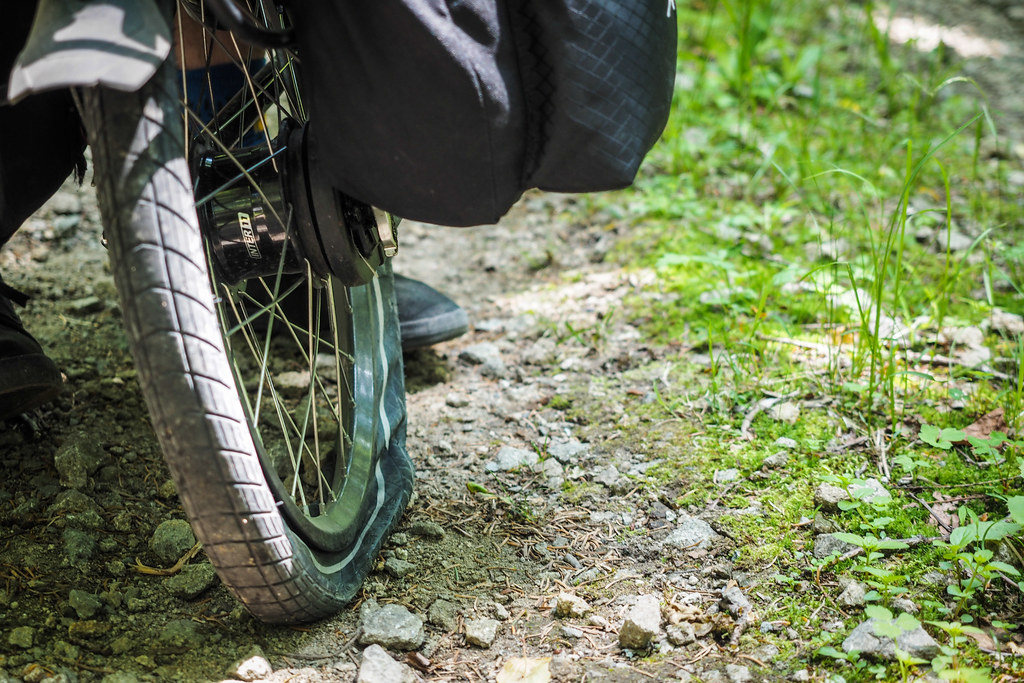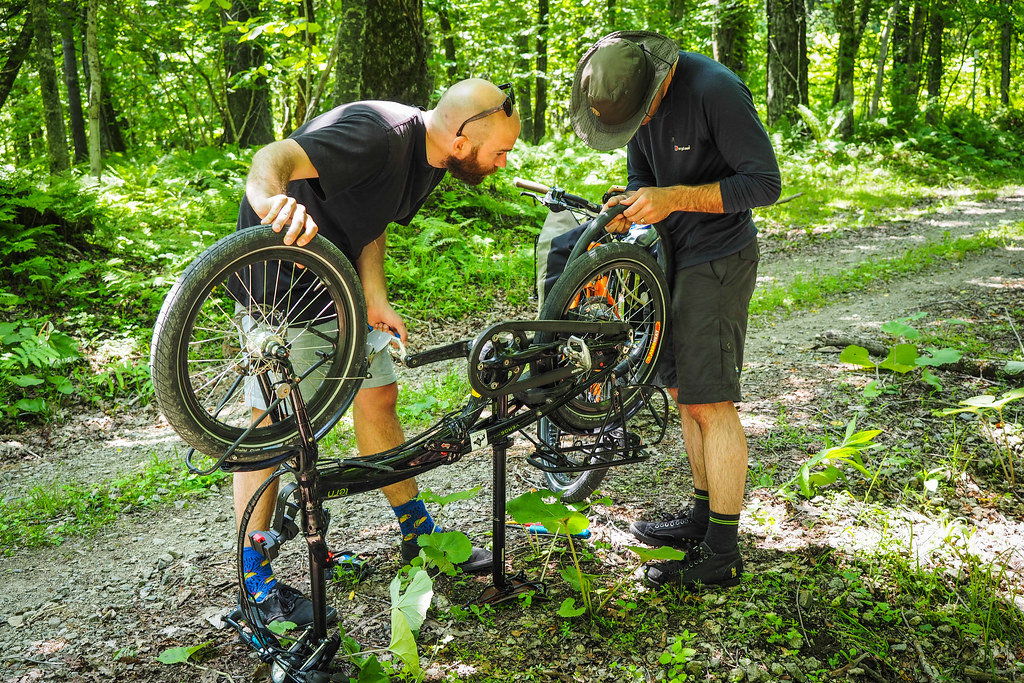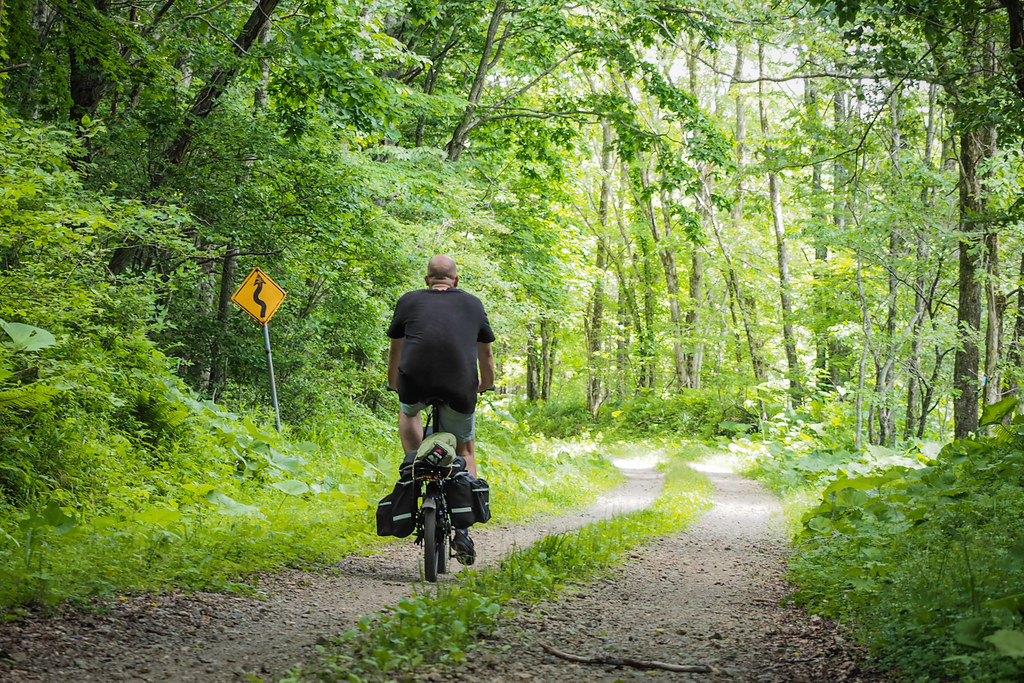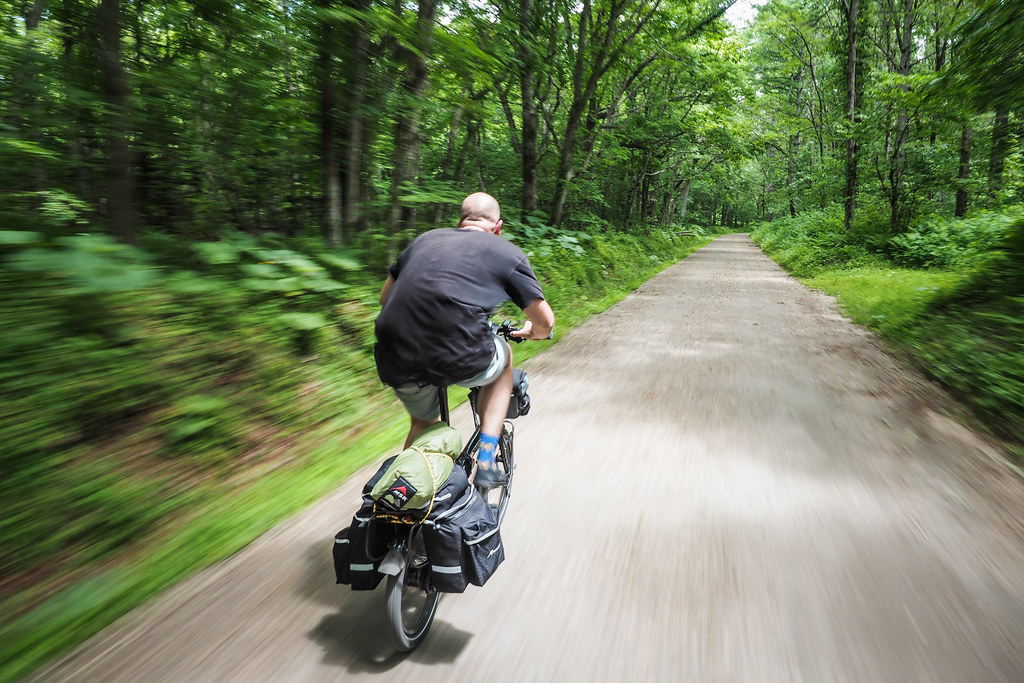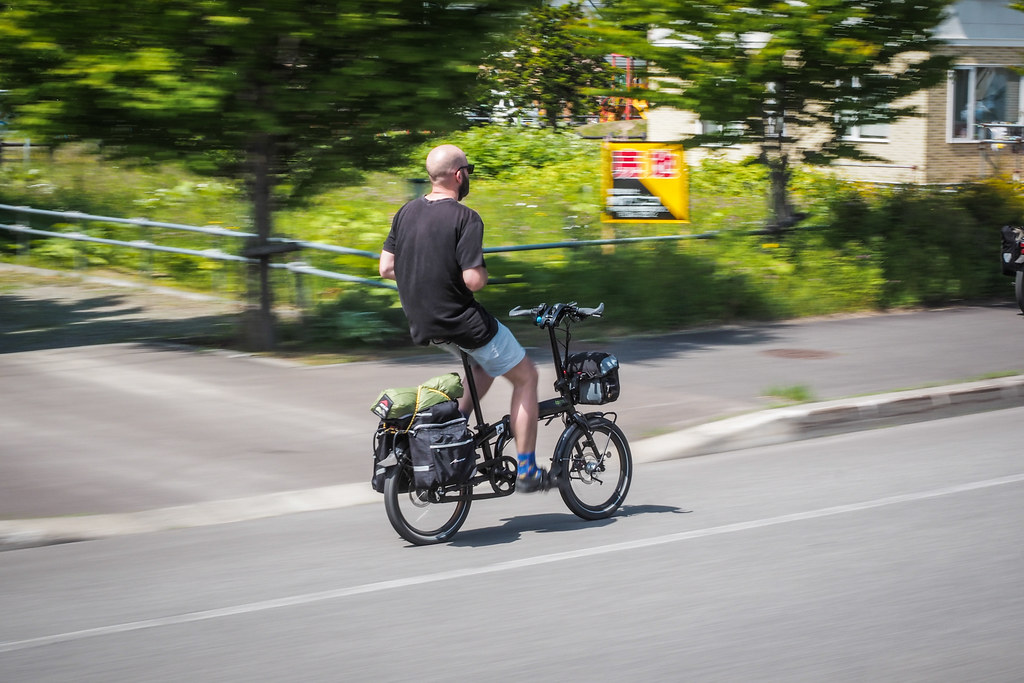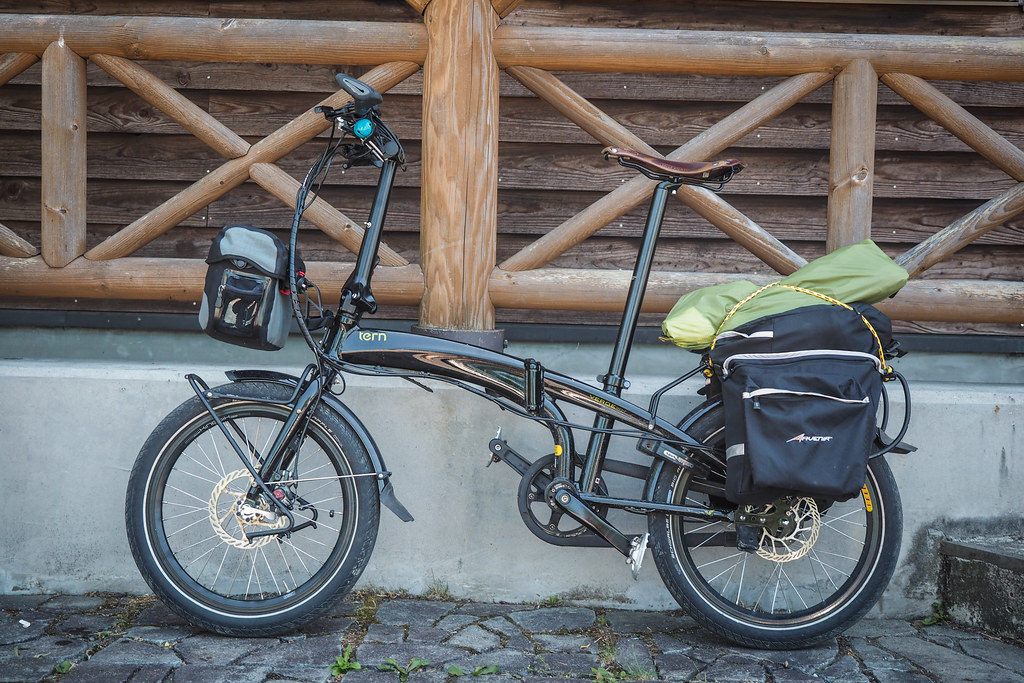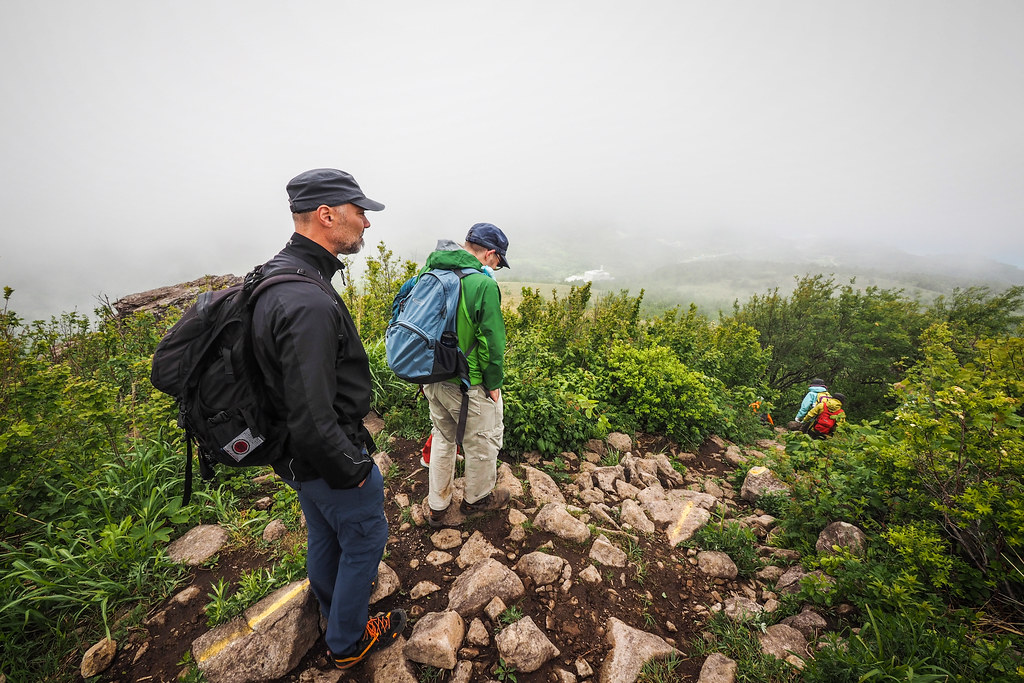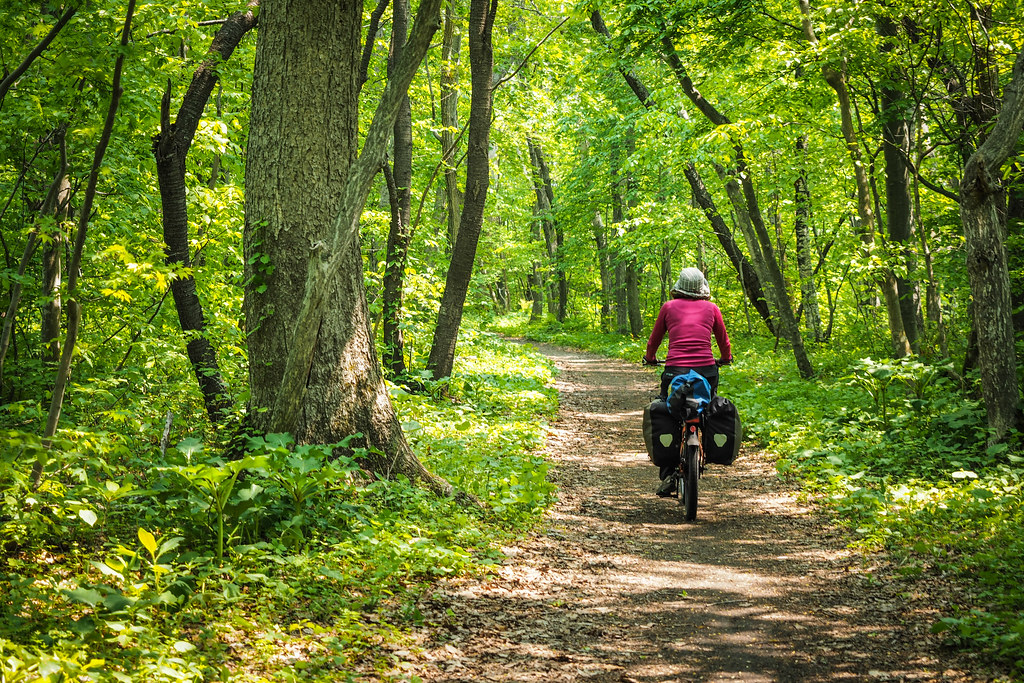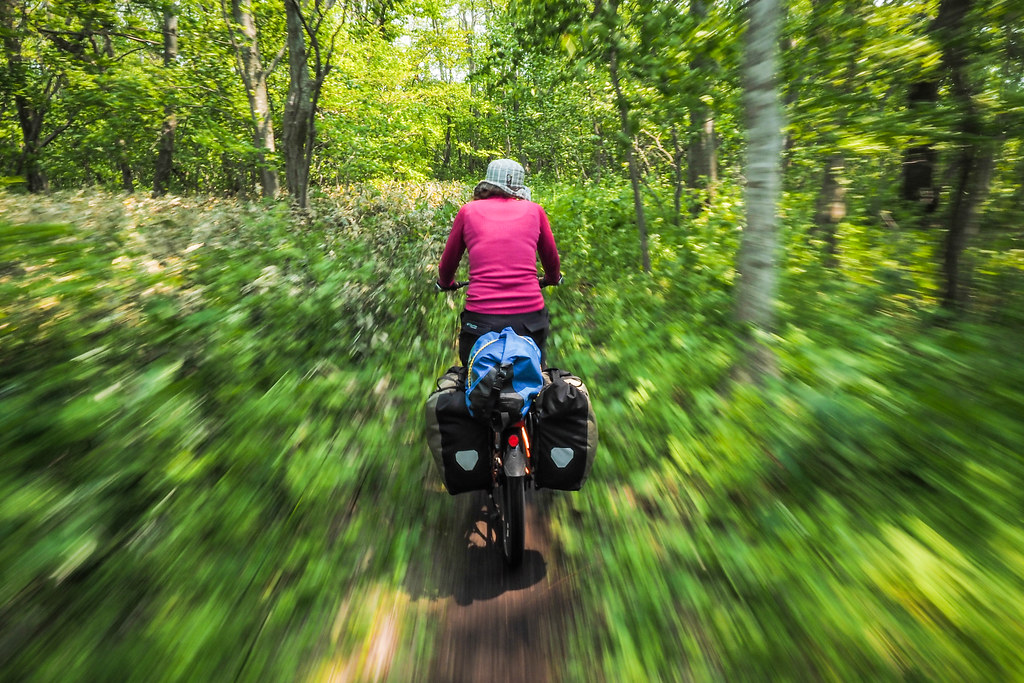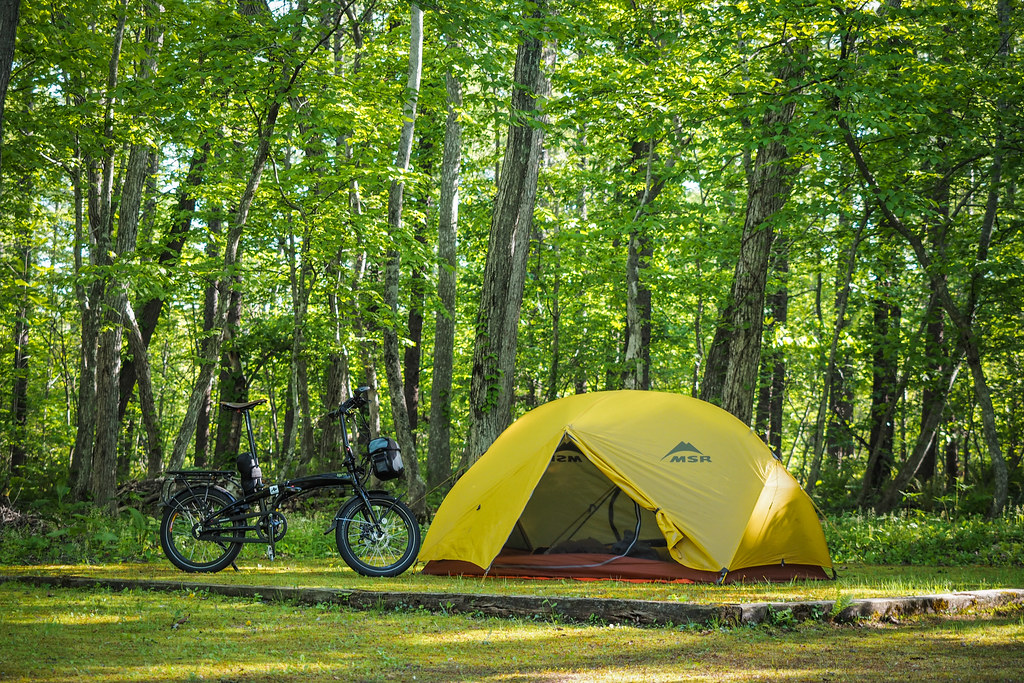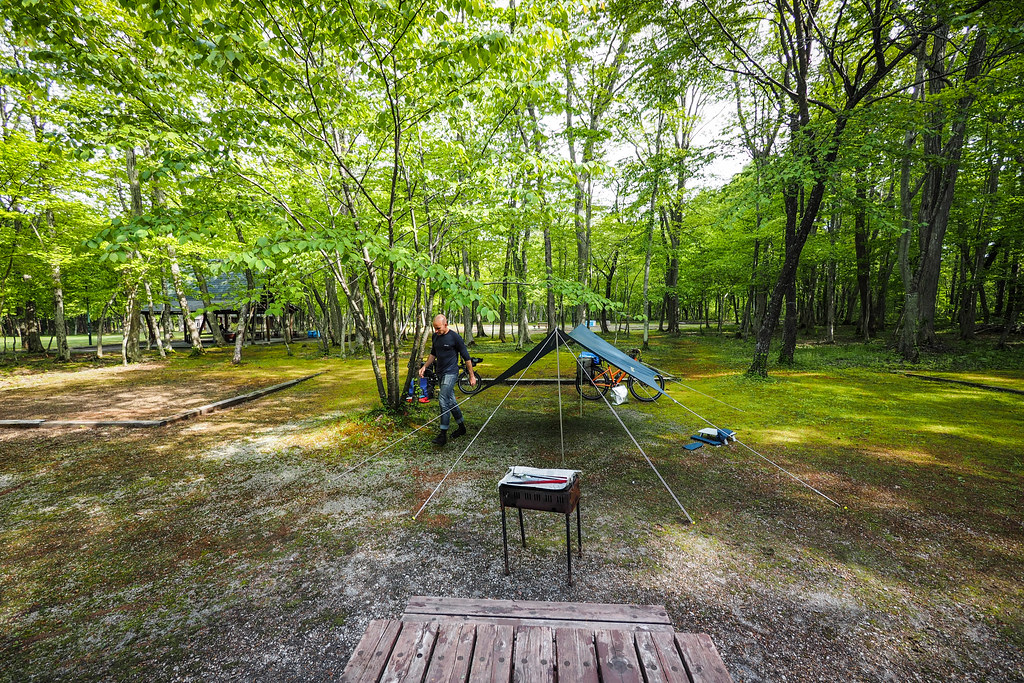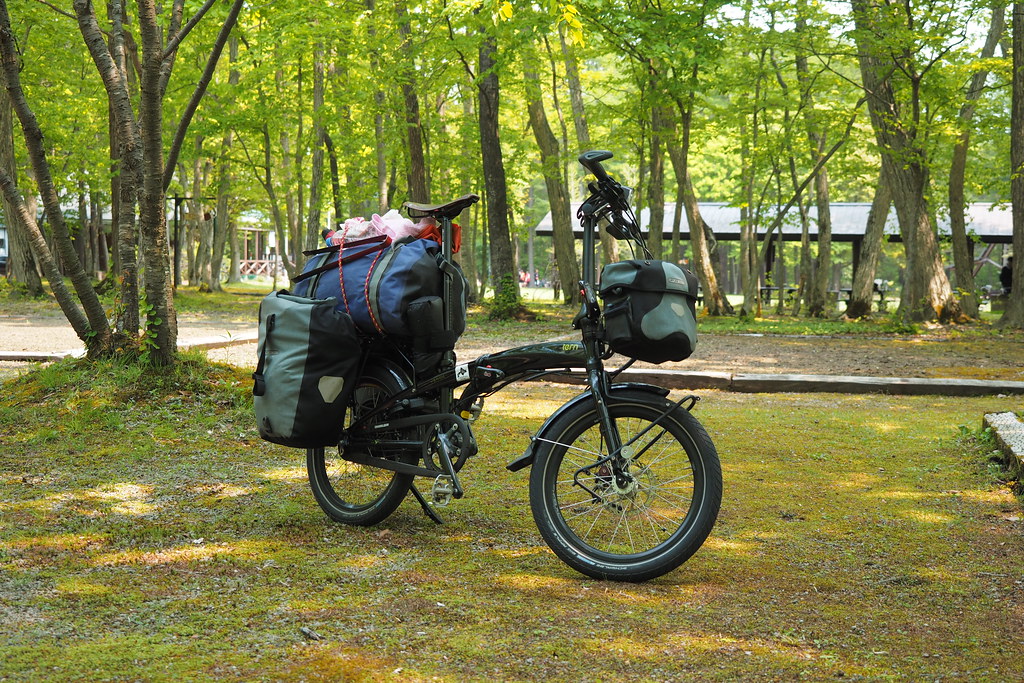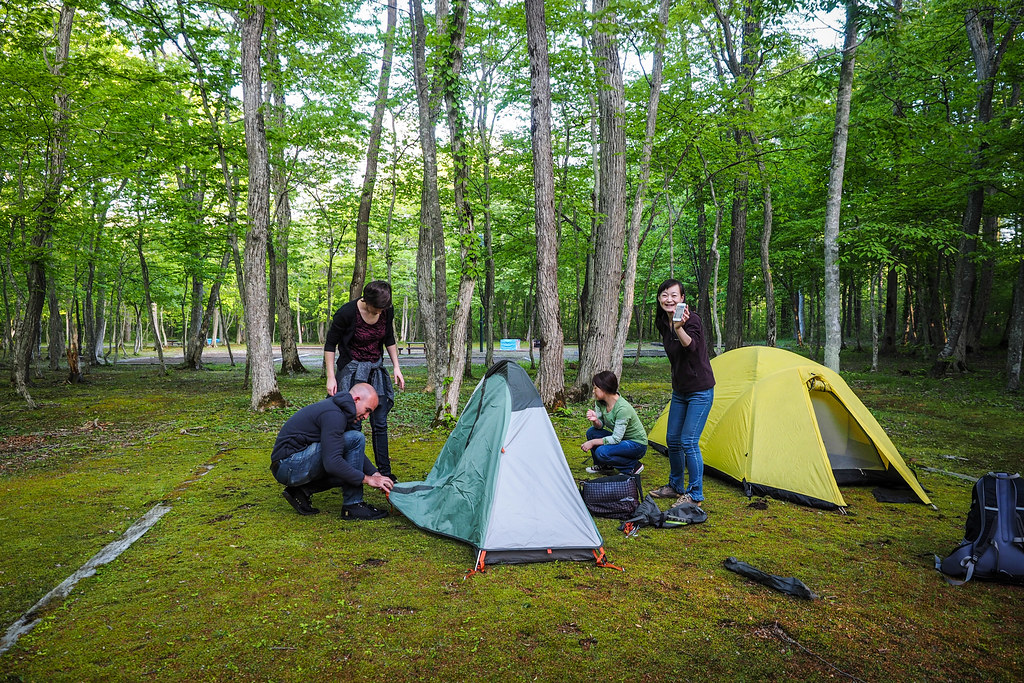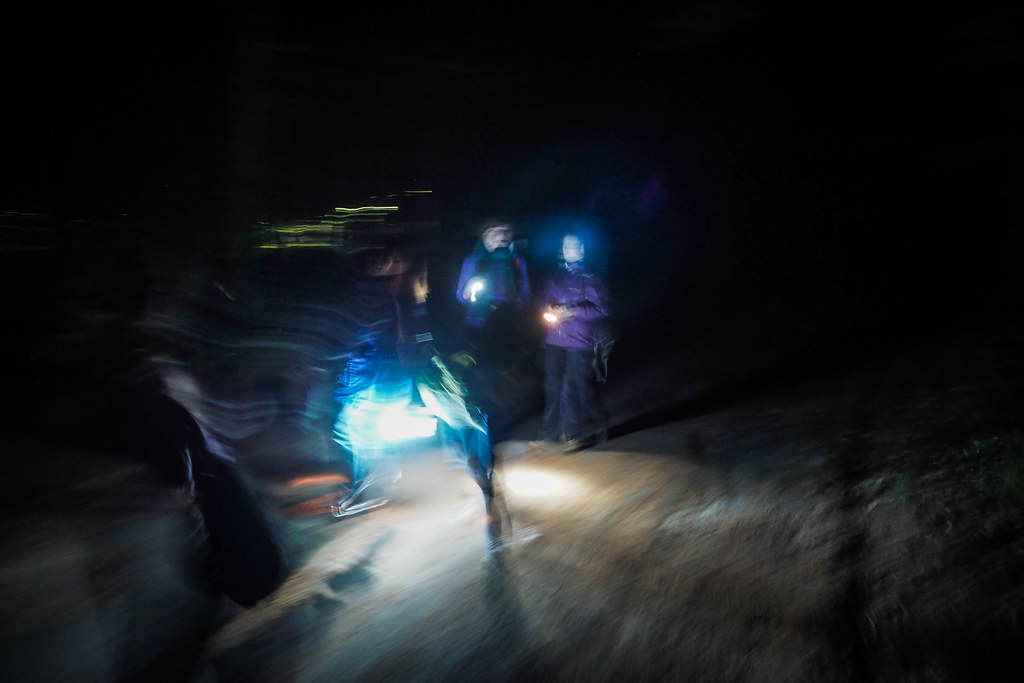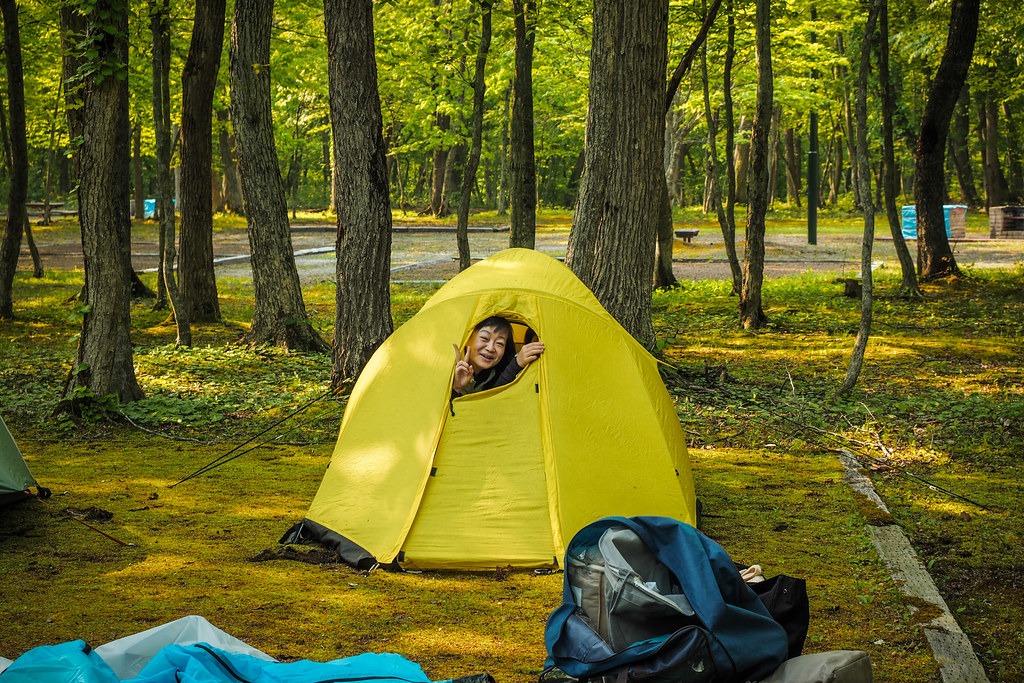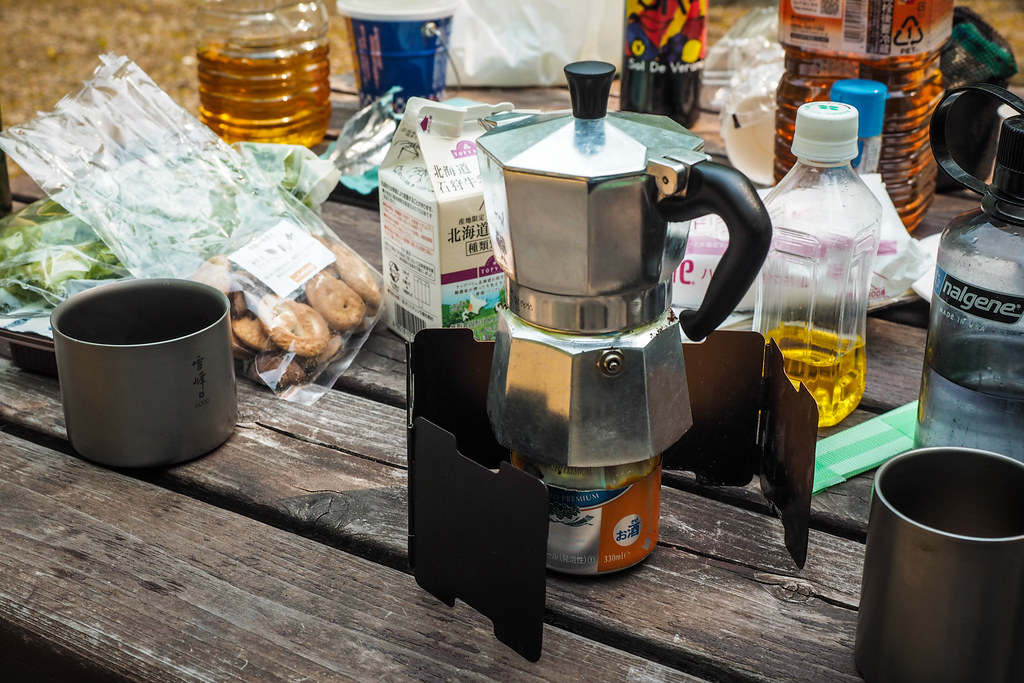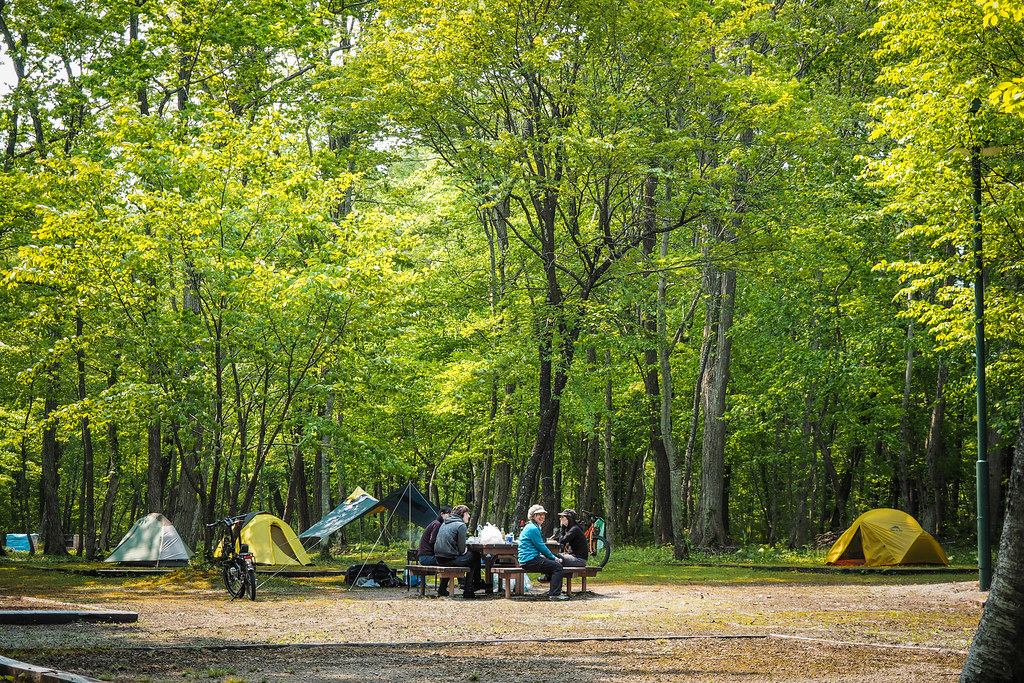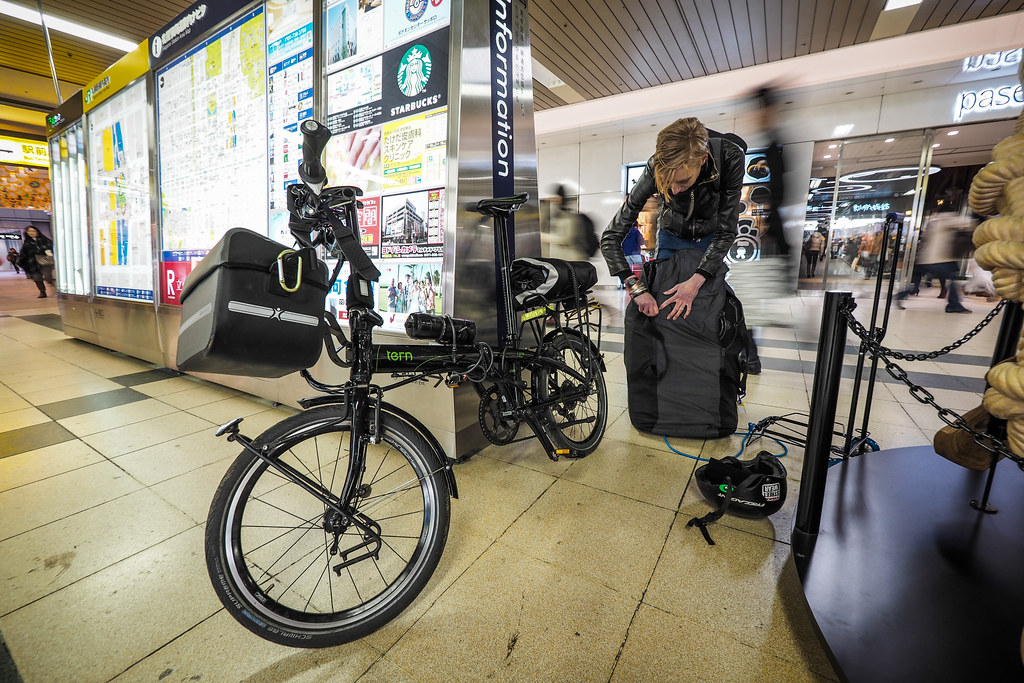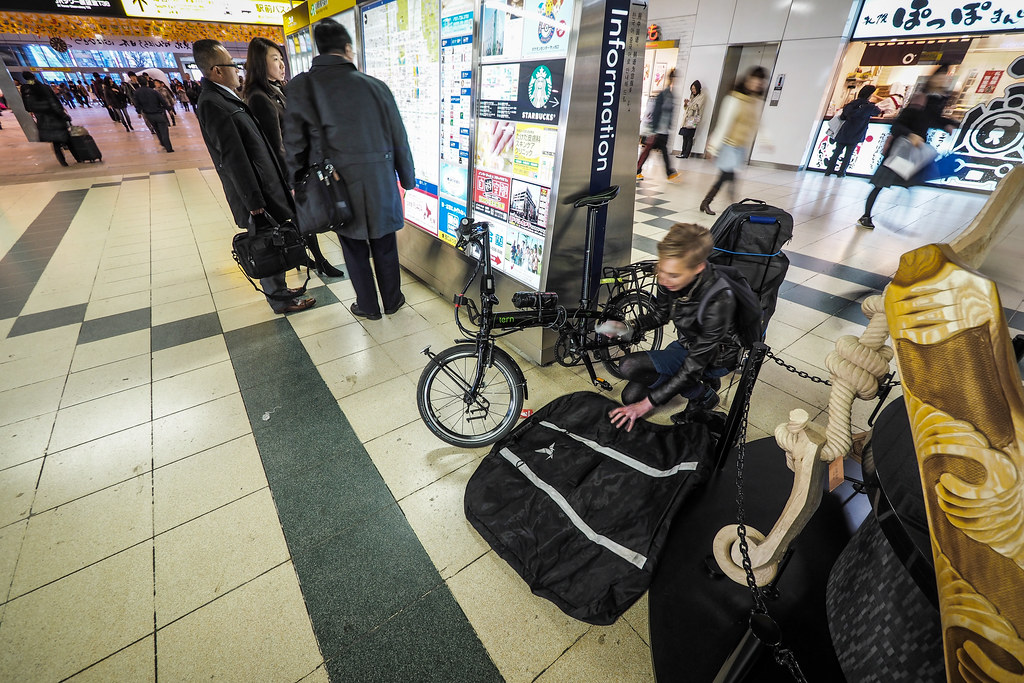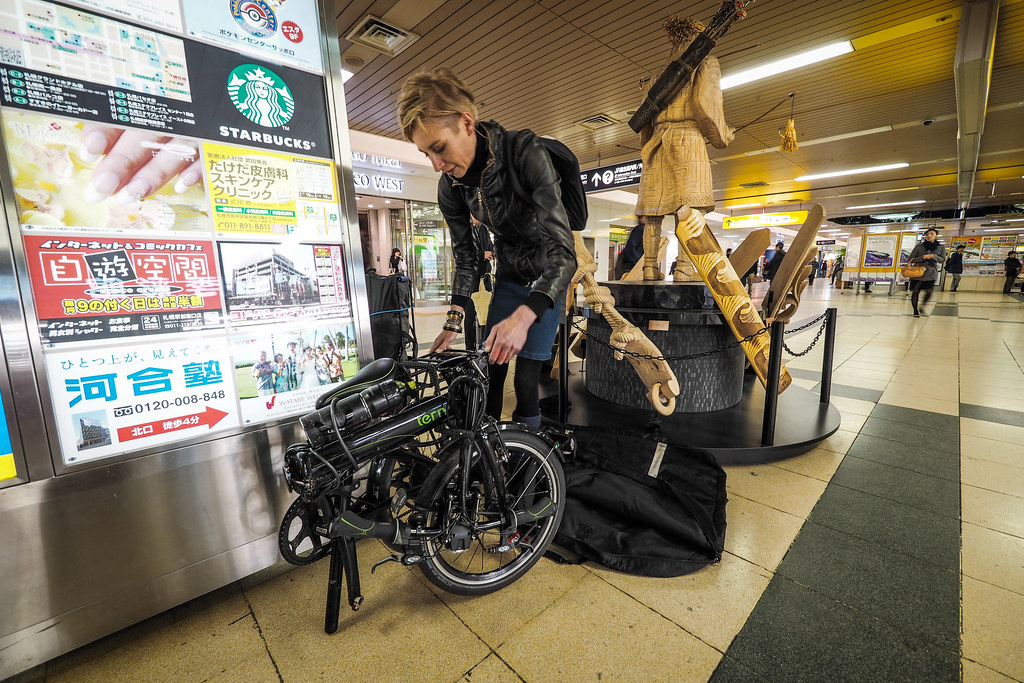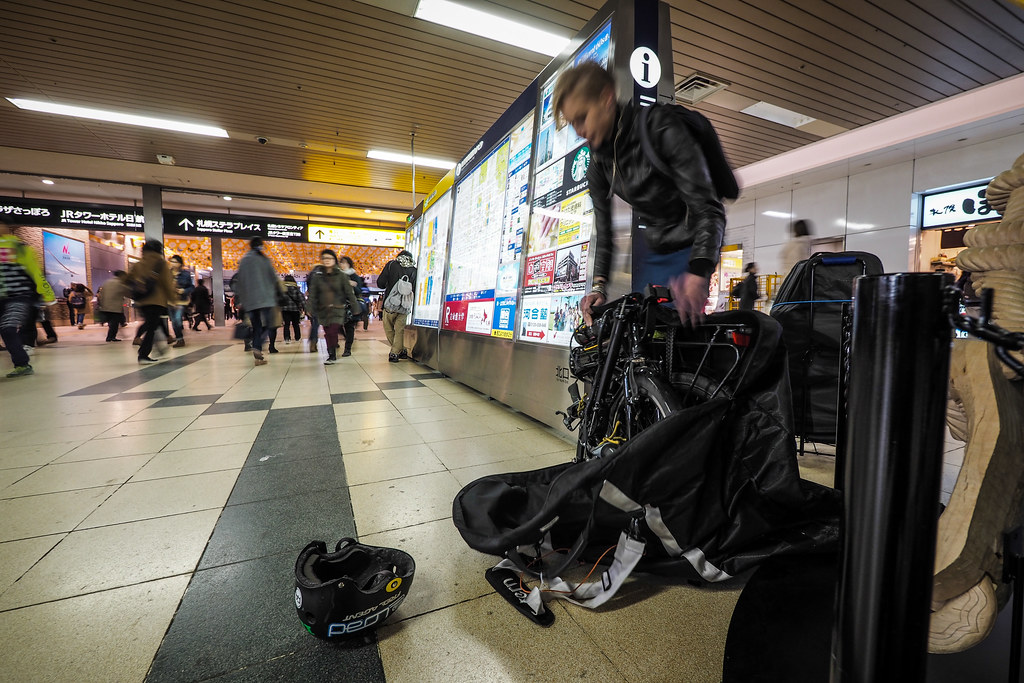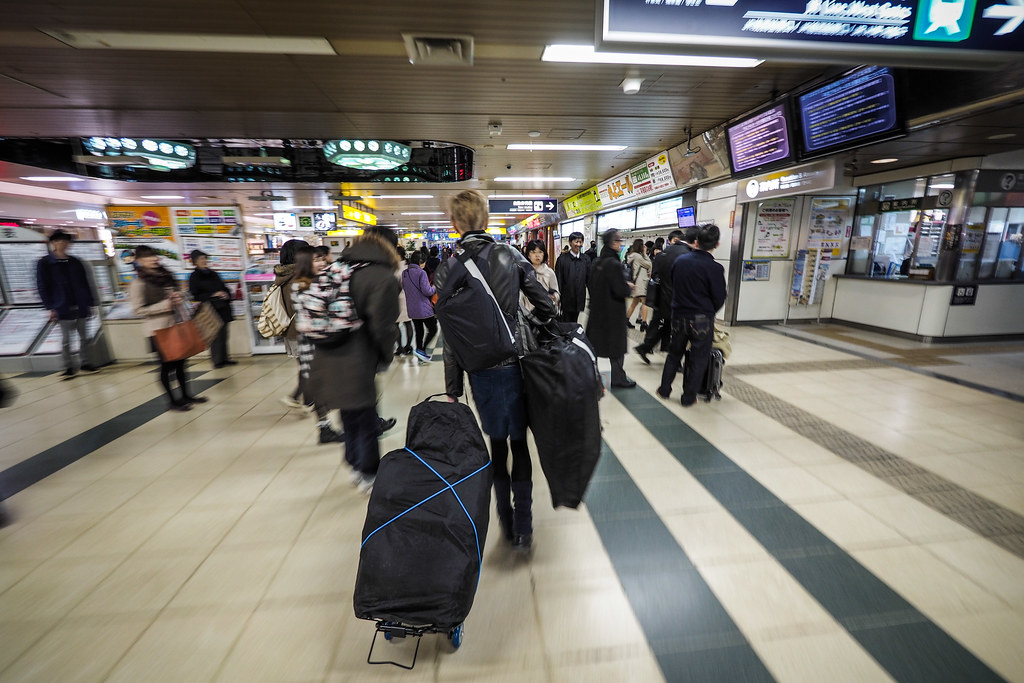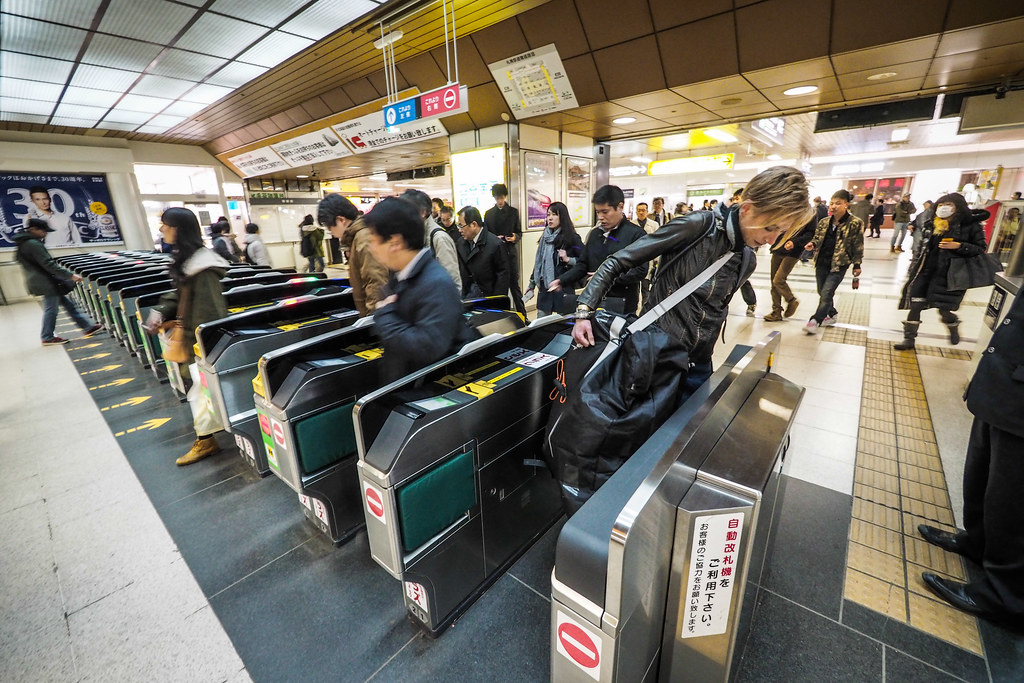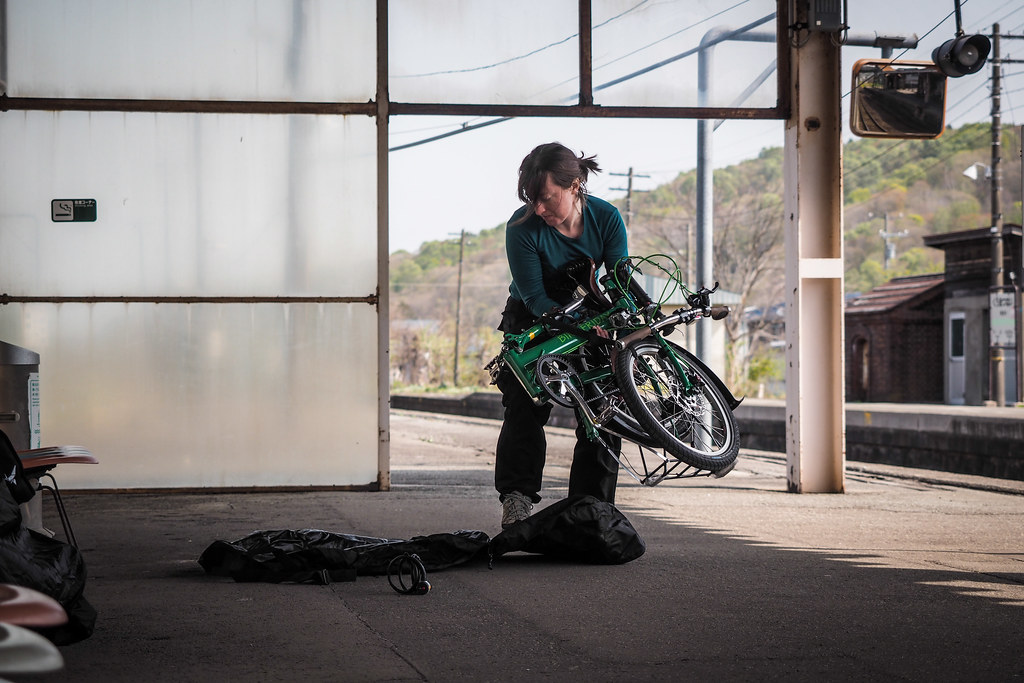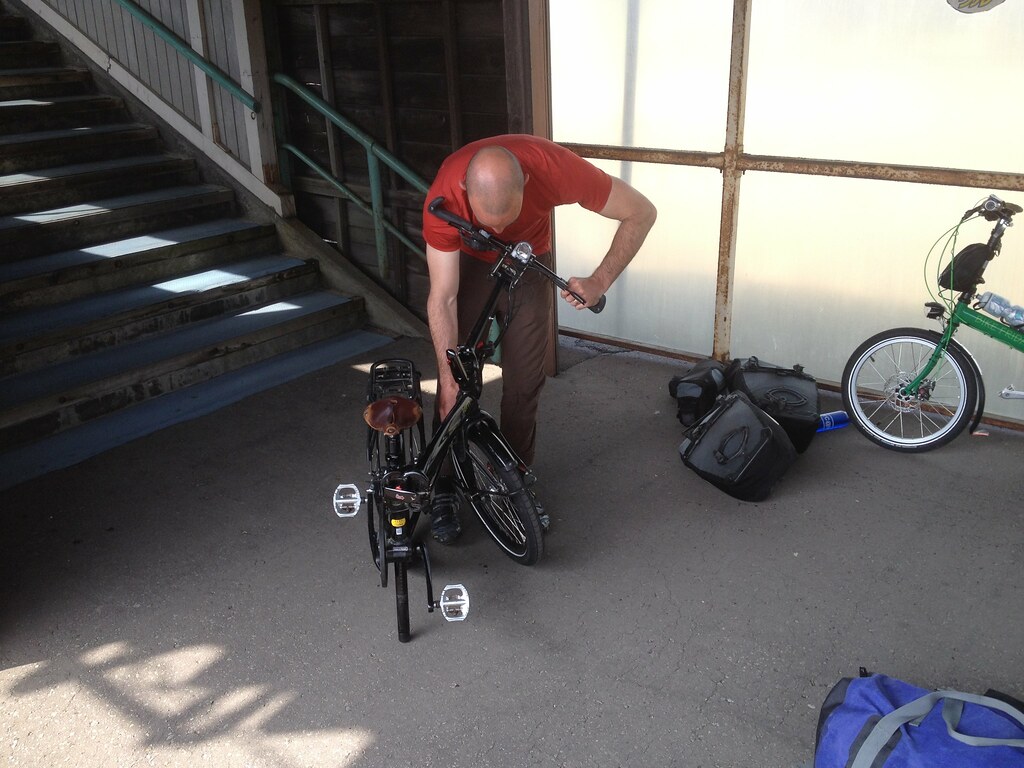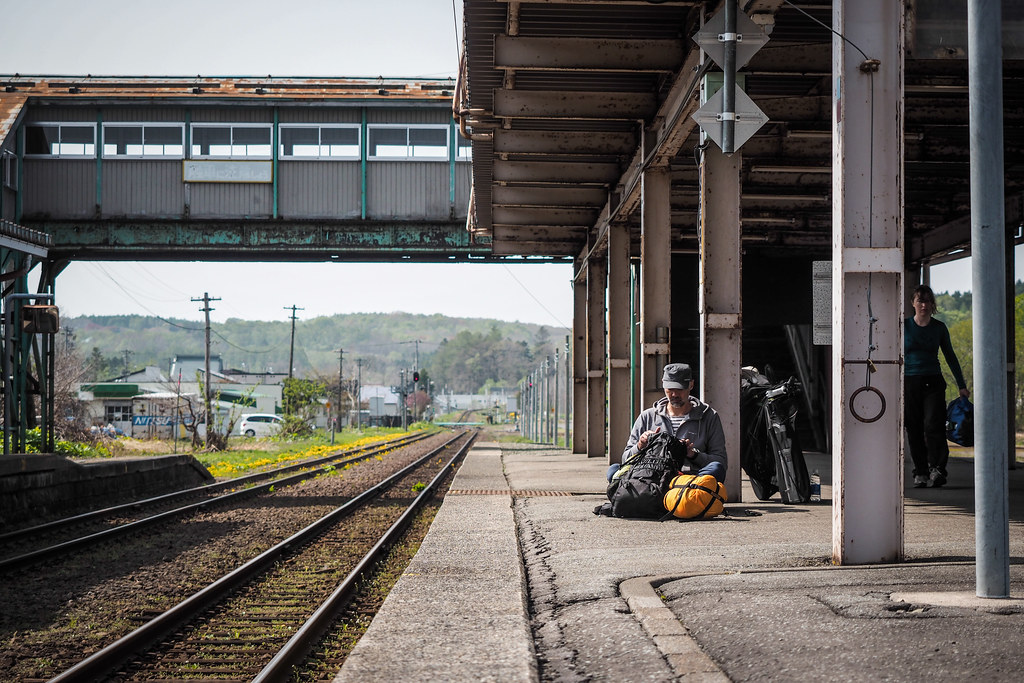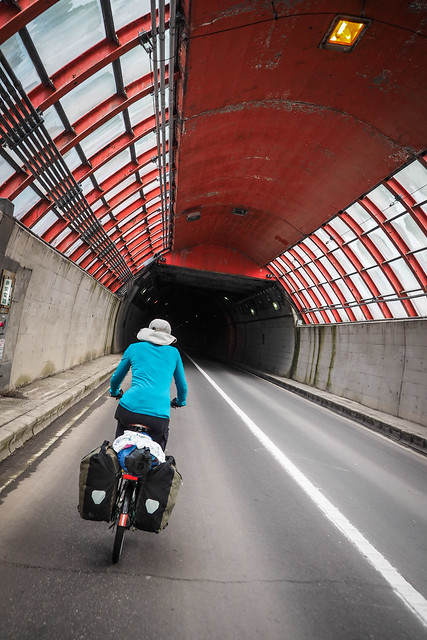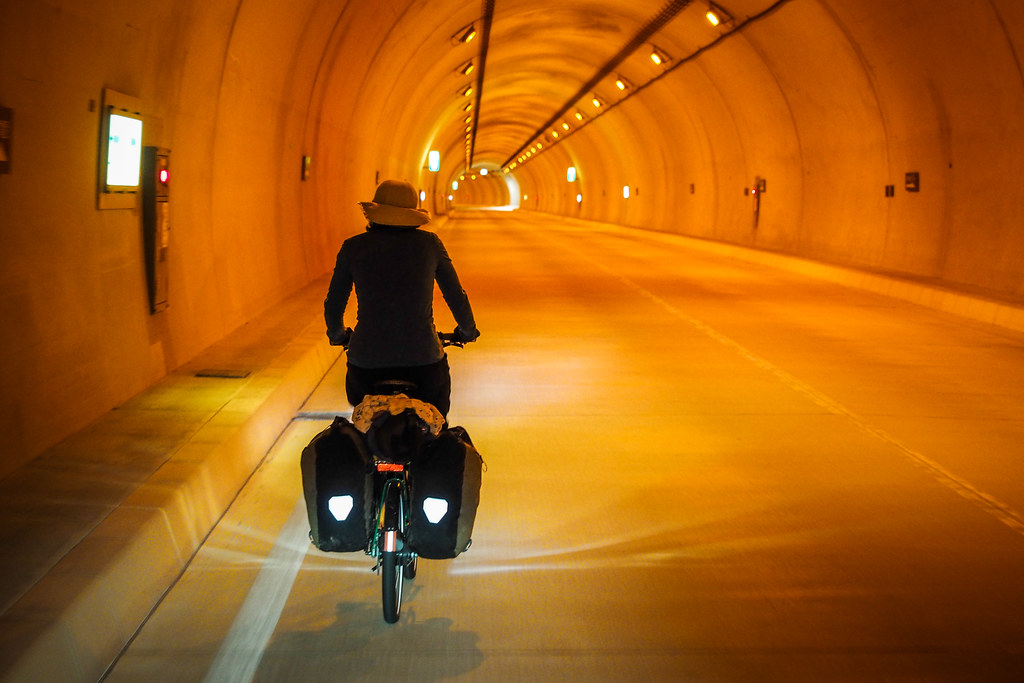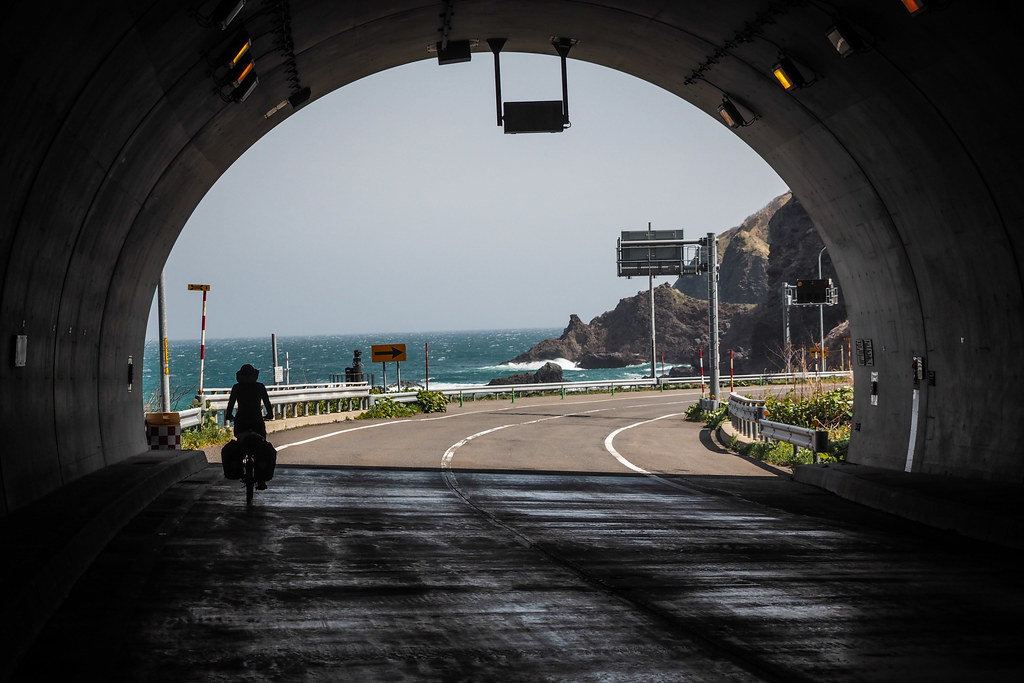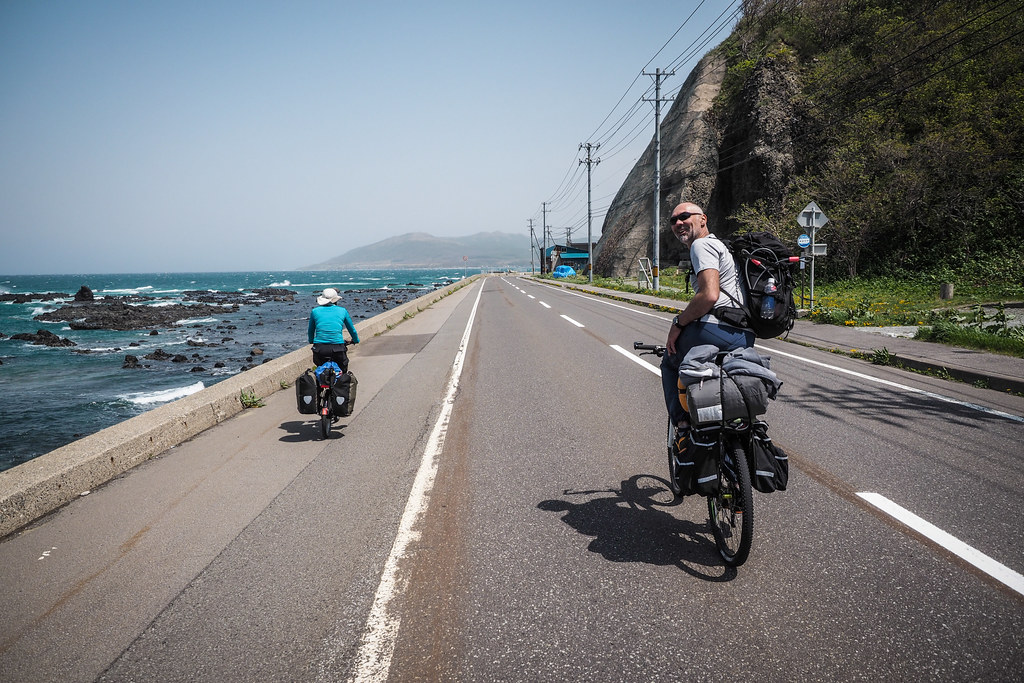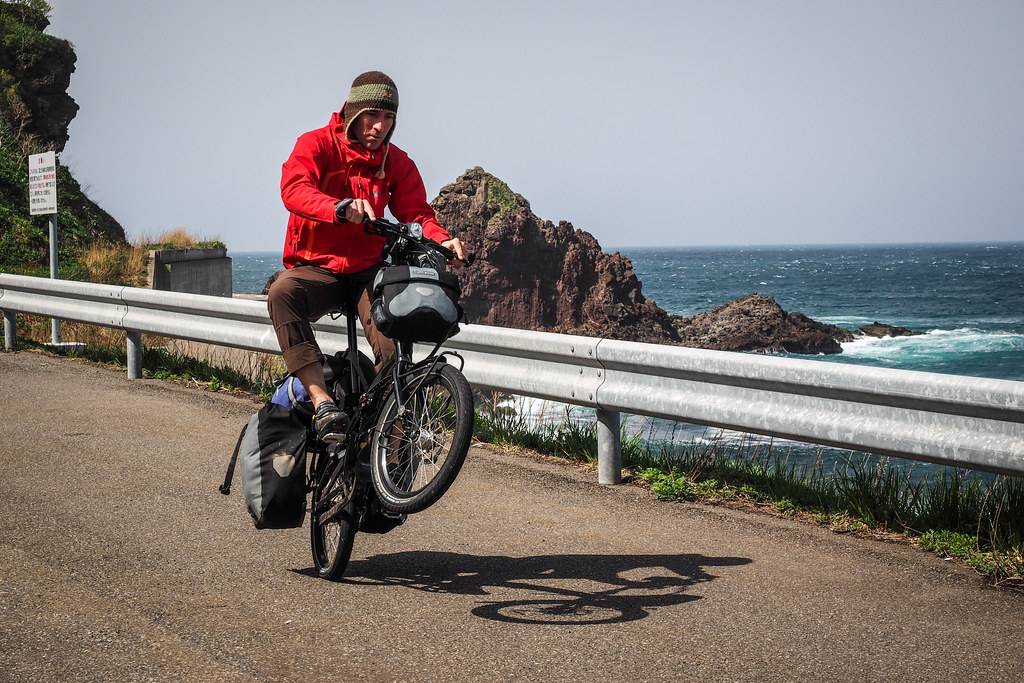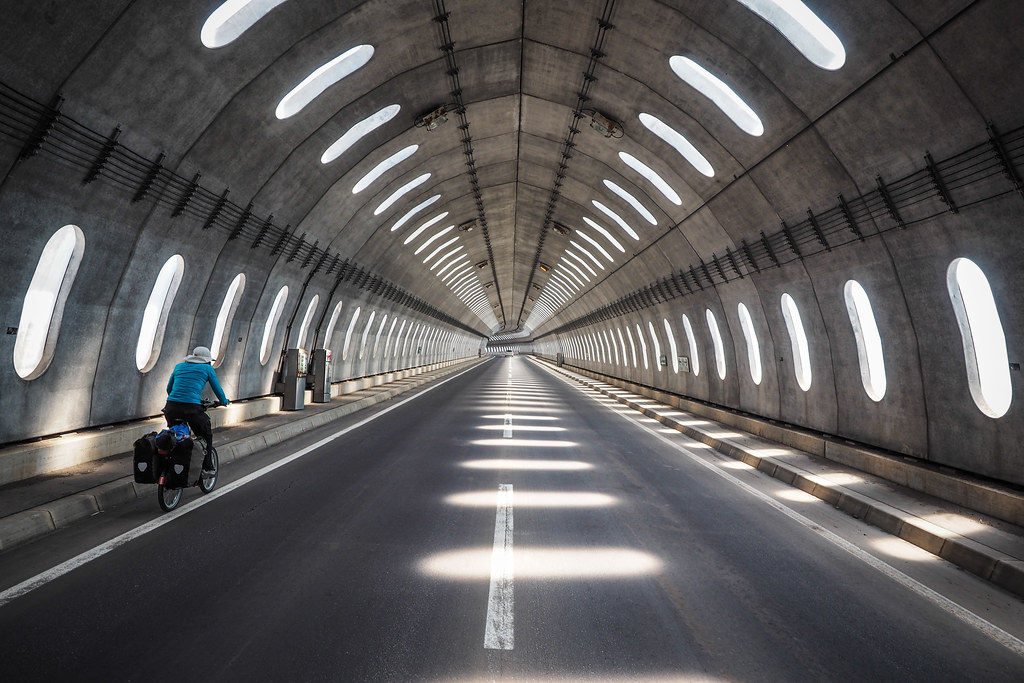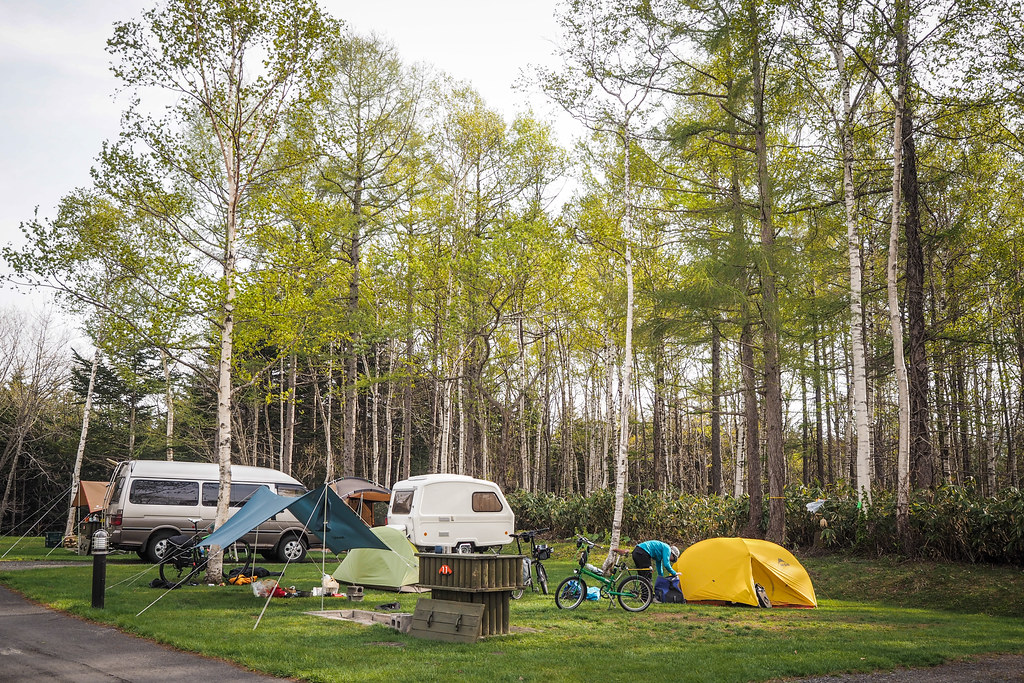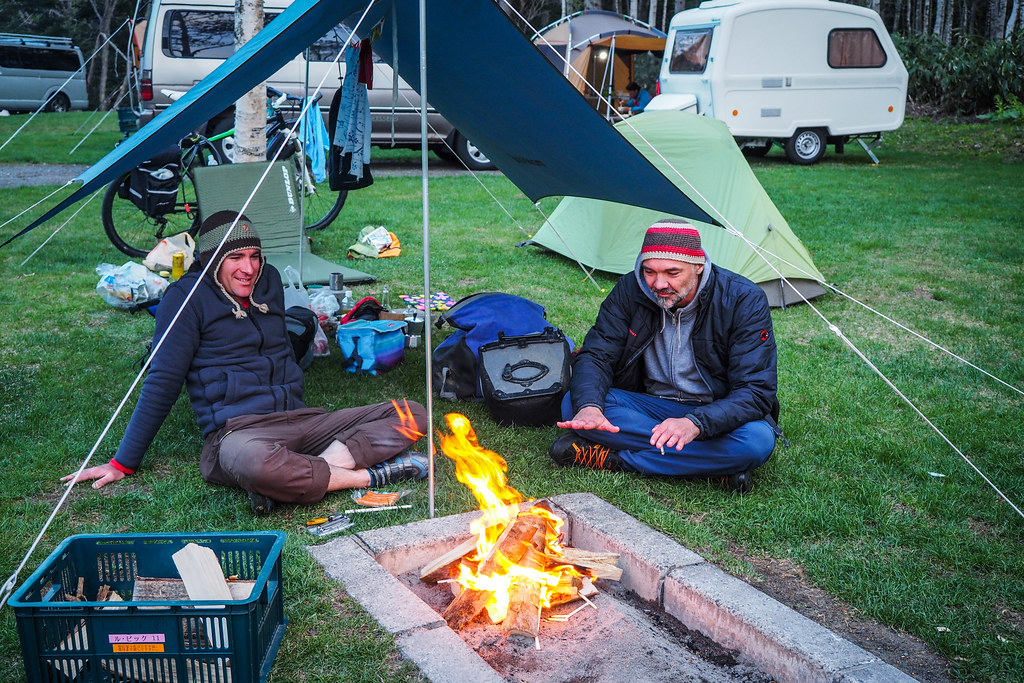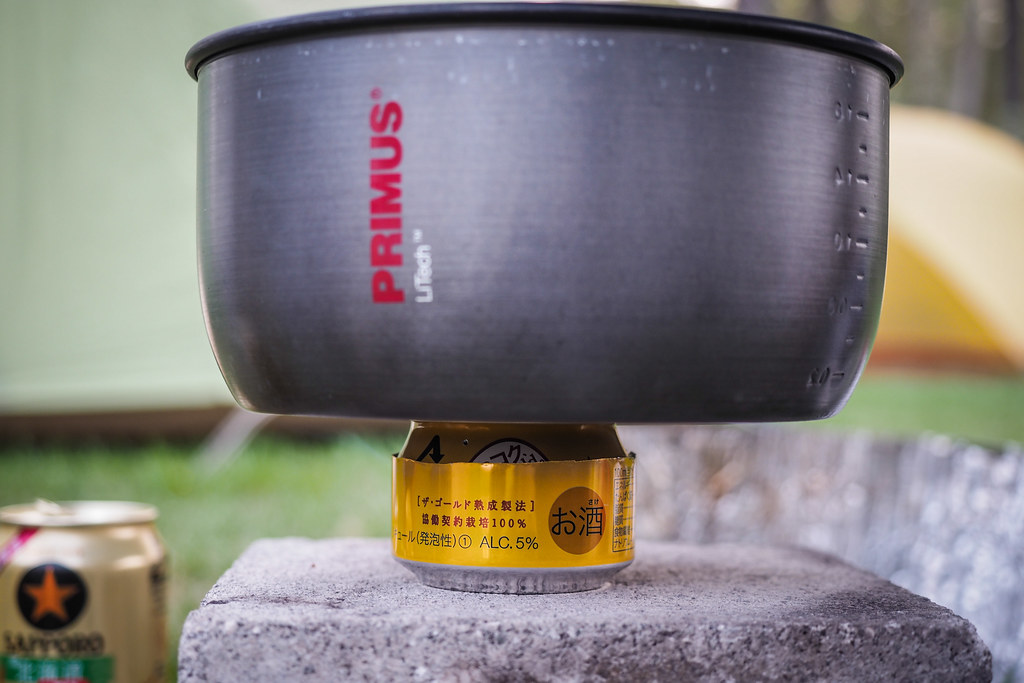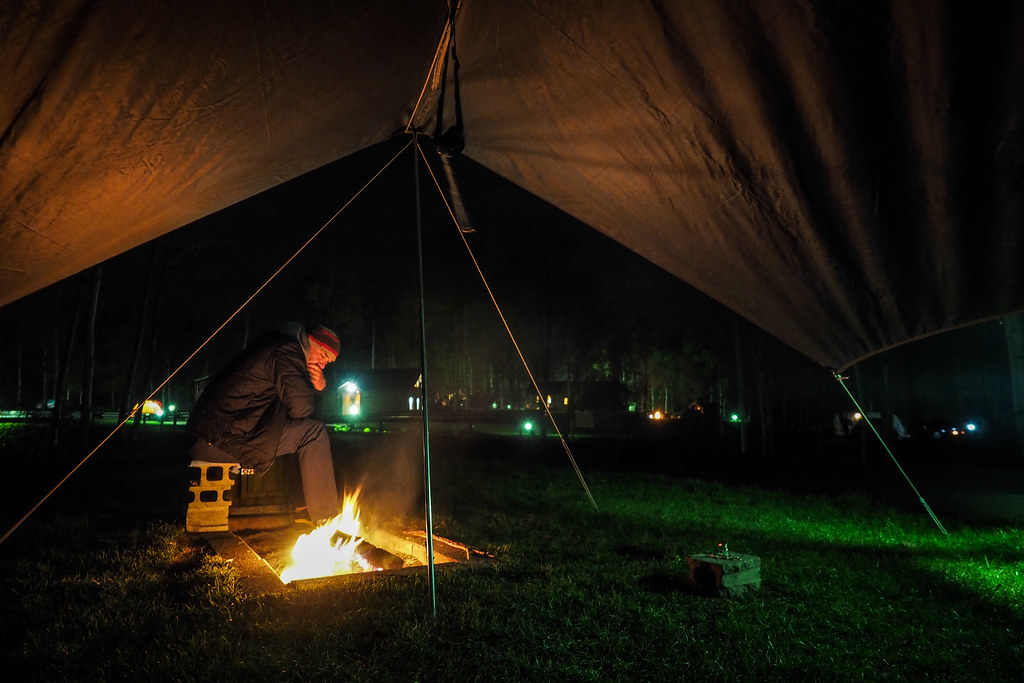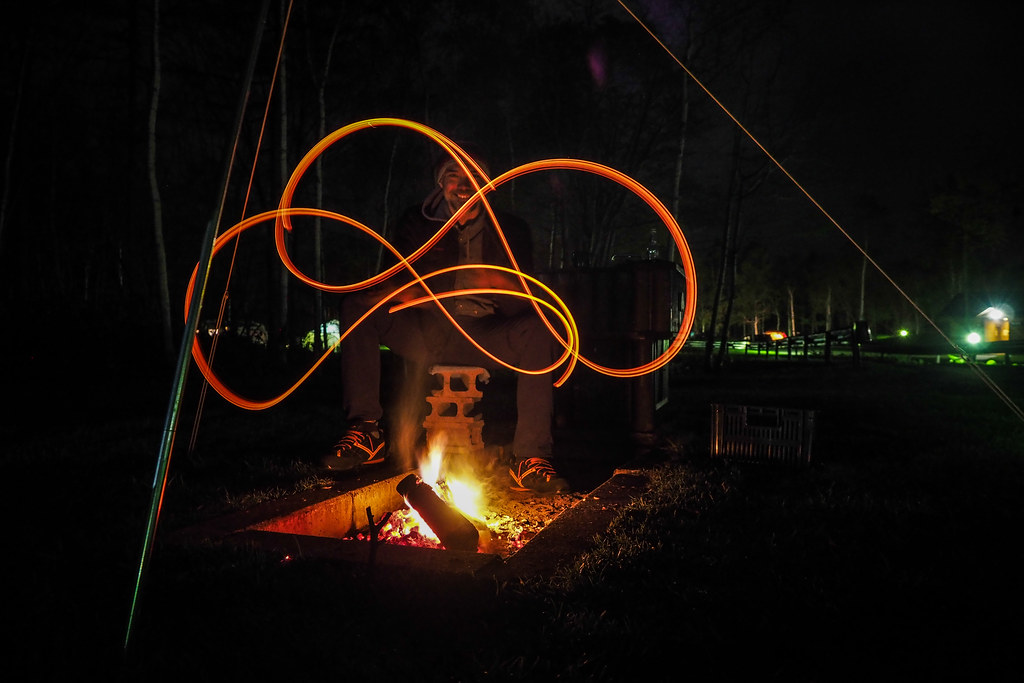Bifue Campground is one of the best spots to enjoy the views that Lake Shikotsu has to offer. Situated on the western end of this lake in southern Hokkaido, Japan, the well-appointed campground faces east, allowing expansive views of Mt. Eniwa, Mt. Fuppushi, Mt. Tarumae, and of course the lake itself. Haidee and I headed there by bike recently from Chitose for a quick overnight trip.
Lake Shikotsu is a favorite for us for an overnighter. It’s only 25km from our house, so it’s an easy 2 hour bike ride on completely separated cycle path the whole way. Usually we’d stay at the Morappu Campground, but this time around, we decided to cycle an extra 18km to the western end of the lake to stay at the Bifue Campground. We’d never stayed there before. With winter fast approaching, this was one of the last weekend’s we’d have to try the campground out.
As usual, we followed the Chitose-Lake Shikotsu cycleway (route here). I was on the mighty Tern Verge S27h (renamed for 2016 the Tern Verge Tour), with a full complement of camping gear.
At this time of year (early October), the kokuwa (hardy kiwi) wild fruit are ripe for the picking. These mini smooth-skinned kiwifruit are delicious, but are very difficult to access. The vines like very high-up places. As it was, however, the cycleway was covered in them due to recent tail end of a typhoon in the previous few days. The high winds had dropped them all along the path (along with copious amount of branches).
We would have spent some more time foraging, but we were a little pressed for time; if we were going to get to the Lake Shikotsu village for lunch, we were going to have to keep moving.
We left home in central Chitose at around 10:00am, and arrived at Lake Shikotsu village at around 12:30pm. We were tempted by the Mizu-no-Uta buffet lunch (which we indulged in for lunch the following day), but opted instead for a quick lunch of udon and snacks.
Post-lunch, we started towards Bifue Campground, almost 20km around the lake. Overall, apart from one very short stretch of gravel, the Saturday afternoon ride was below average on the fun and relaxation scale. Regular large trucks thundering past, a headwind breeze, lots of ups and downs, and very few decent views of the lake meant that we were well and truly ready to relax by the lake by the time we made it to the campgound.
Access to the campground was down a long driveway, dotted with large puddles from the rain in the preceding days.
The hectic approach was made up for, however, by the breathtaking view that awaited us at the campground.
We spent a few moments scoping the place out before hurrying to set up the tent and get some dinner on the go. Even at the beginning of October in Hokkaido, the temperatures are dropping, and we wanted to get some warm food in us.
Bifue Campground is also very good in terms of facilities. There are washers and dryers, coin-operated showers, a basic shop, and of course clean ablution blocks and covered outdoor kitchen areas. As of writing (early October 2015), it cost 1,000yen per person per night to stay.
The clear starry night views were more than worth it.
We had opted to camp on the volcanic-sand beach, which would have been fine, had there not been sporadic squalls roll through during the wee hours of the morning. Gusts of wind and rain meant that at one point we had to hurriedly take down our tarp. Only six of the eight pegs were pegged into hard ground, and the other two had come loose.
The morning broke calm, however, with some amazing golden hour light.
On the menu for breakfast was fresh coffee…
And croissants, warmed in a pot.
When the sun peeked out from the clouds, it was quite warm. Otherwise, the temperatures hovered around 5 to 8 degrees C. We weren’t the only ones making the most of the autumn weather, however. At least a couple of sets of people had paddled by while we were having breakfast, either in canoes or kayaks.
We were packed up and on the road by 9am, and sped back east along the lake towards the Lake Shikotsu village. The headwind we’d had yesterday was now a tailwind, and we made good time. Also being a Sunday, the traffic was less heavy and noisy.
The big mission for today was to splash out and have a buffet lunch at Mizu-no-Uta hotel. This US$400 plus a night hotel has one of the best value buffet lunches in Hokkaido (we think). For 2,800yen per person, you get access to their amazing buffet lunch plus entry to their hotspring onsen. Both are exceptional. Very well worth a visit every now and then, even more so after a chilly morning camping! Talk about luxury.
Refreshed after a leisurely lunch and onsen, all we had to do in the afternoon was roll on downhill back home along the cycle path.
Bifue Campground at Lake Shikotsu. Highly recommended!







